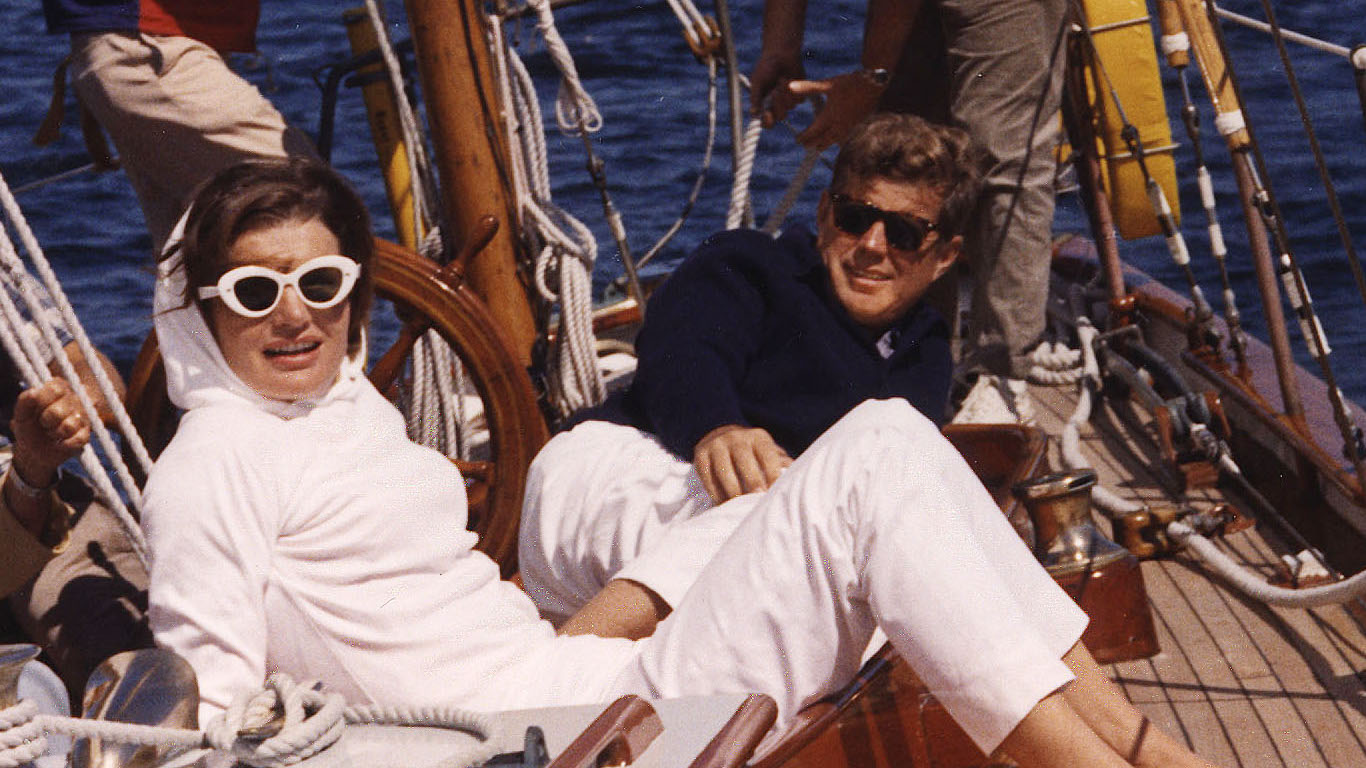
John F. Kennedy was born 102 years ago in Brookline, Massachusetts, on May 29. He was the 35th president of the United States, the first Catholic to hold the office, and ranks as one of the wealthiest presidents.
24/7 Wall St. has compiled 100 facts about President Kennedy from a number of sources, including the John F. Kennedy Presidential Library and Museum, Boston University Libraries, media sources such as The Atlantic magazine, the Los Angeles Times, and Time magazine, and online resources like history.com.
A mystique about JFK emerged because of his heroism during World War II, his health issues and, because his assassination was among the most famous in American history.
Historians have reassessed his time in office and taken a more critical view of his handling of crises such as the Bay of Pigs, the Cuban Missile Crisis, his decision to build up the U.S. military presence in South Vietnam, and the role he played in the civil rights movement.
Kennedy’s soaring oratory at his inauguration invigorated a nation, his inspirational speech in West Berlin lifted a demoralized people, and his civil rights address in June of 1963 ranks among the greatest speeches of the civil rights movement.
Kennedy continues to infuse American politics with the legacy of his public service nearly 56 years after his death, and historians rank him among the best American presidents.
Click here to see 100 surprising facts about JFK
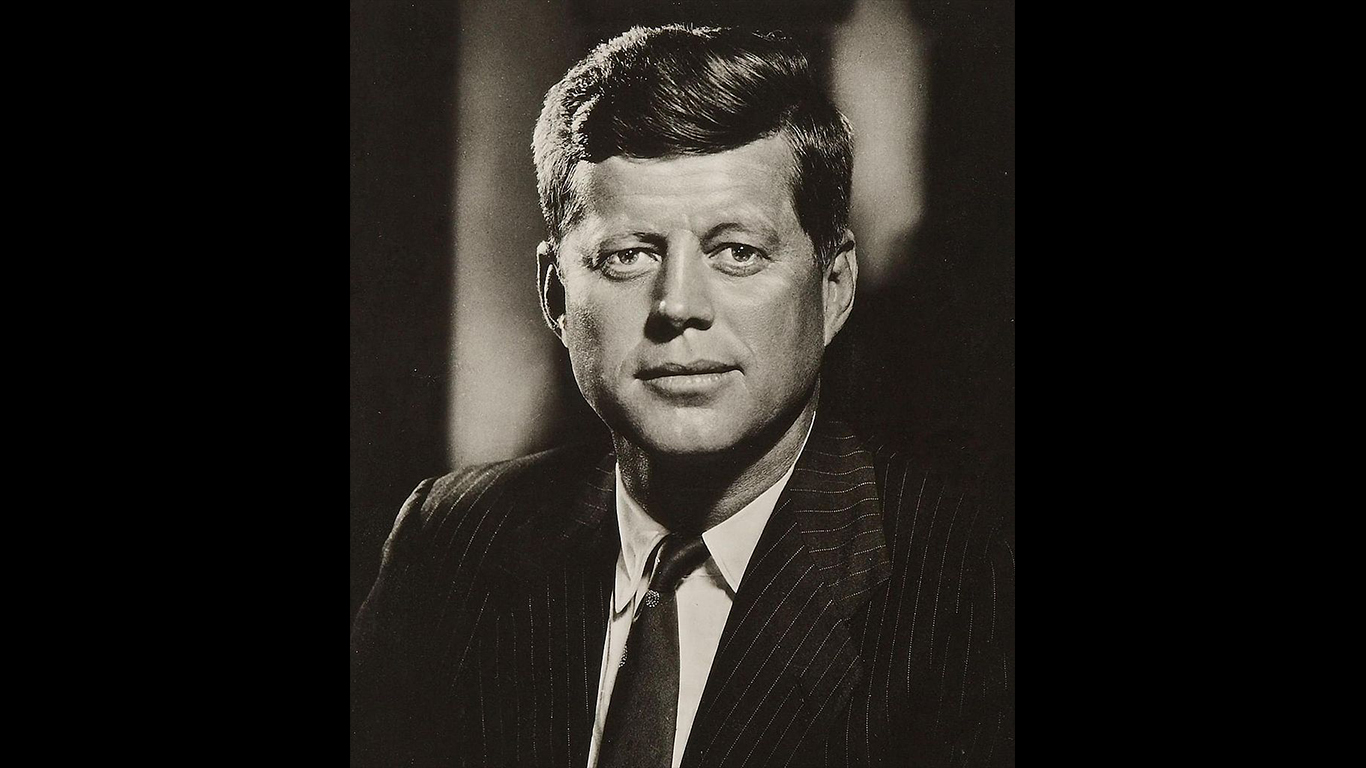
1.
Kennedy’s approval rating peaked at over 80% during his presidency, and among Americans today he is the highest rated president in history, according to Gallup.
[in-text-ad]
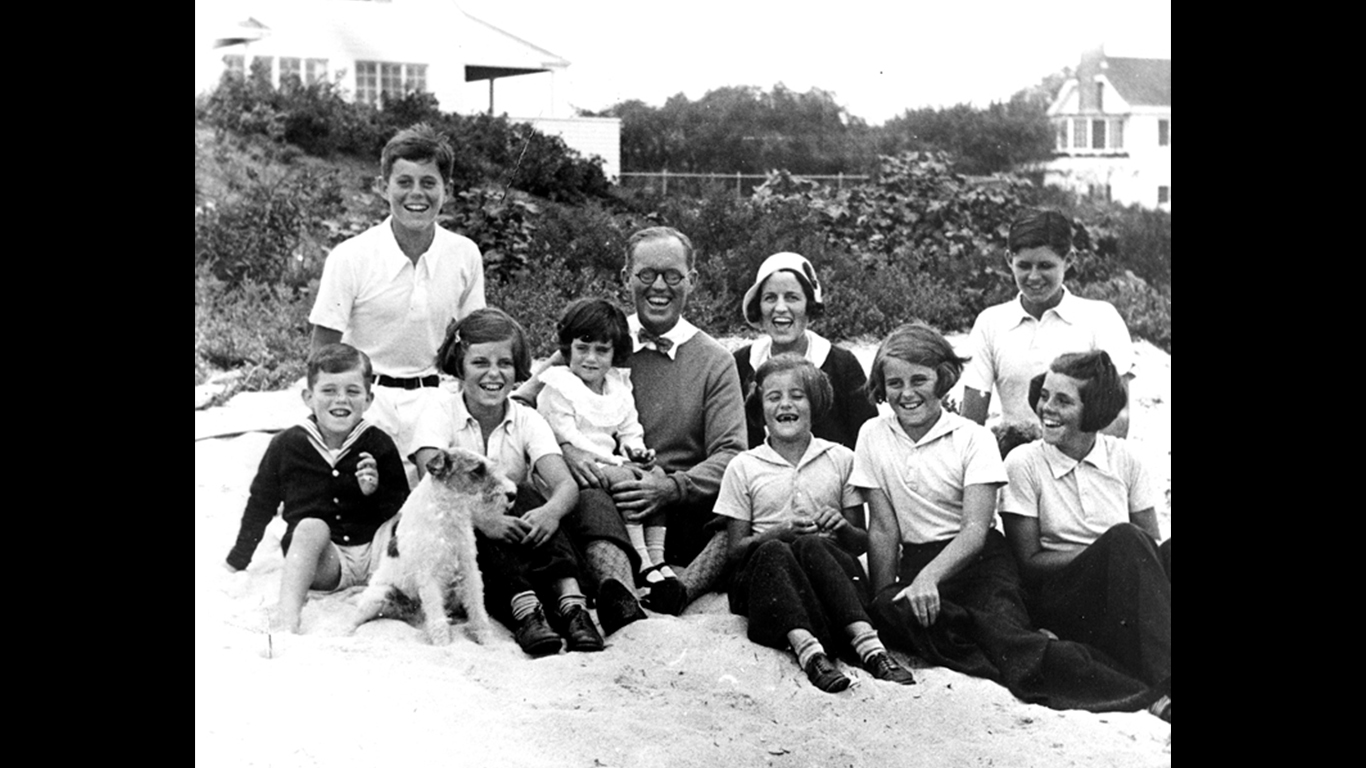
2.
JFK was one of nine children.
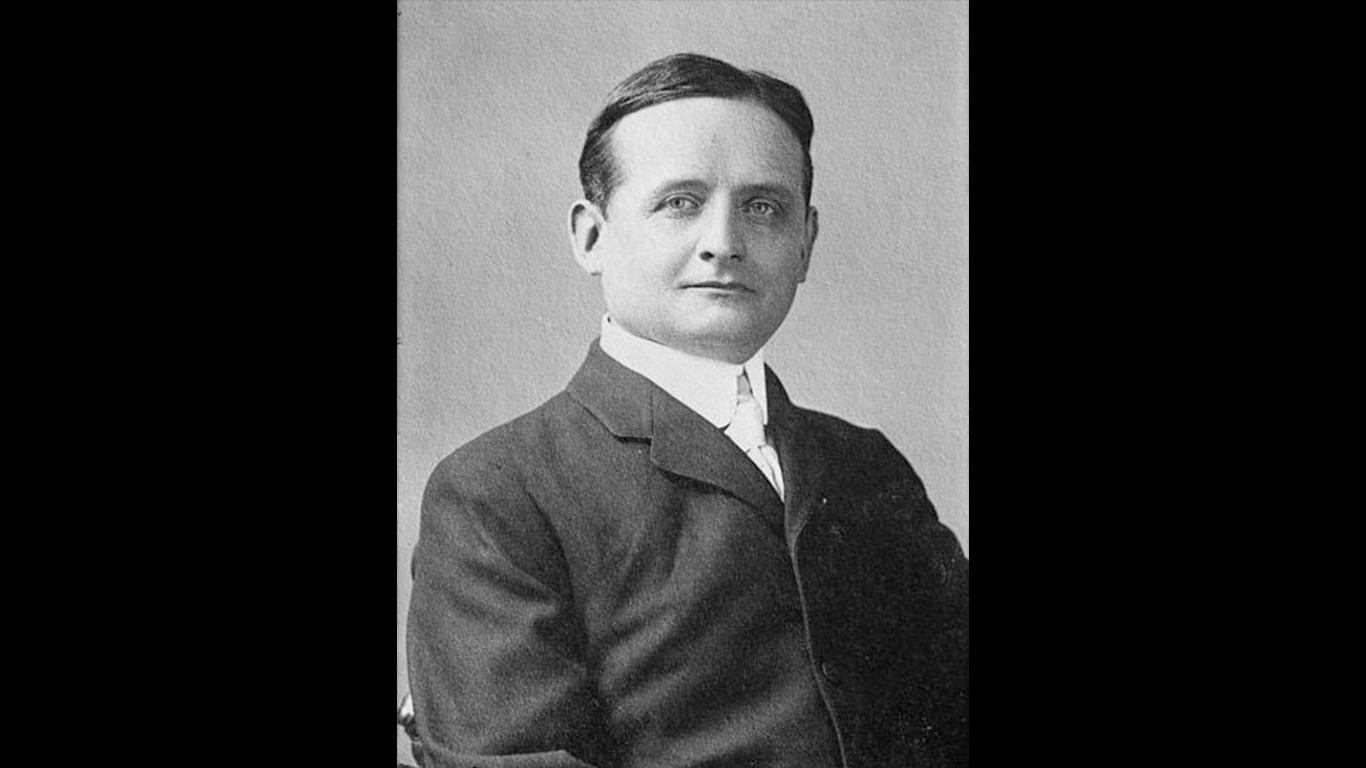
3.
He was named after his mother’s father, John Francis Fitzgerald, the mayor of Boston.
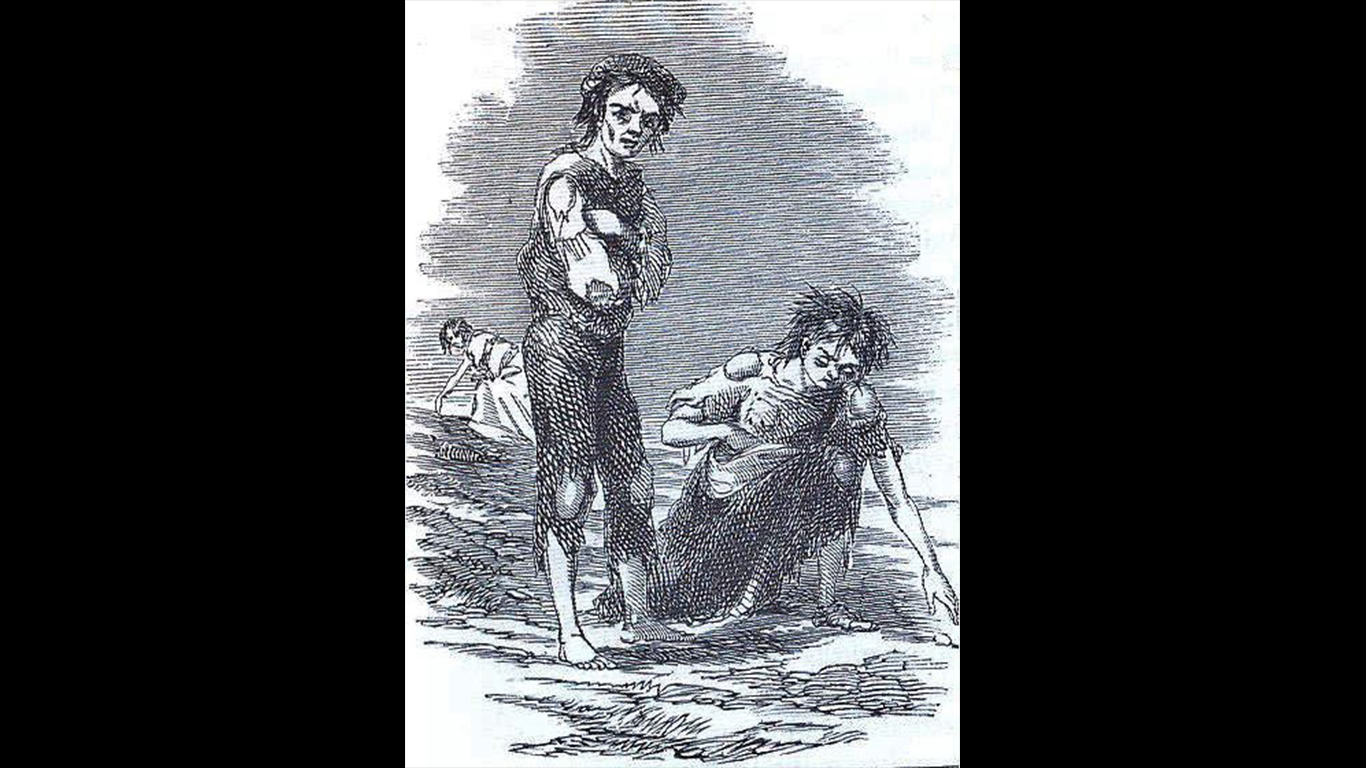
4.
His great-grandparents came from Ireland to escape the potato famine.
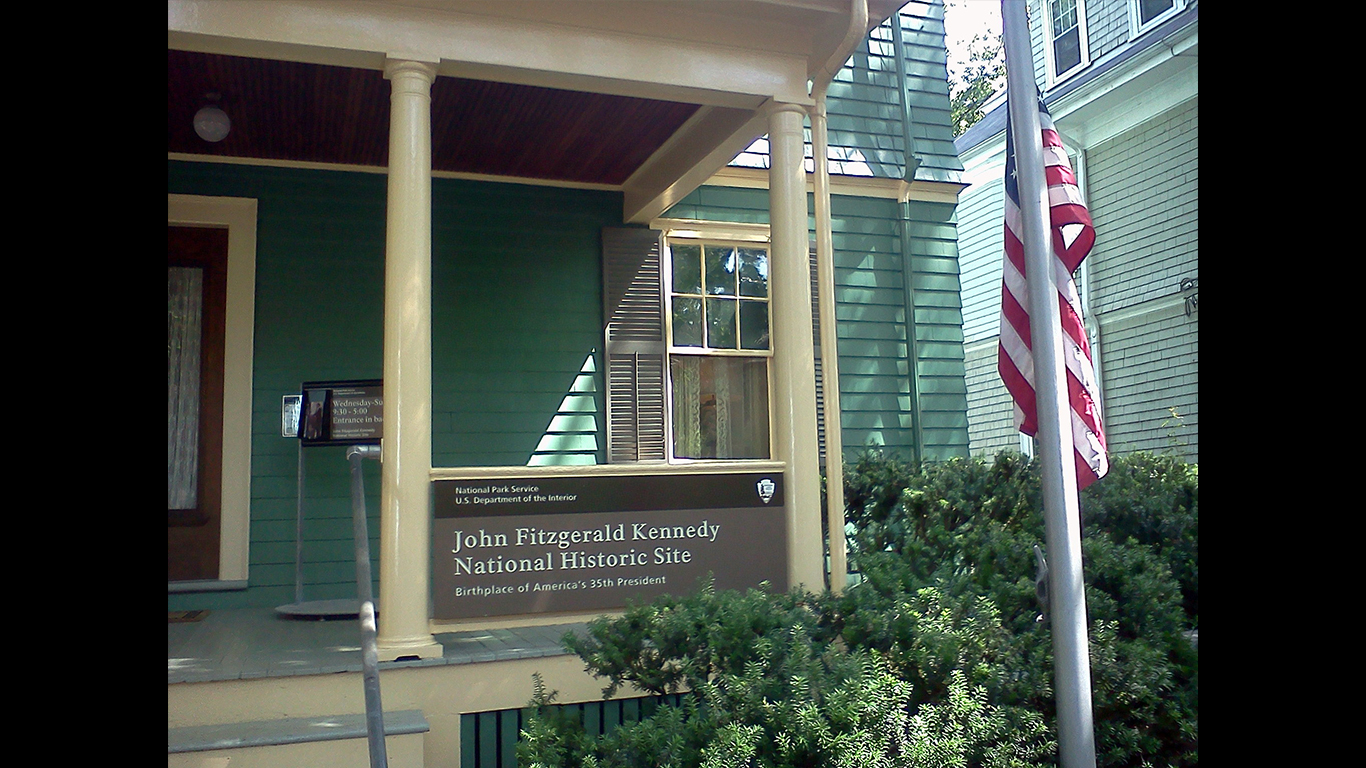
5.
The Brookline, MA home of JFK is a national historic site.
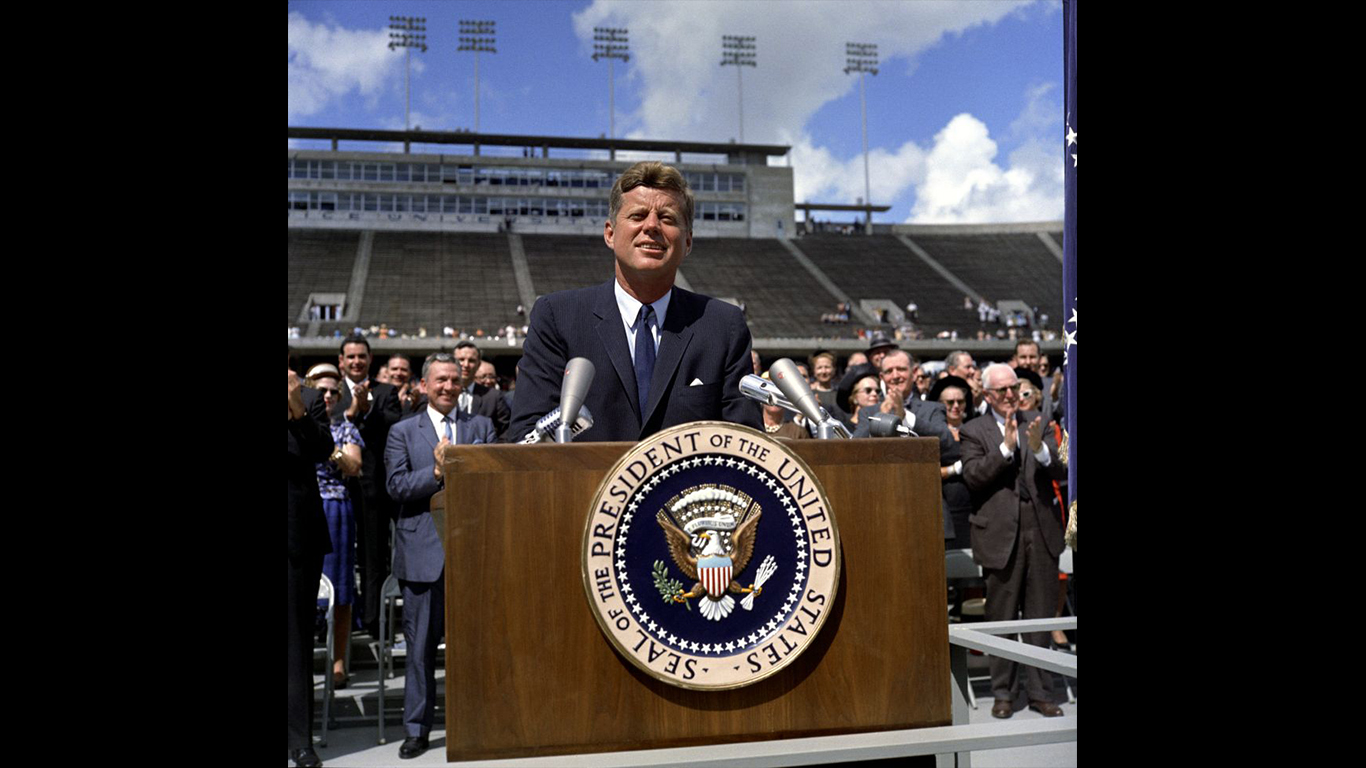
6.
Kennedy was the first Catholic to become president.
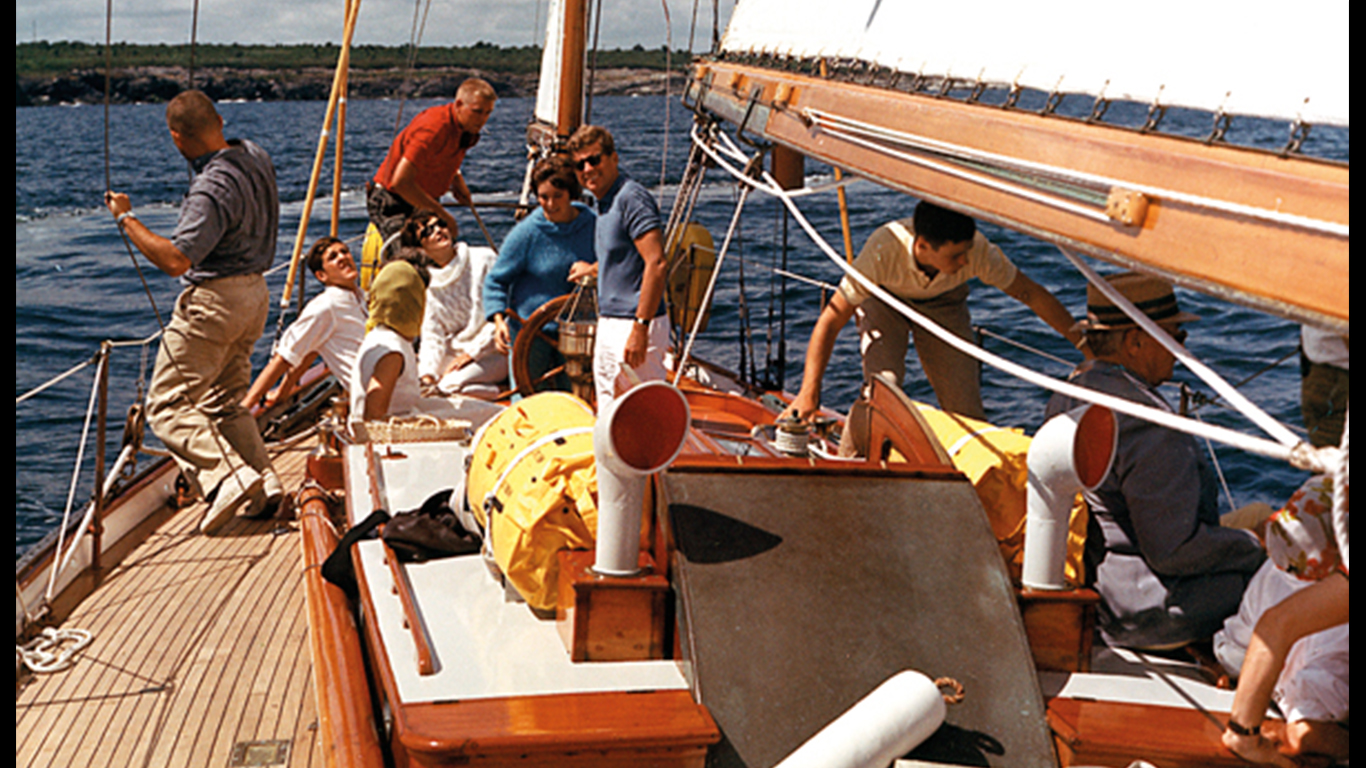
7.
With an estimated net worth of $1.1 billion, JFK would have been the second wealthiest president, but his premature death prevented him from inheriting much of his family’s fortune.
[in-text-ad-2]
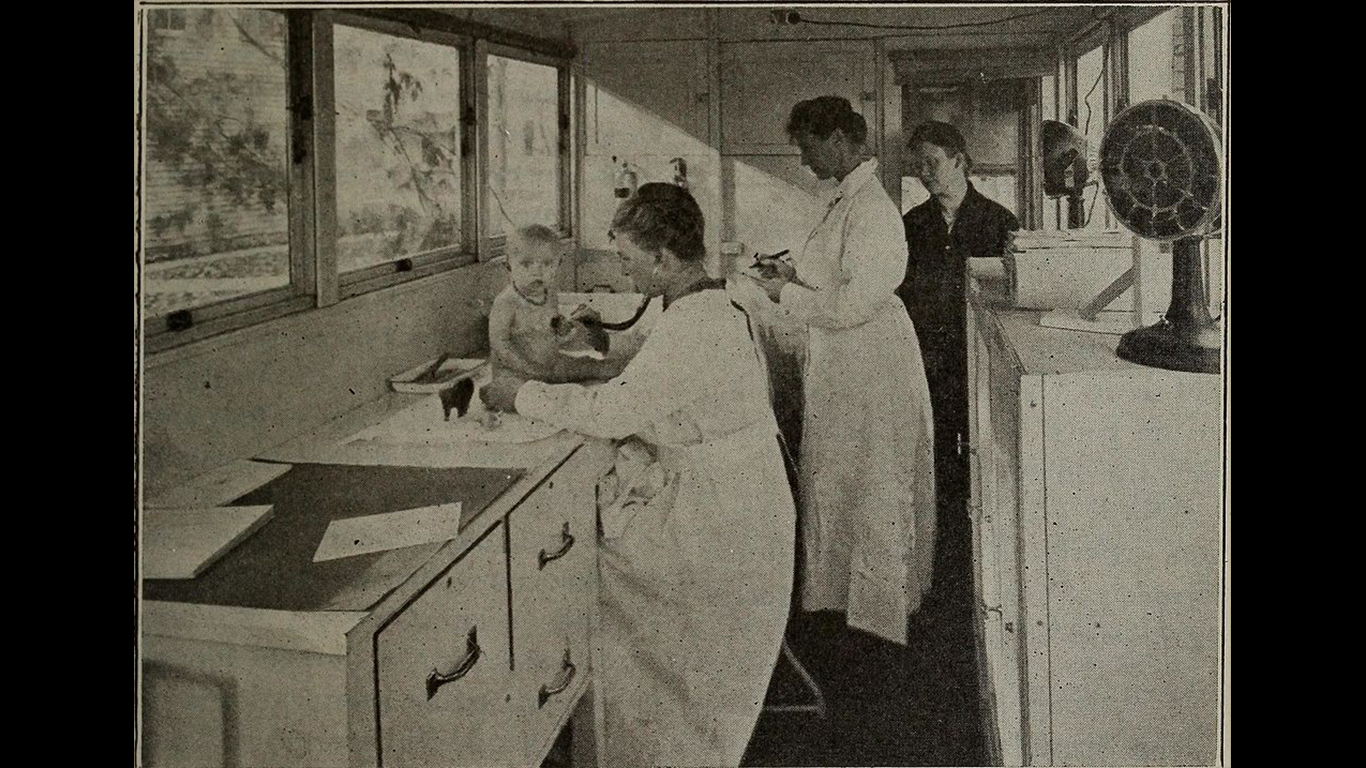
8.
He suffered in childhood from whooping cough, measles, chicken pox and scarlet fever.
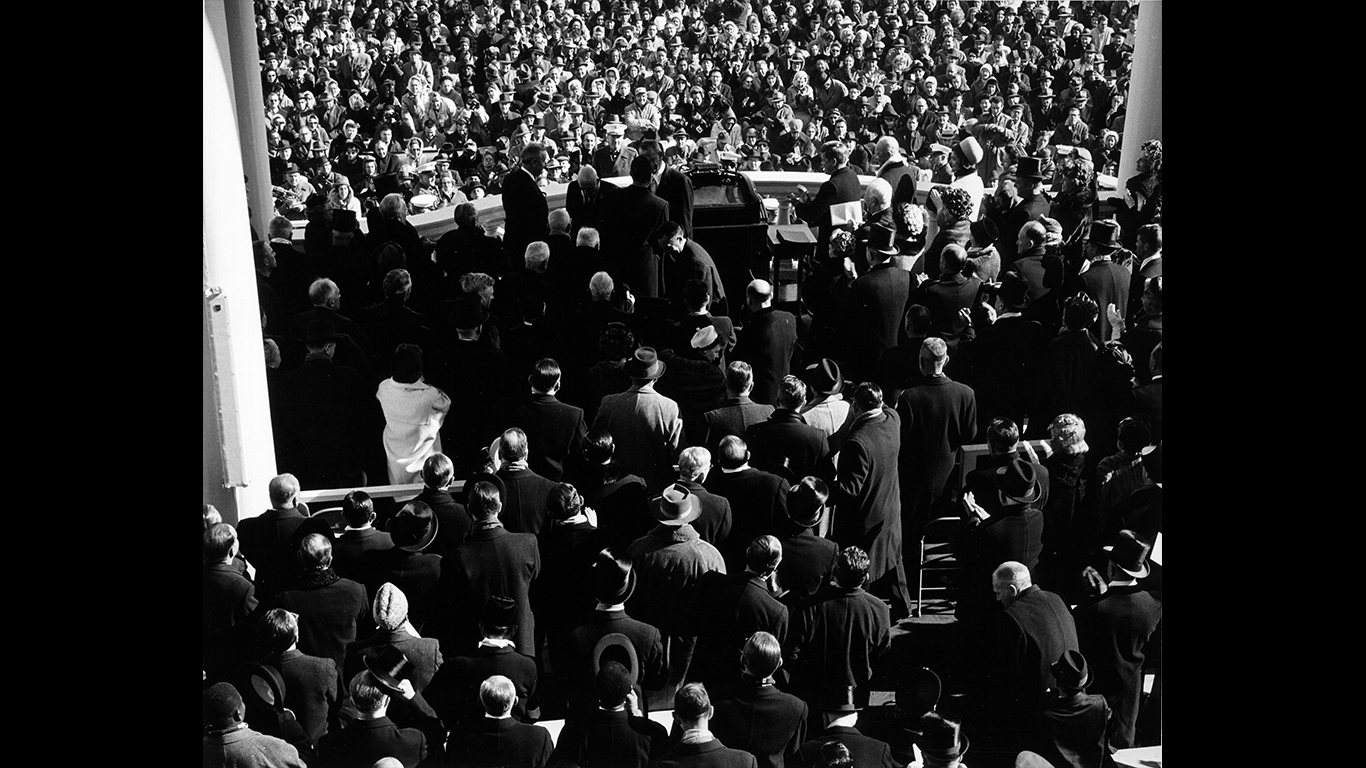
9.
JFK did not like to wear hats, and for that he was blamed for the decline of the hat industry.
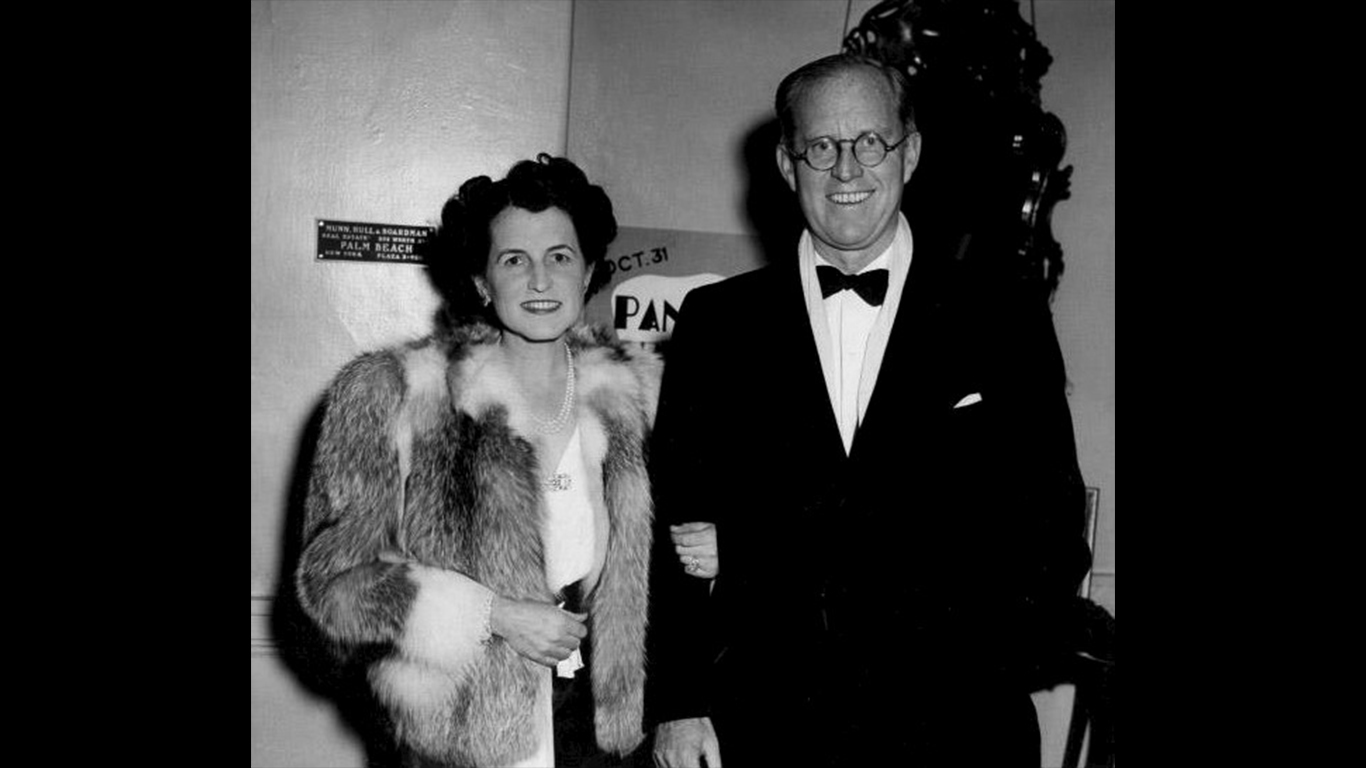
10.
Kennedy’s father Joe made his fortune in real estate, liquor, the stock market, and the then-emerging motion picture industry.
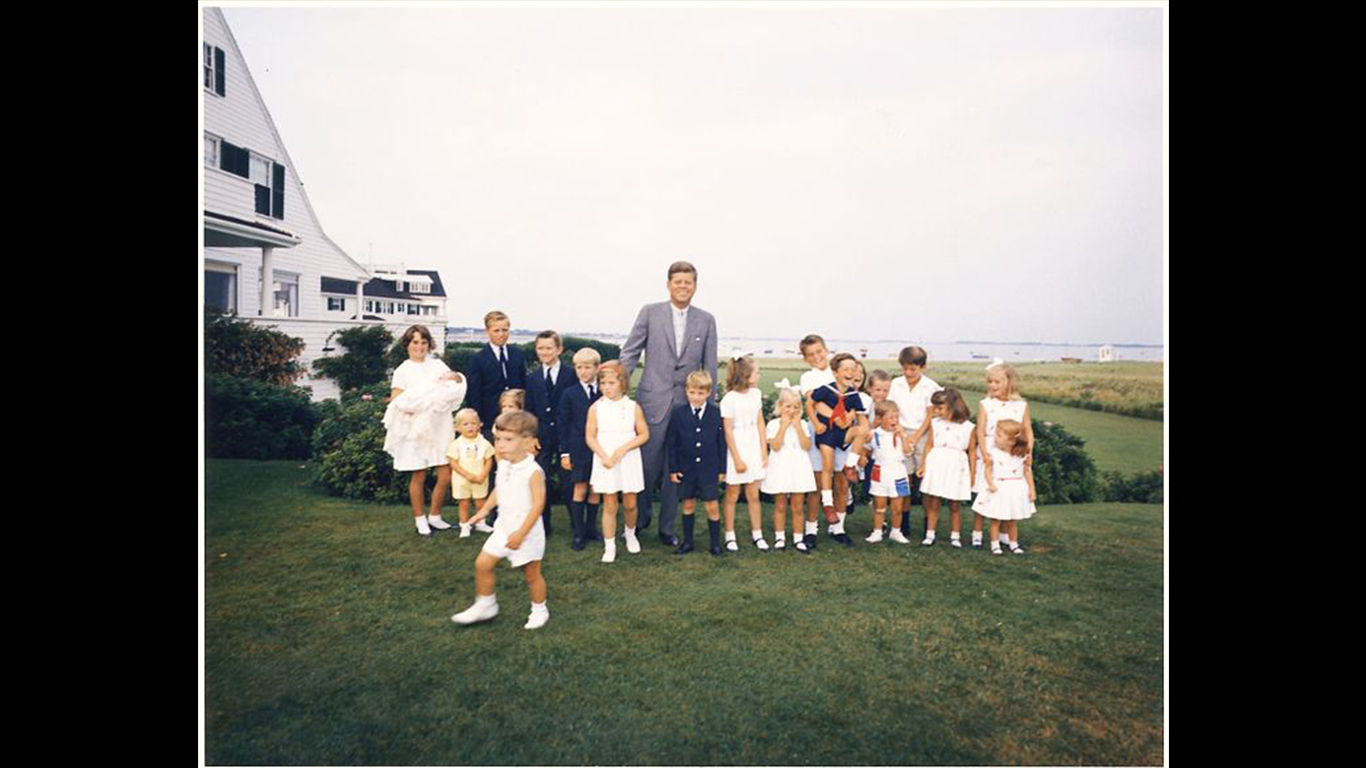
11.
The Kennedy family had a summer home in Hyannis Port on Cape Cod in MA.
[in-text-ad]
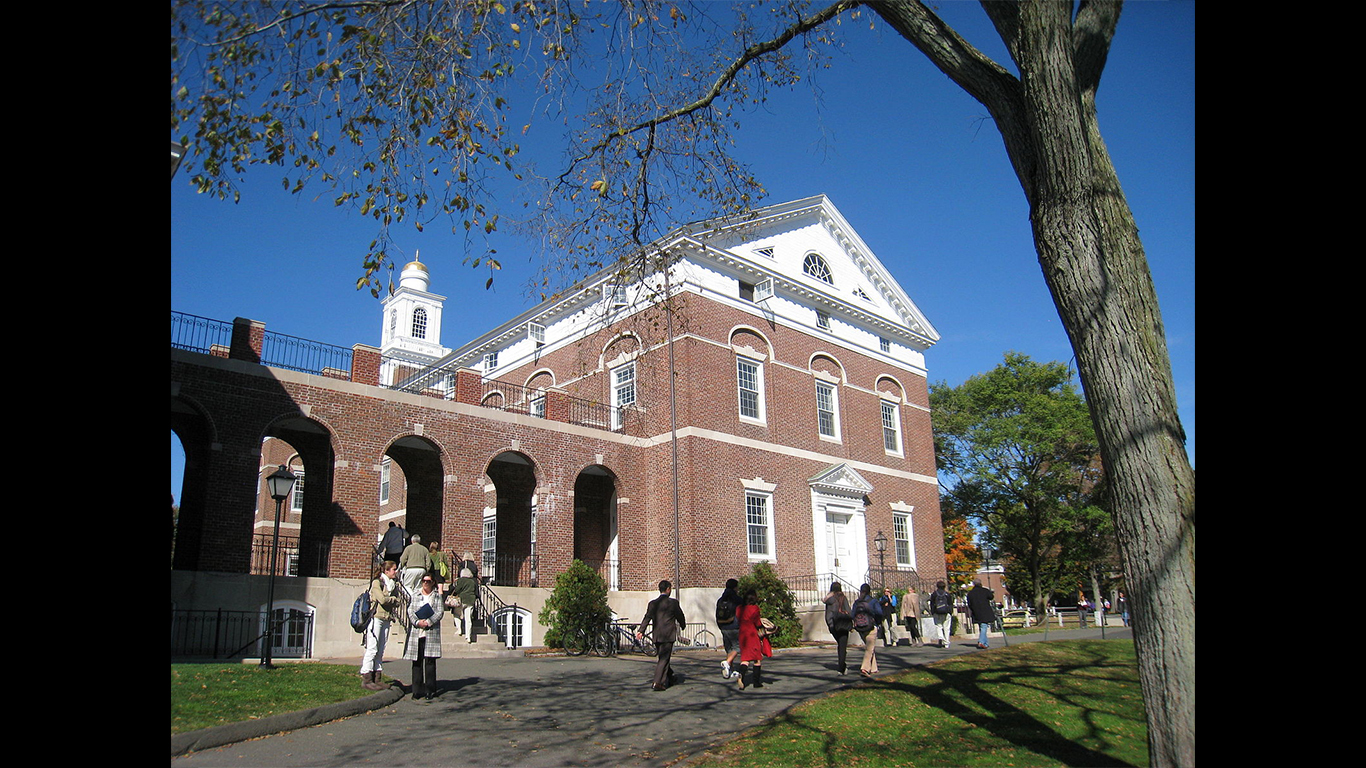
12.
He attended Choate, a boarding school for boys, in CT.
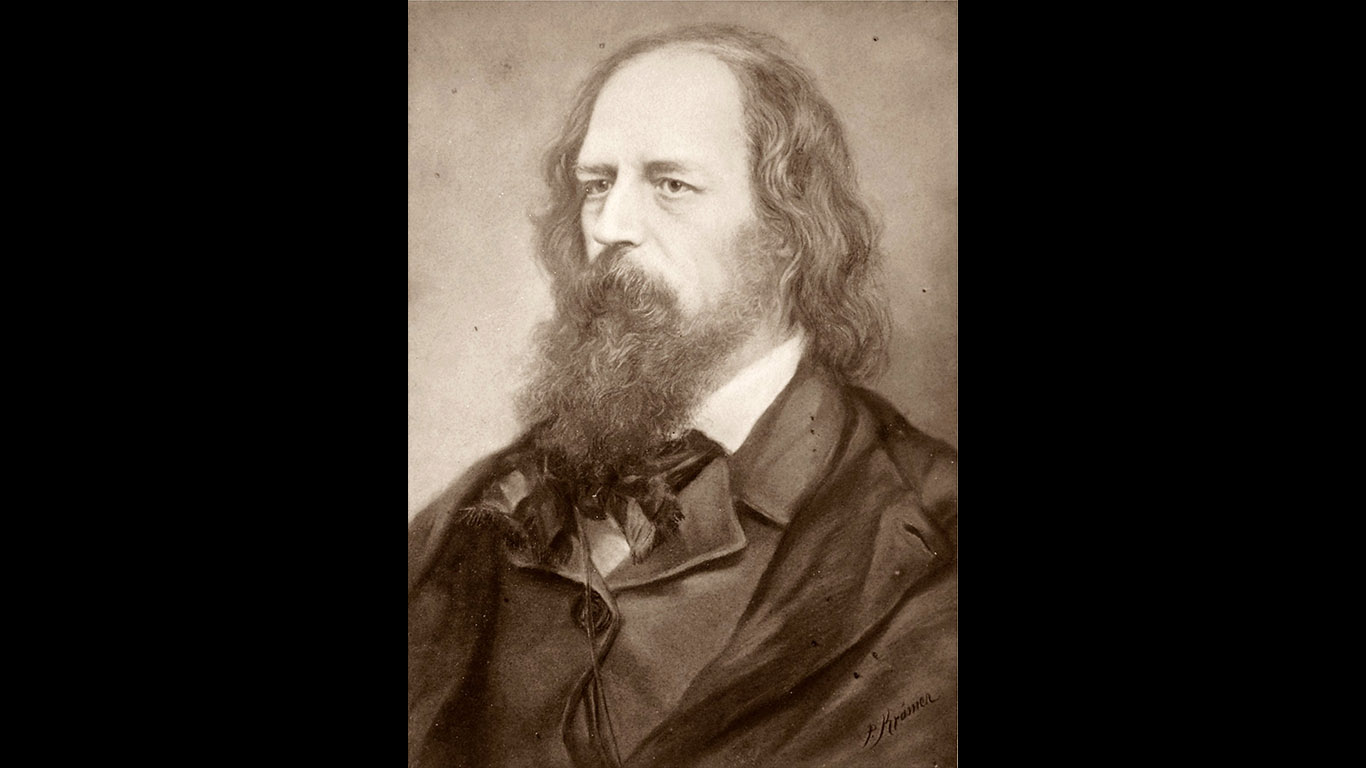
13.
“Ulysses’’ by Alfred, Lord Tennyson, was one of Kennedy’s favorite poems.
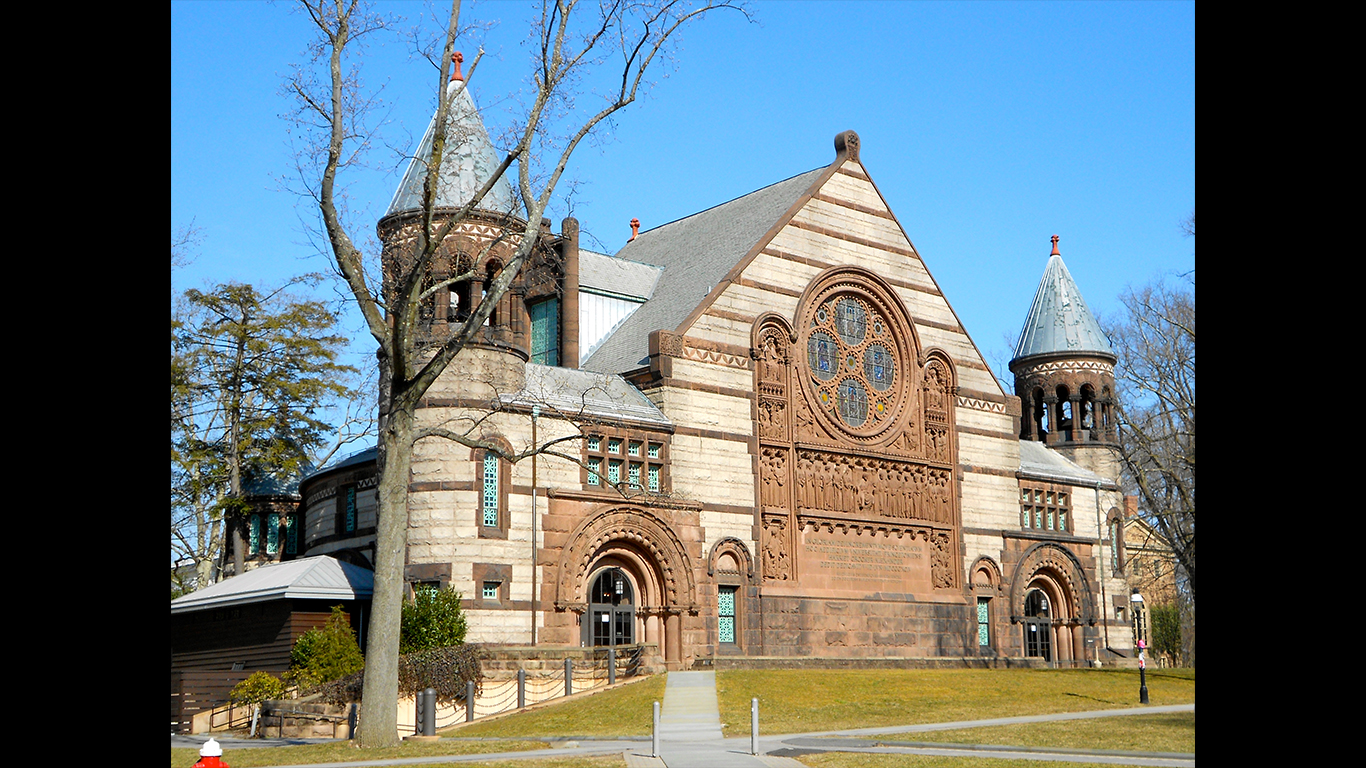
14.
JFK planned to attend Princeton University but was forced to withdraw because of illness.
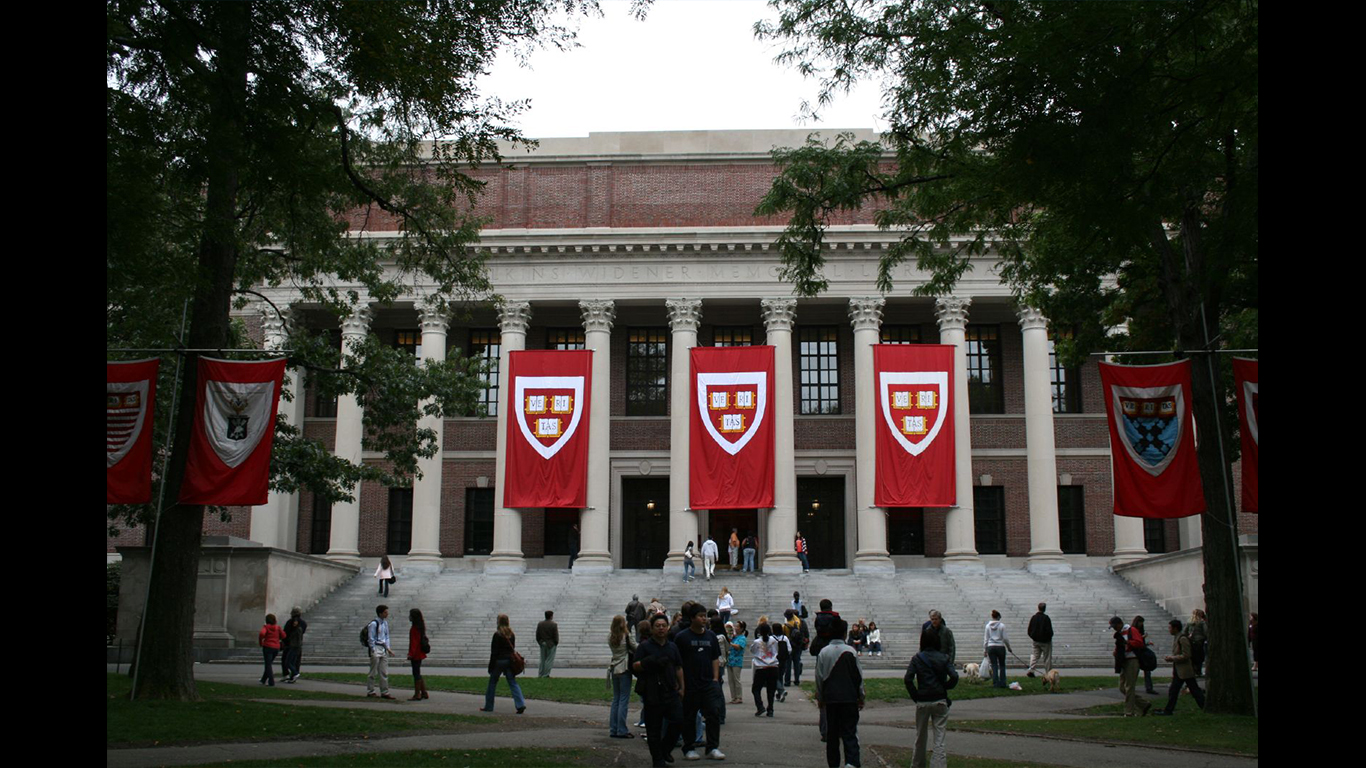
15.
He entered Harvard University in 1936, following his father and older brother Joe.
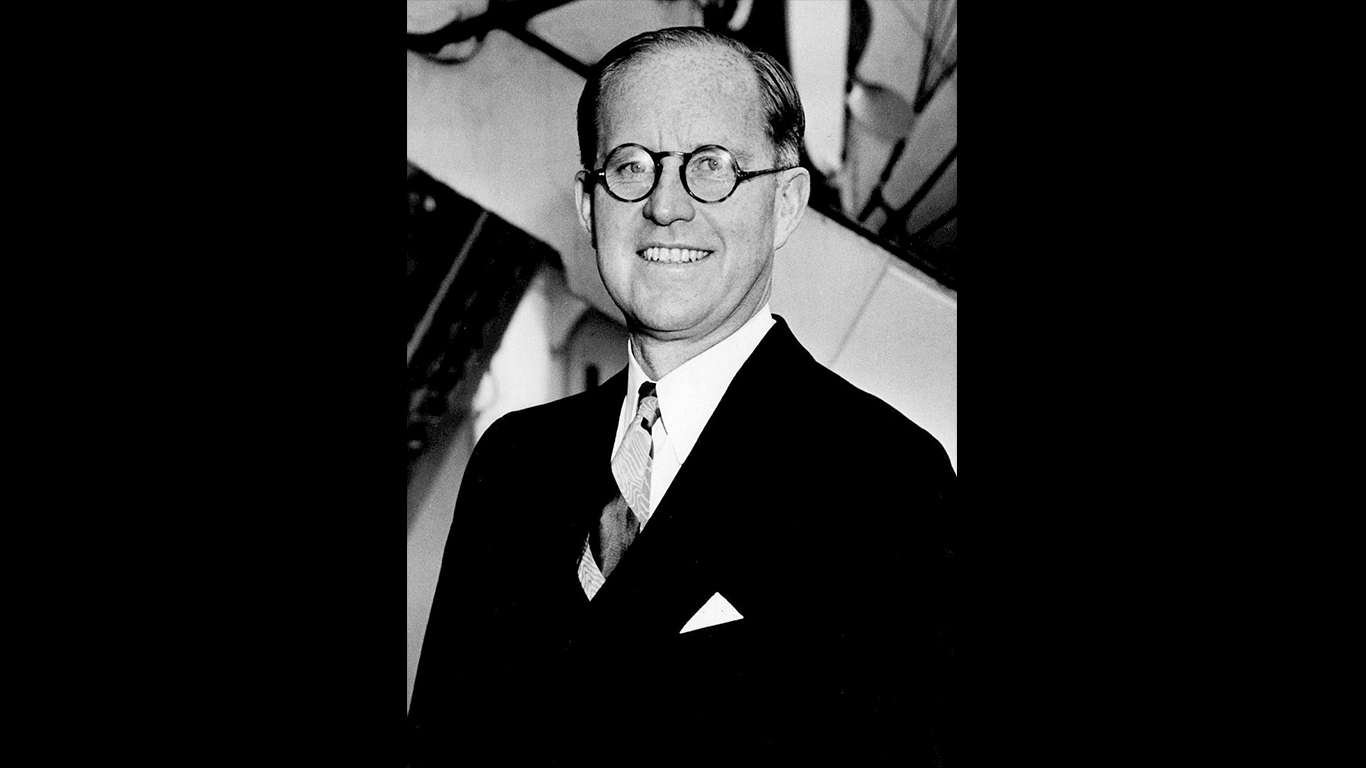
16.
His father was the first head of the Securities and Exchange Commission as well as an ambassador to United Kingdom.
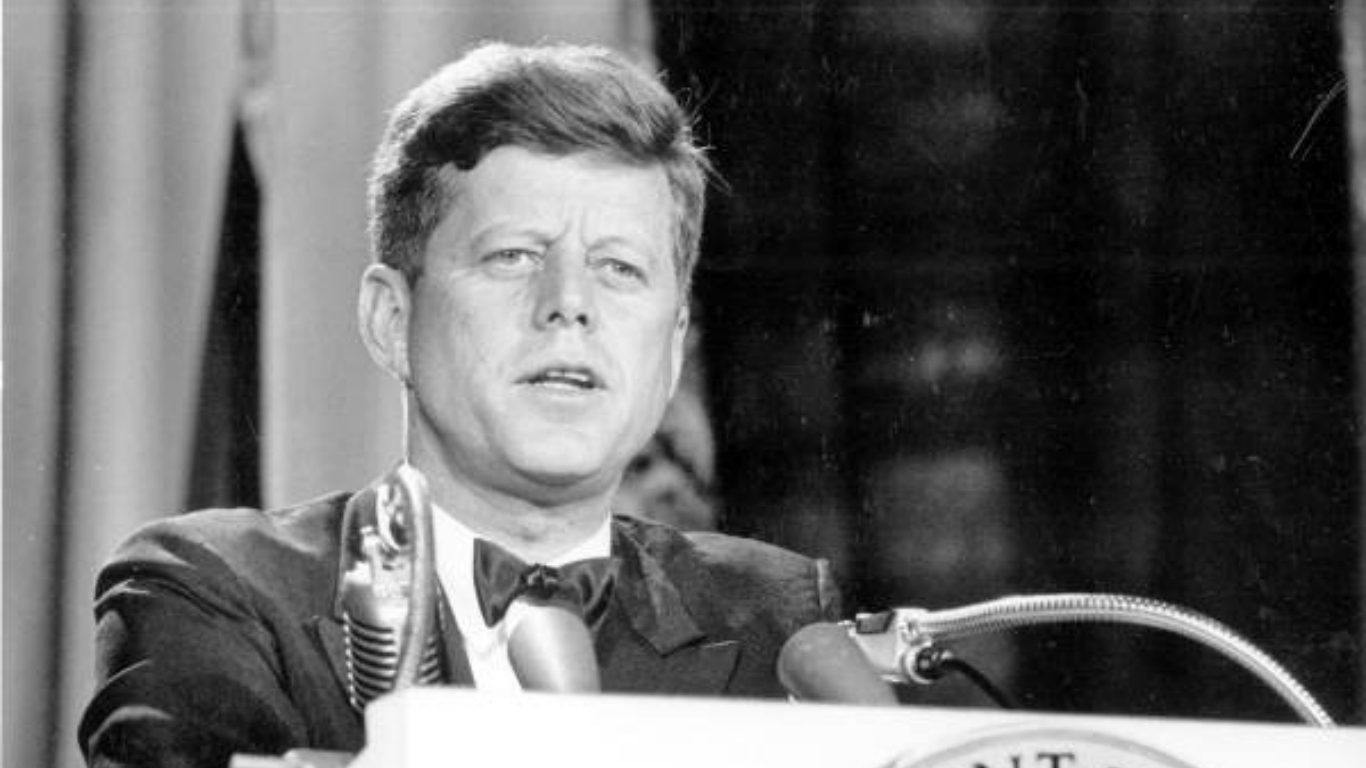
17.
Kennedy visited six European countries and Vatican City while he was president.
[in-text-ad-2]
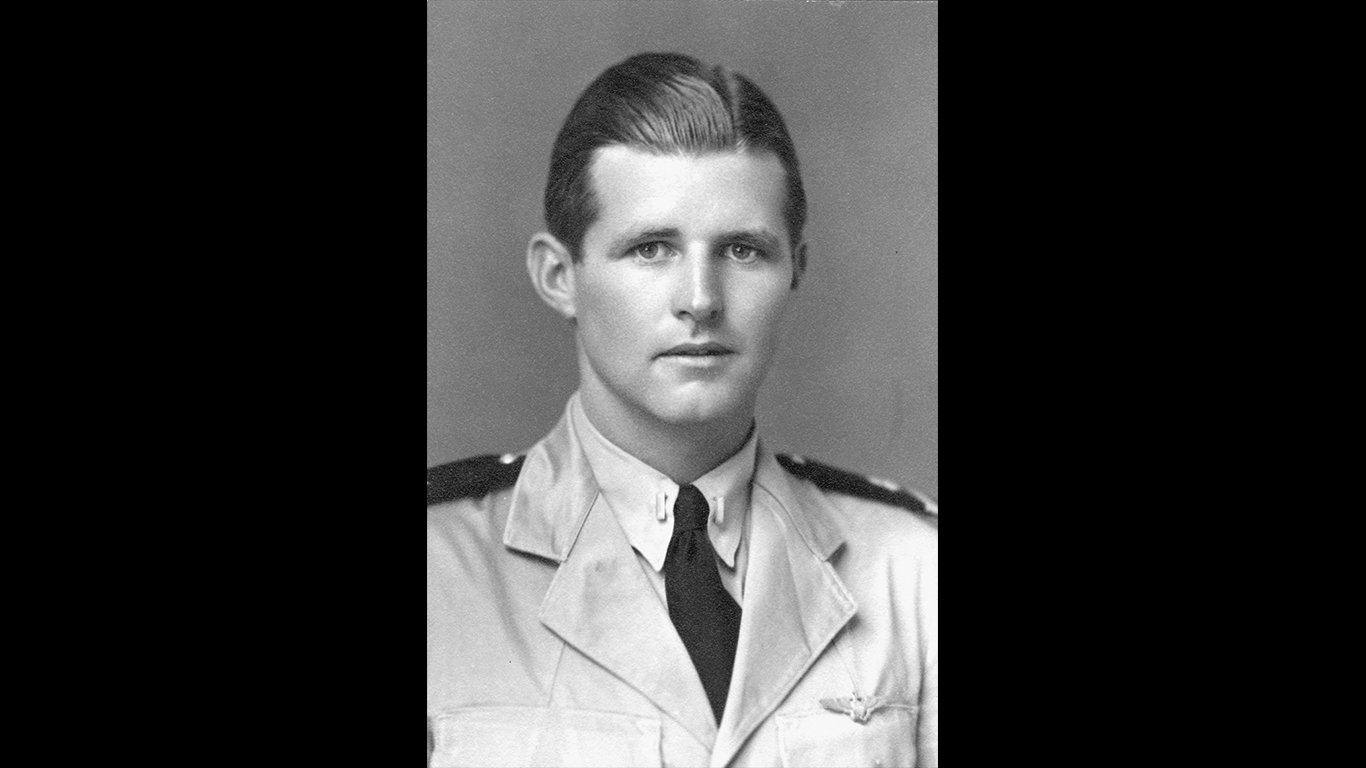
18.
His older brother Joe harbored ambitions to become the first Catholic president of the United States.
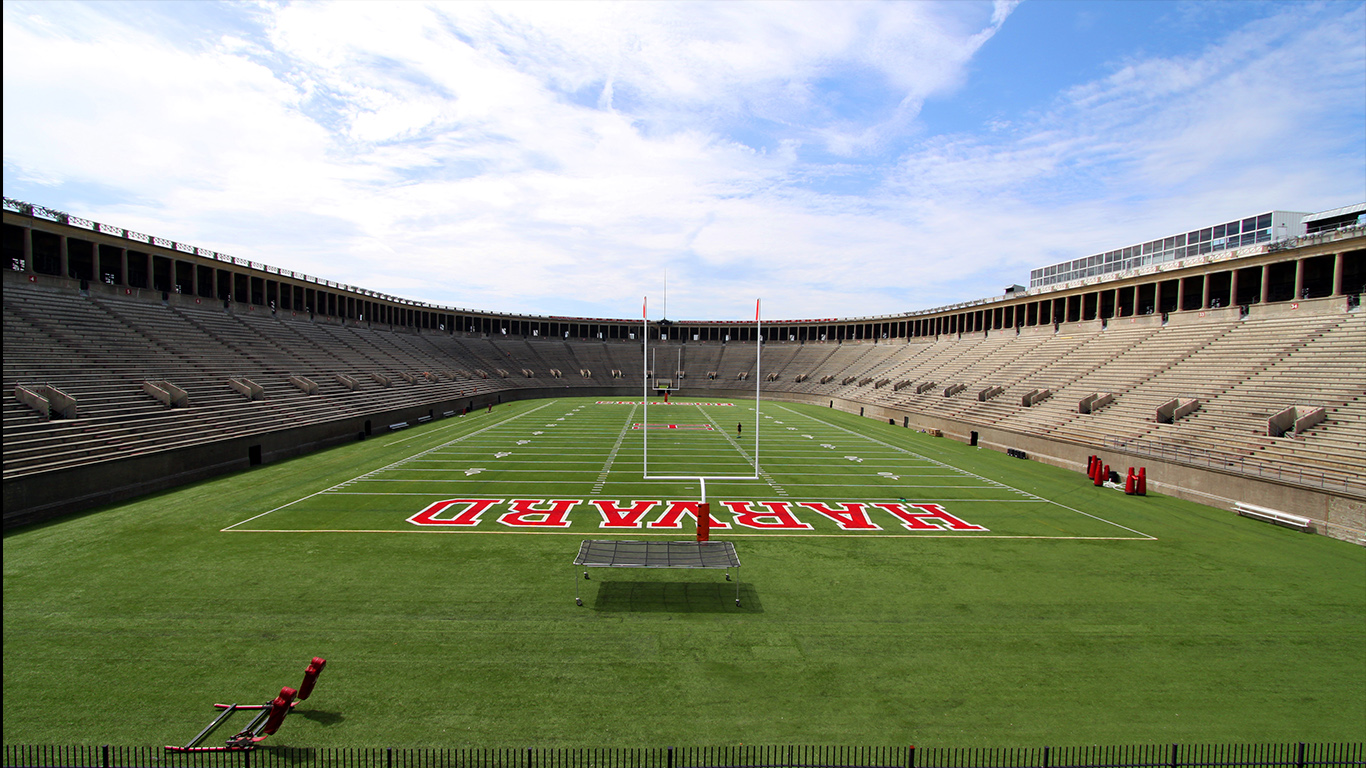
19.
A back injury sustained while playing football in Harvard would cause him problems for the rest of his life.
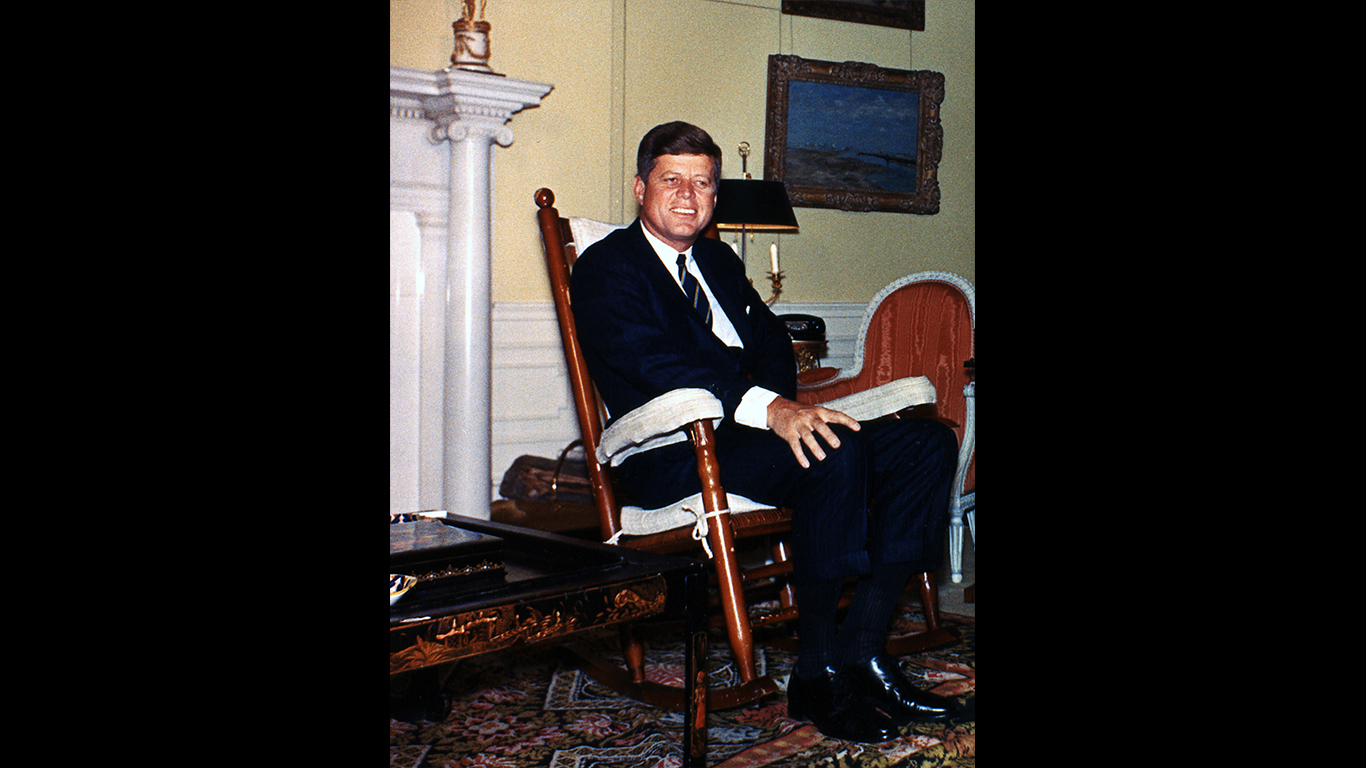
20.
He used a rocking chair while in office to help alleviate the constant back pain.
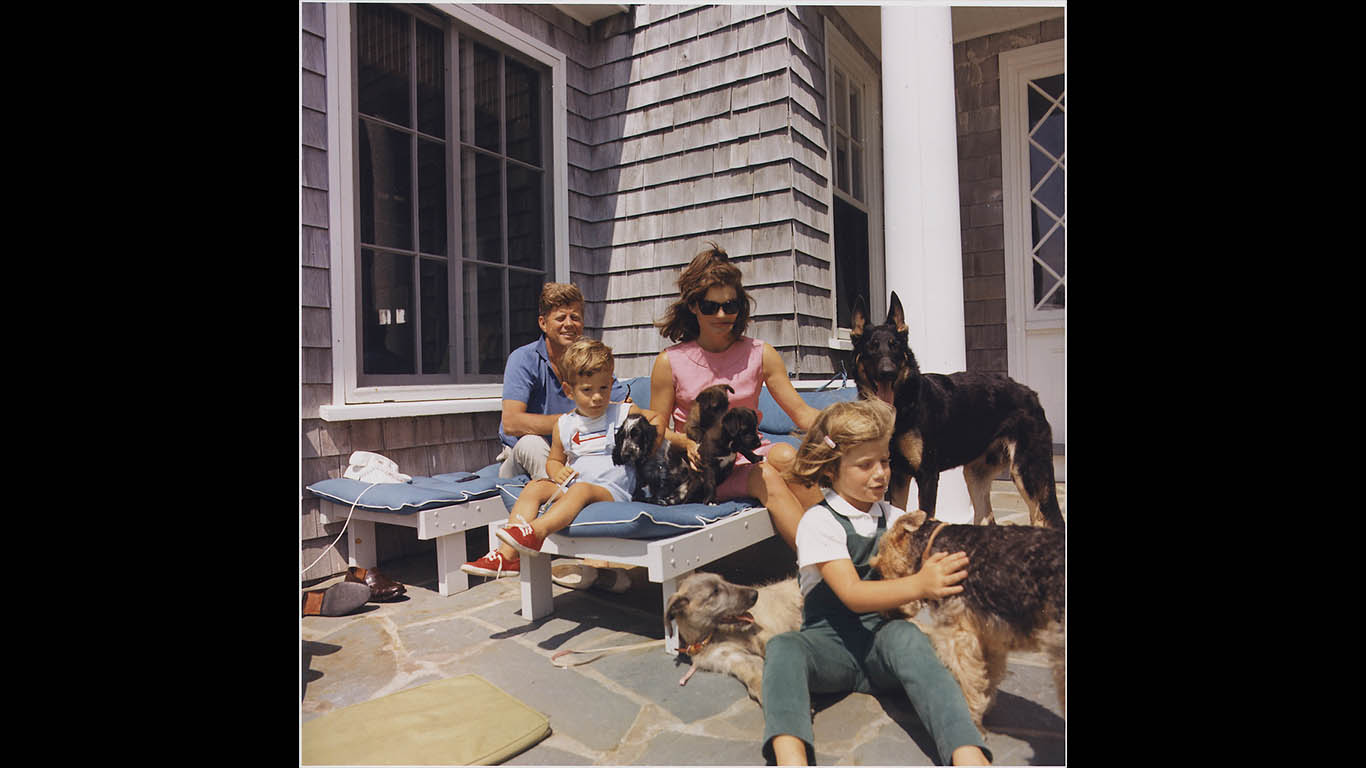
21.
JFK’s favorite pet in the White House was a Welsh Terrier called “Jack’s dog.” Jackie gave the dog to JFK during the presidential campaign.
[in-text-ad]

22.
His interest in history and government was intensified by a trip to England in 1937.
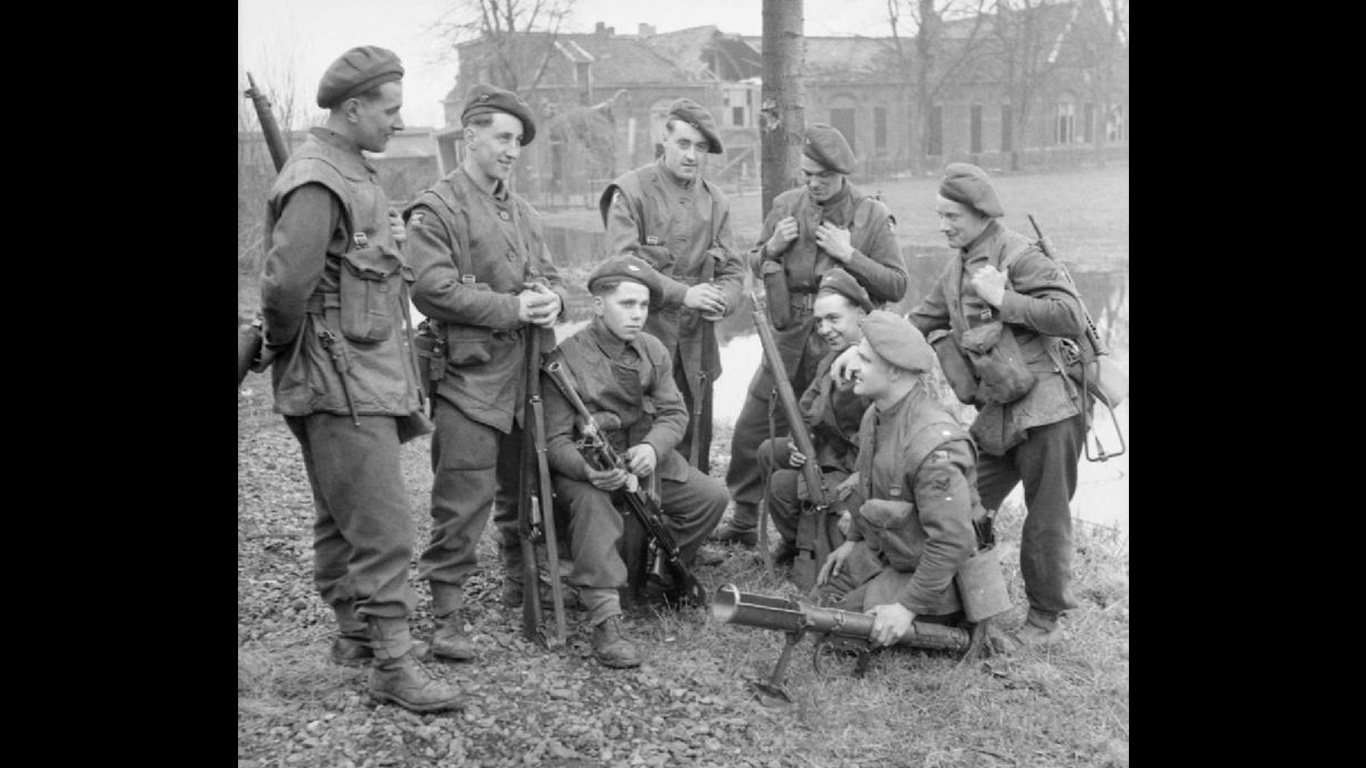
23.
His father was recalled as U.S. ambassador to the United Kingdom in 1940 after he publicly expressed doubts that the British could defeat Germany.
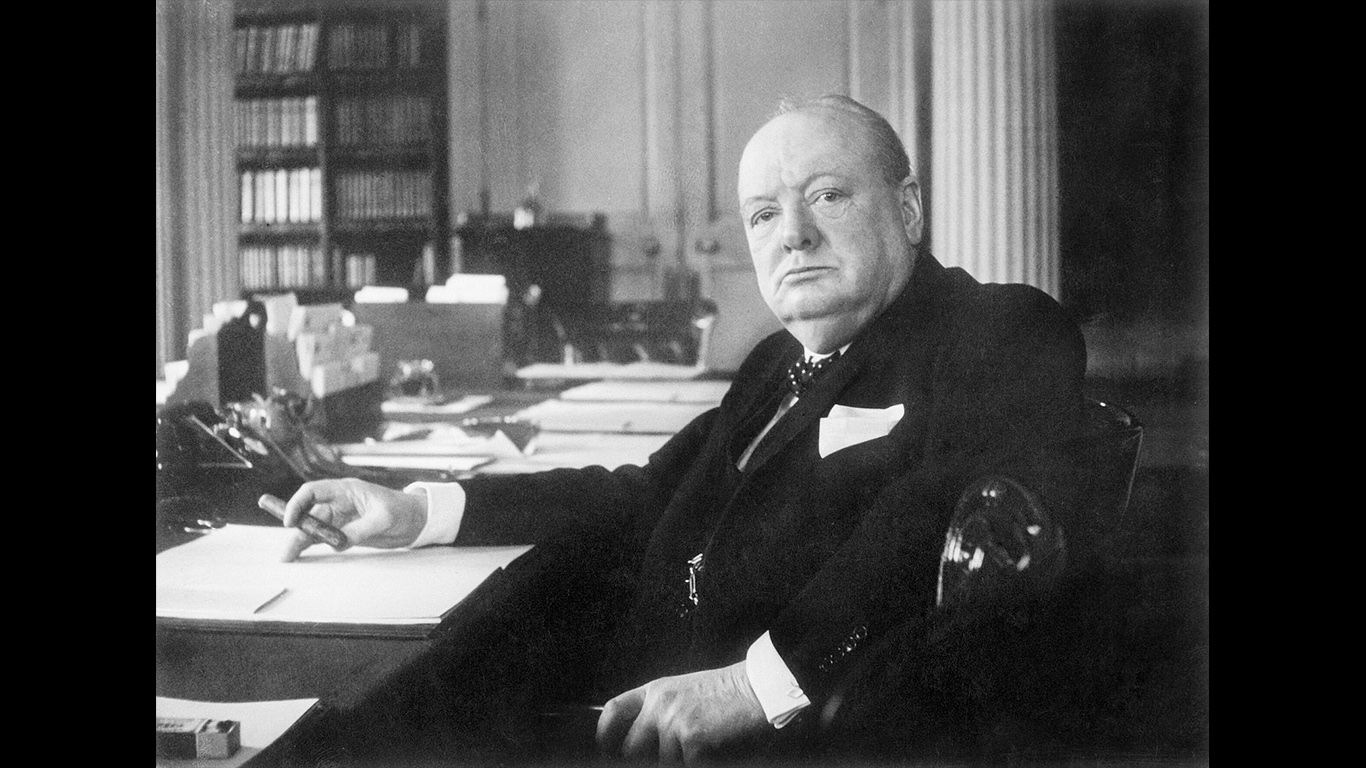
24.
He wrote his senior thesis on why Great Britain was unprepared for war titled “Why England Slept.’’
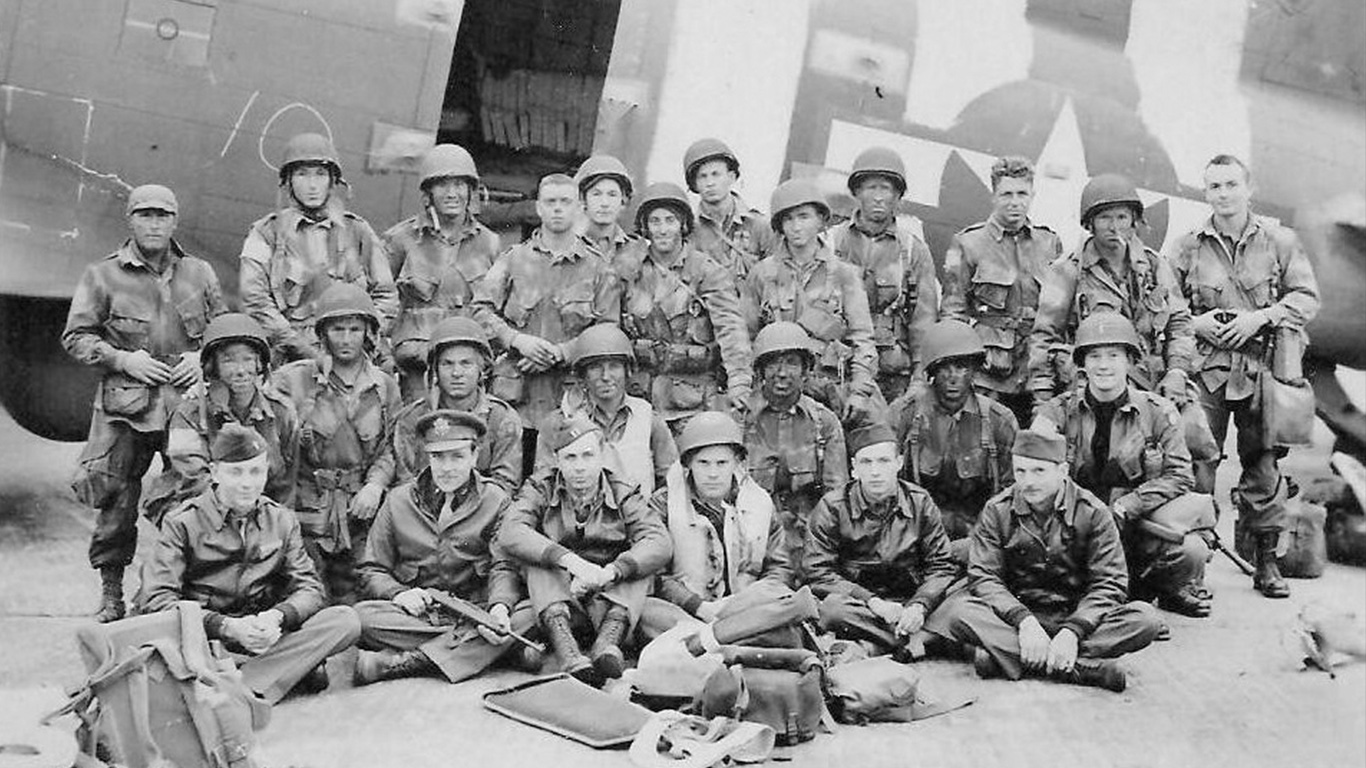
25.
He tried to join the U.S. Army in April 1941 but was rejected because of his back injury.
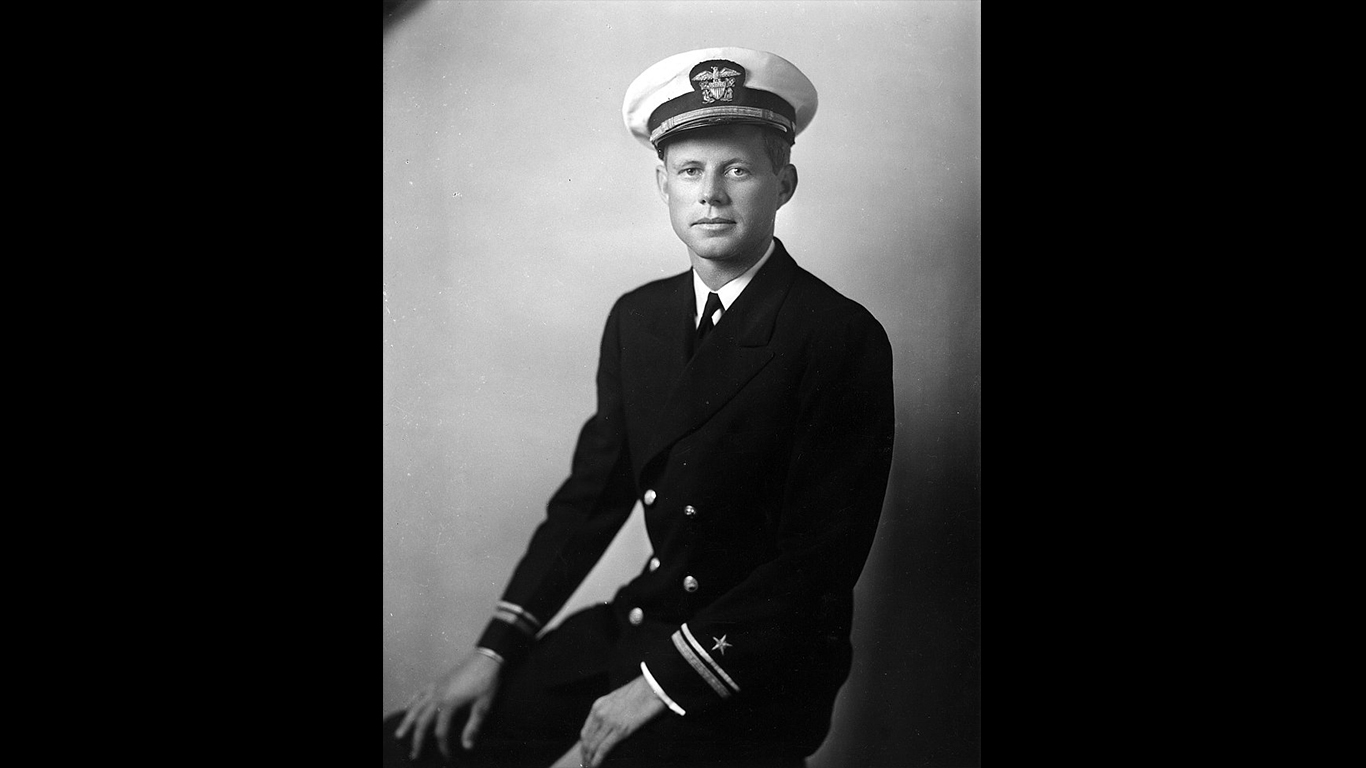
26.
JFK joined the Navy after graduating from Harvard. He worked in the Navy’s intelligence branch.
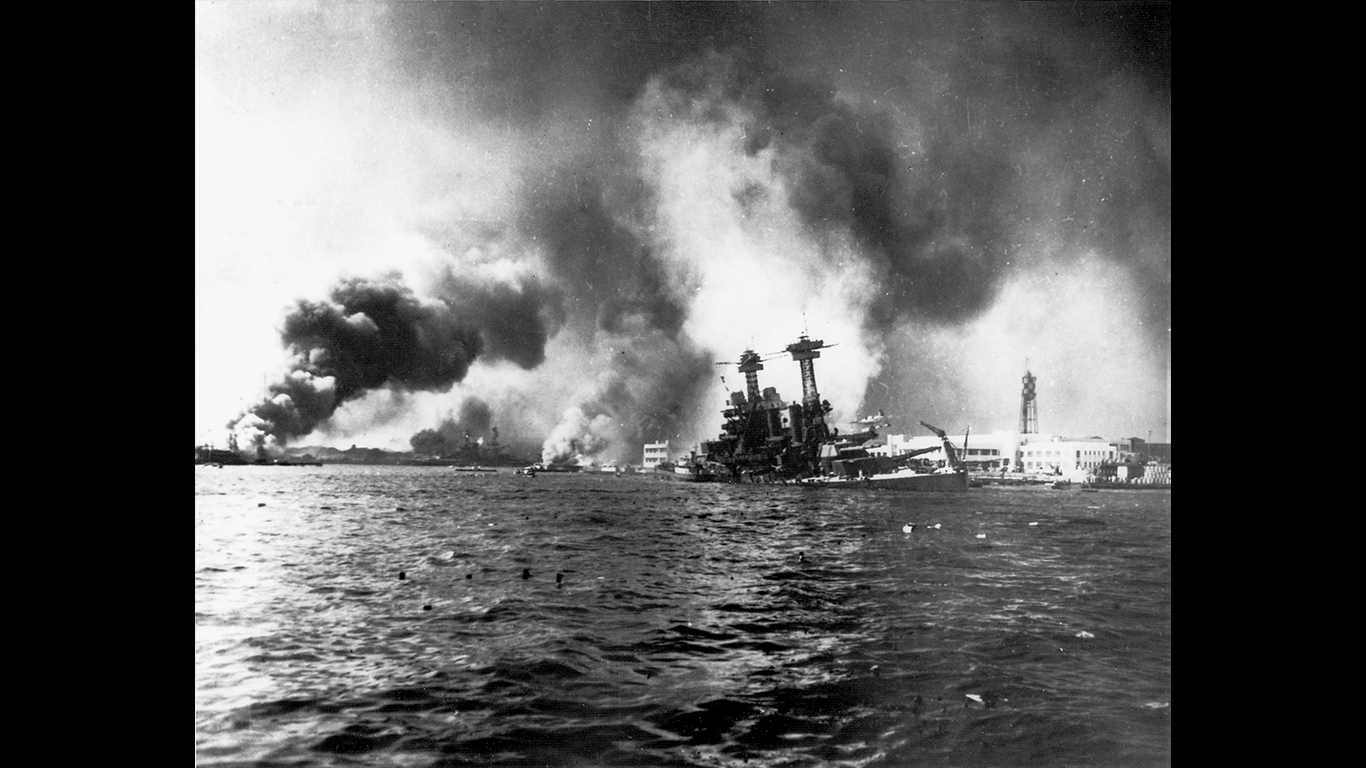
27.
After the attack on Pearl Harbor, he requested active service and was made a lieutenant and sent to the Pacific theater of war.
[in-text-ad-2]
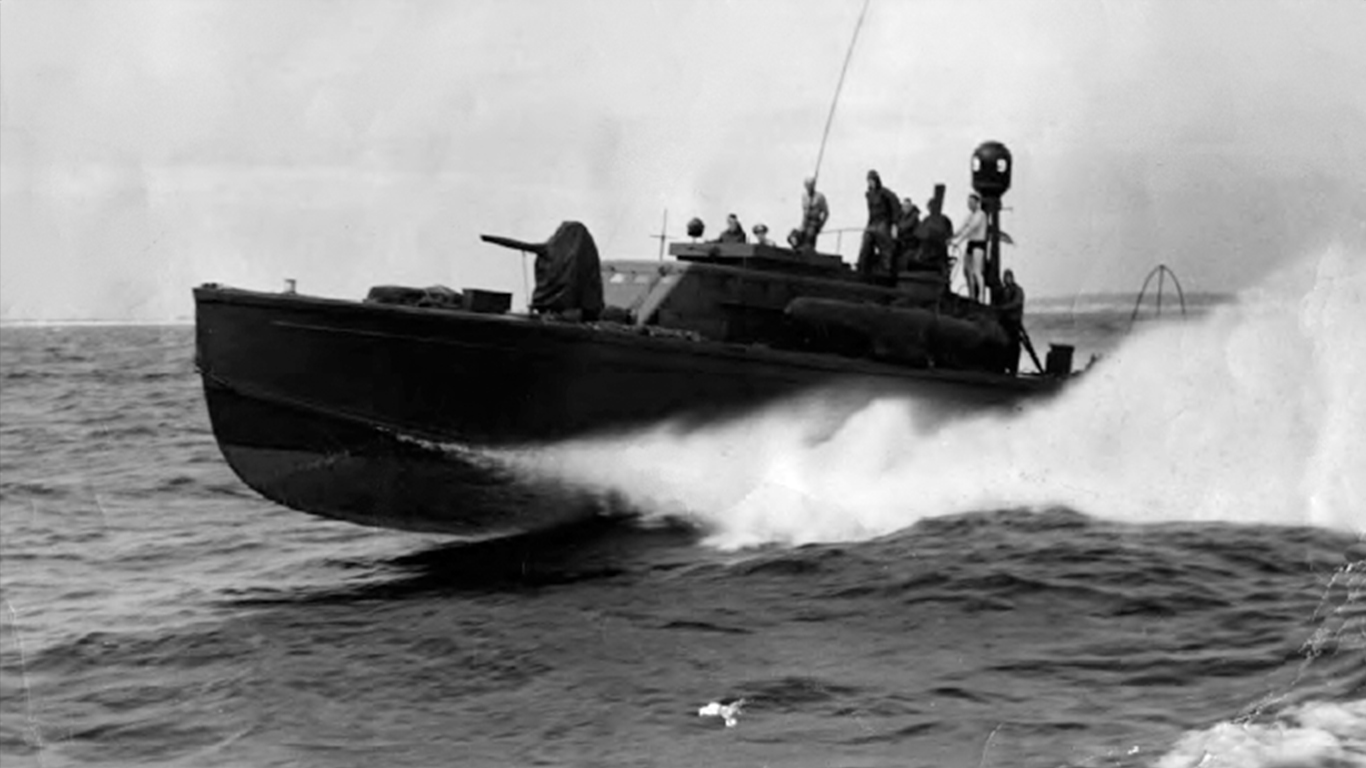
28.
He was made commander of PT 109, a patrol torpedo boat that was later sliced in two near Solomon Islands by a Japanese destroyer.
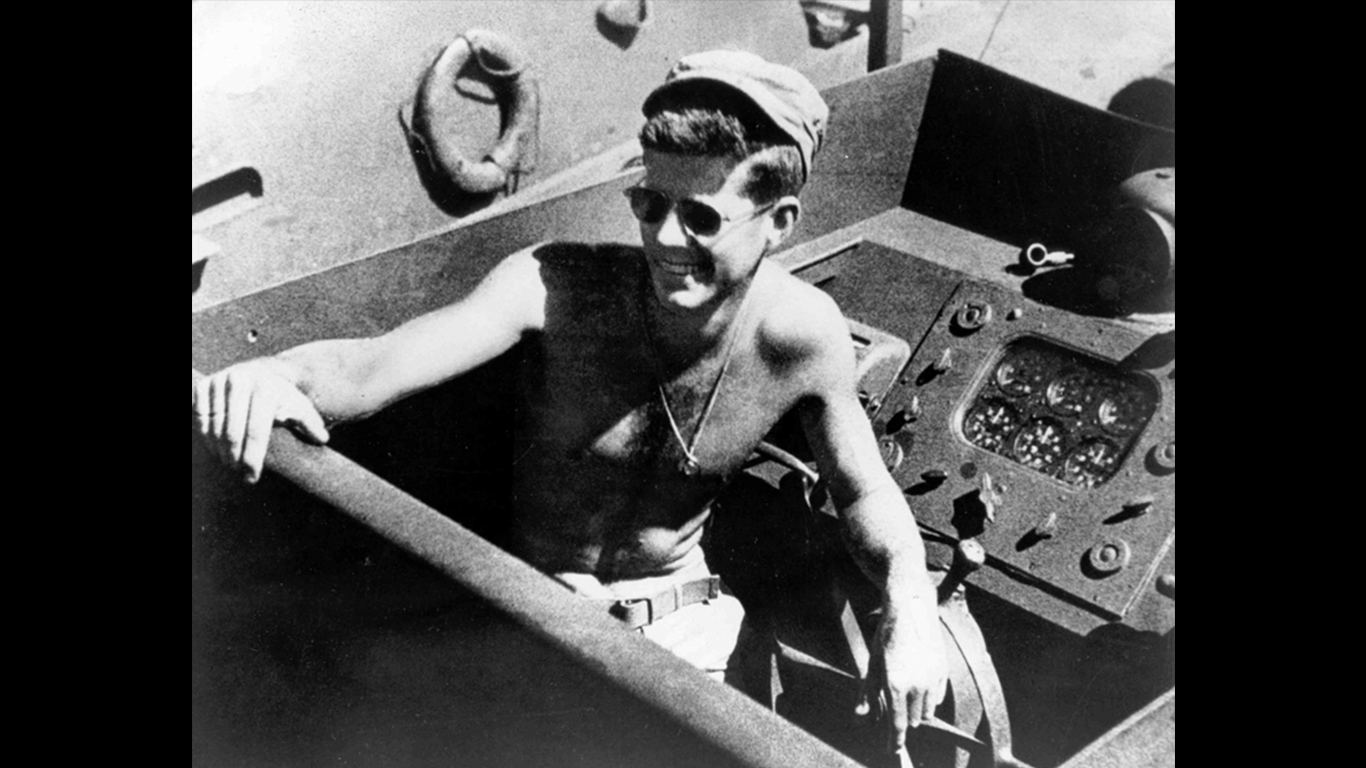
29.
Kennedy swam 3.5 miles to an island with a wounded sailor on his back after PT 109 was sunk.
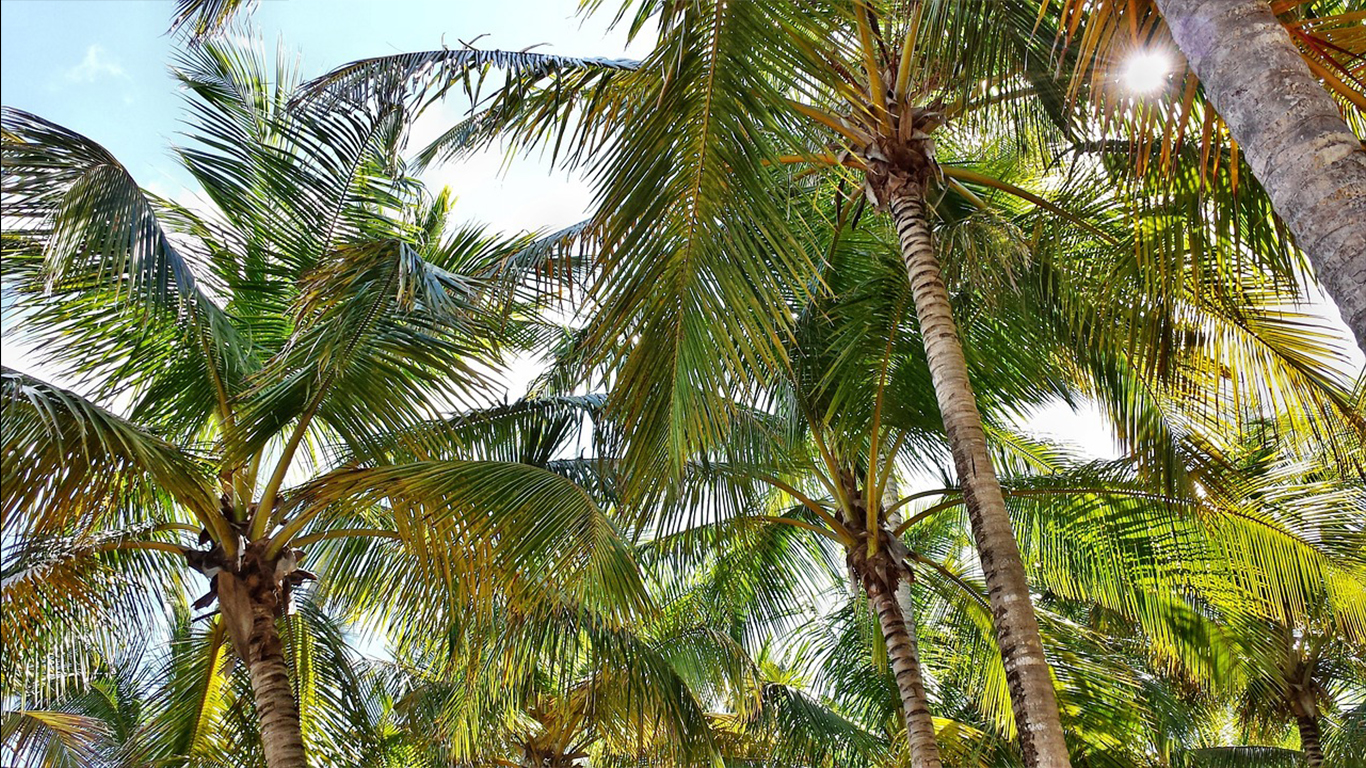
30.
When two islanders found the crew, Kennedy etched a hidden message in a coconut that the islanders, at great peril, got to an Australian coastwatcher.
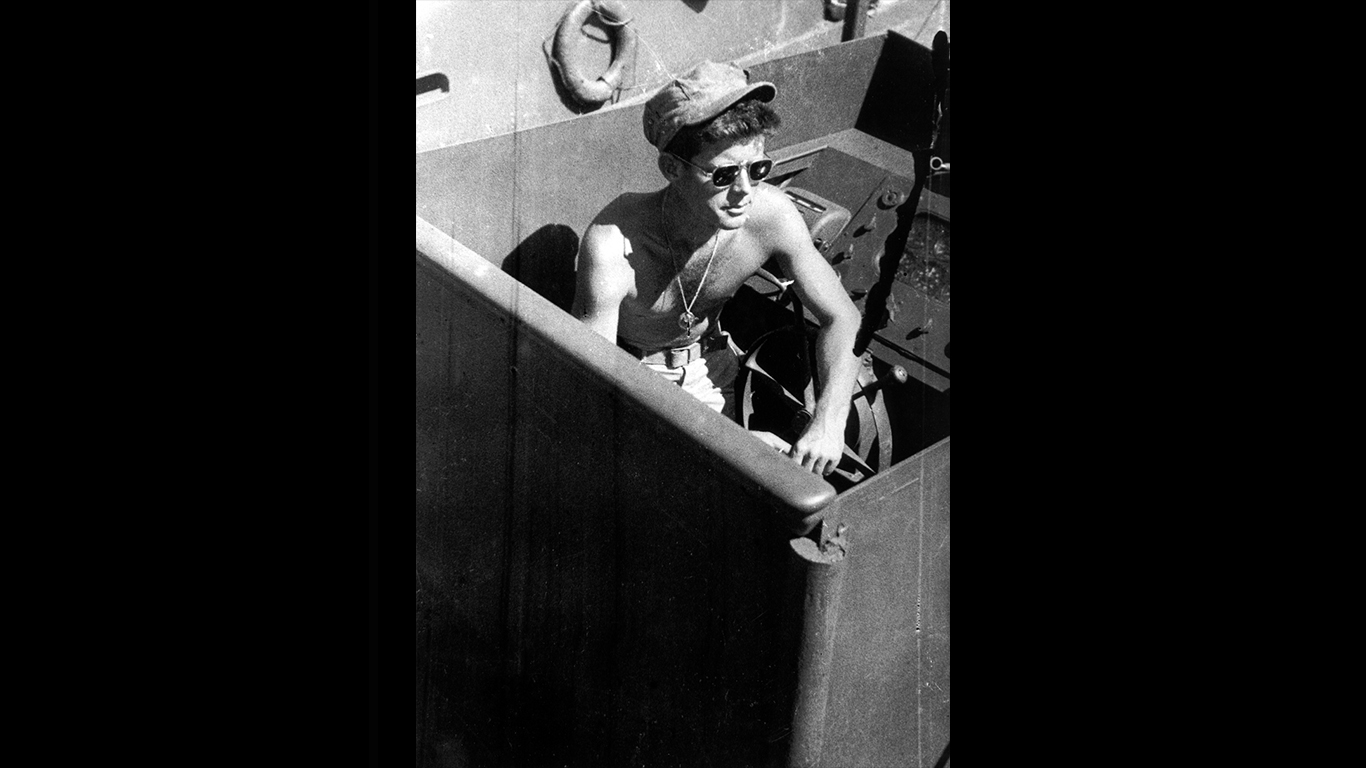
31.
Kennedy and his crew were marooned for seven days before they were rescued by two PT boats.
[in-text-ad]
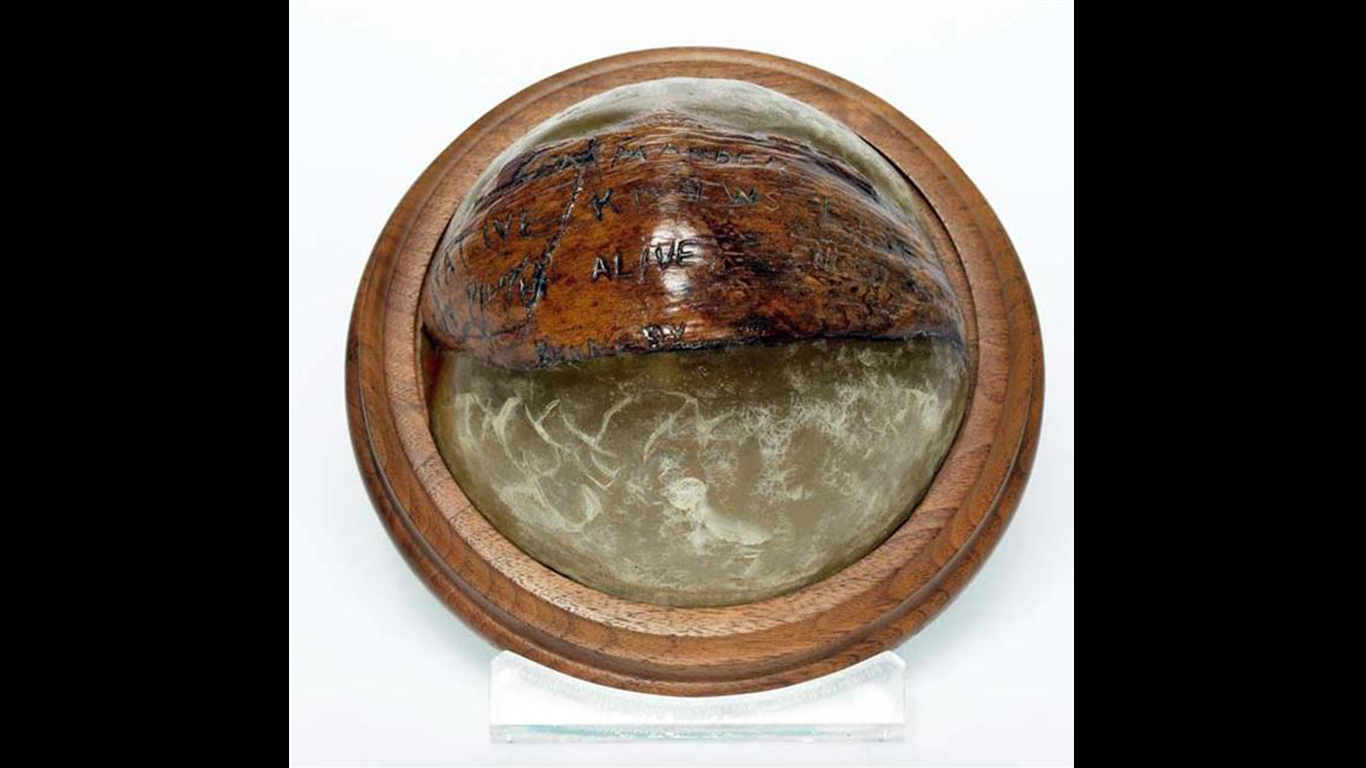
32.
The coconut husk became a paperweight on his desk when he became president.
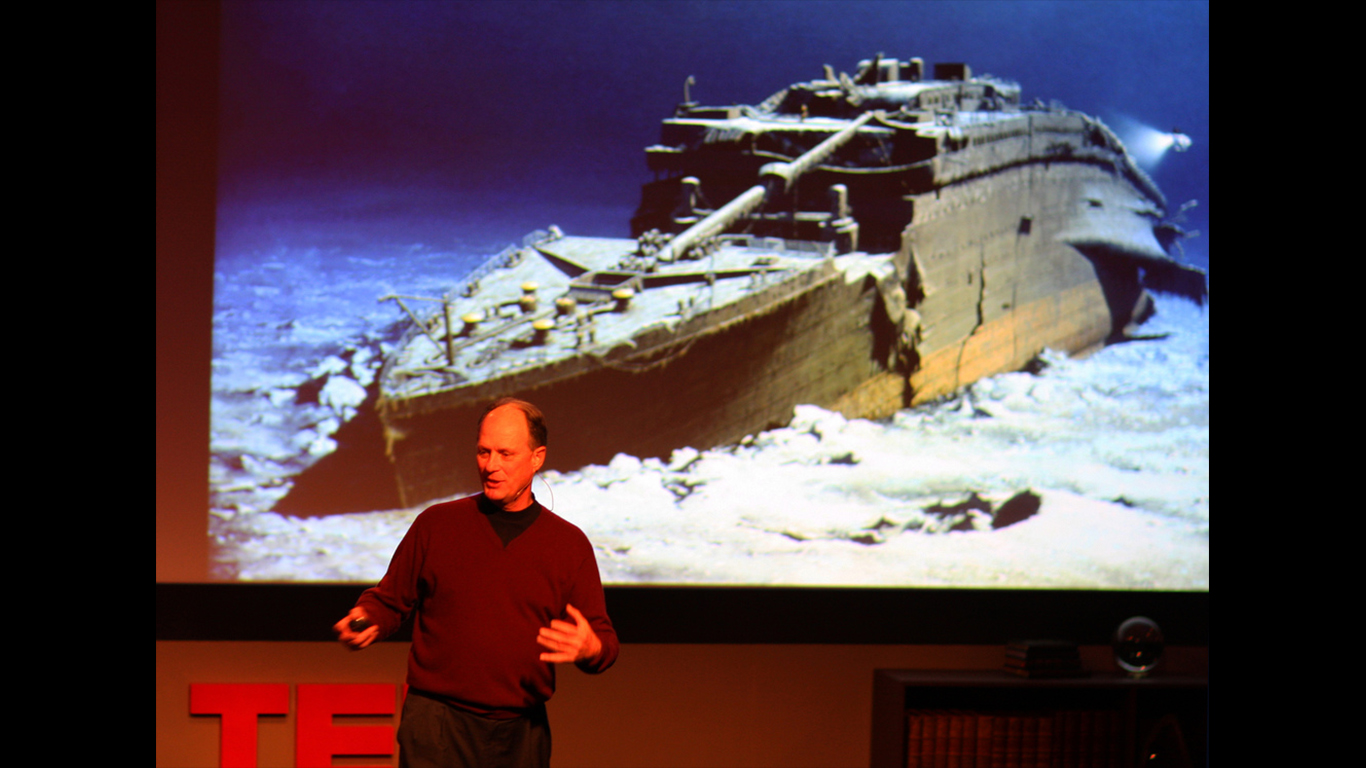
33.
The wreck of PT 109 was eventually discovered in a National Geographic expedition by noted explorer Robert Ballard in 2002.
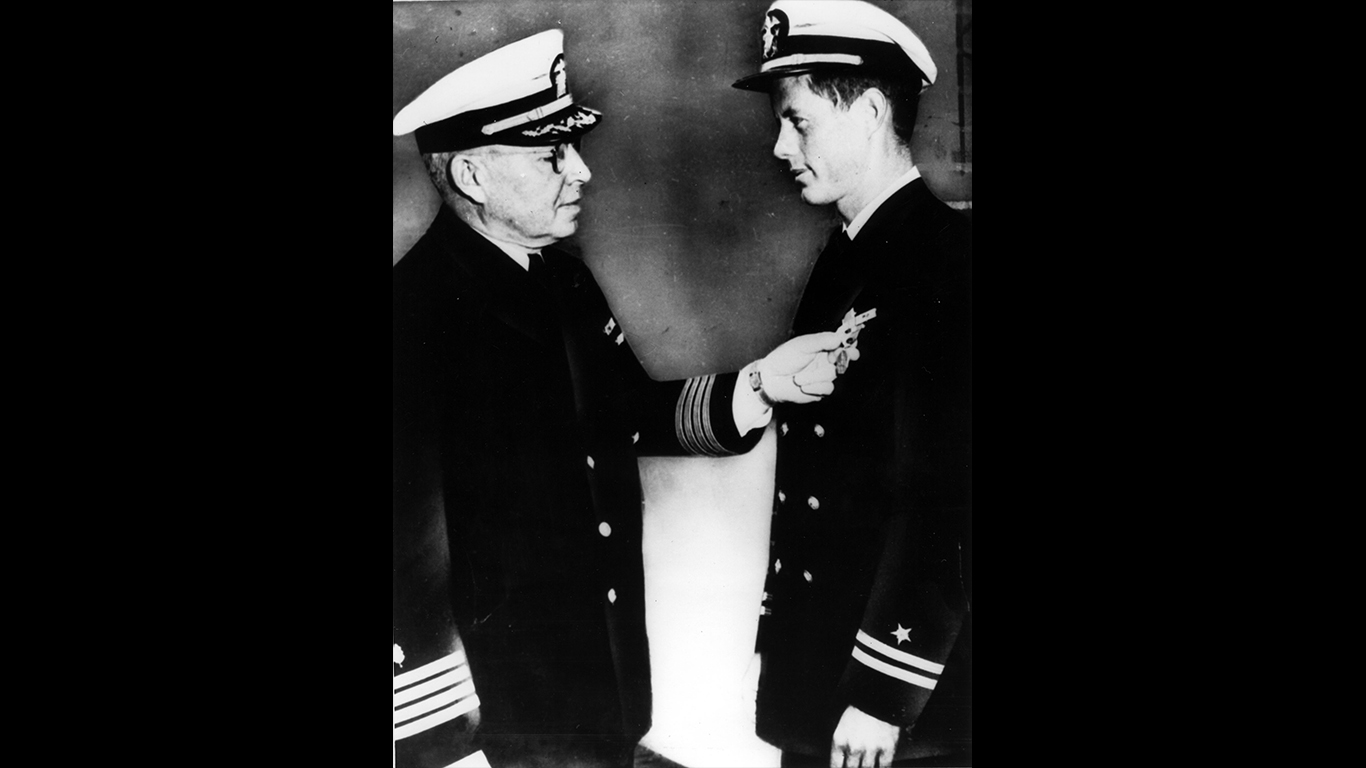
34.
JFK was awarded Navy and Marine Corps medal for courage when he returned from the Pacific.
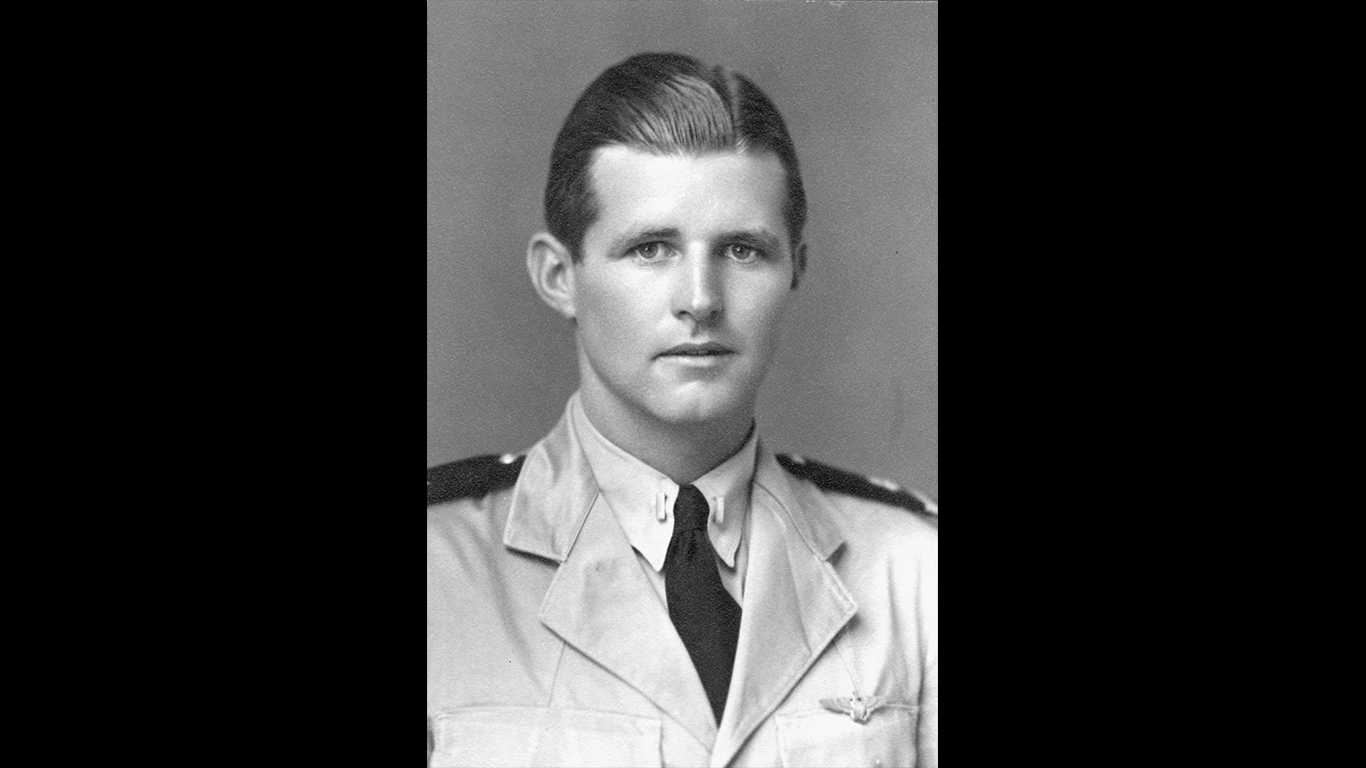
35.
A plane flown by JFK’s older brother Joe blew up during a dangerous mission in Europe in 1944, the first of many Kennedy clan tragedies.
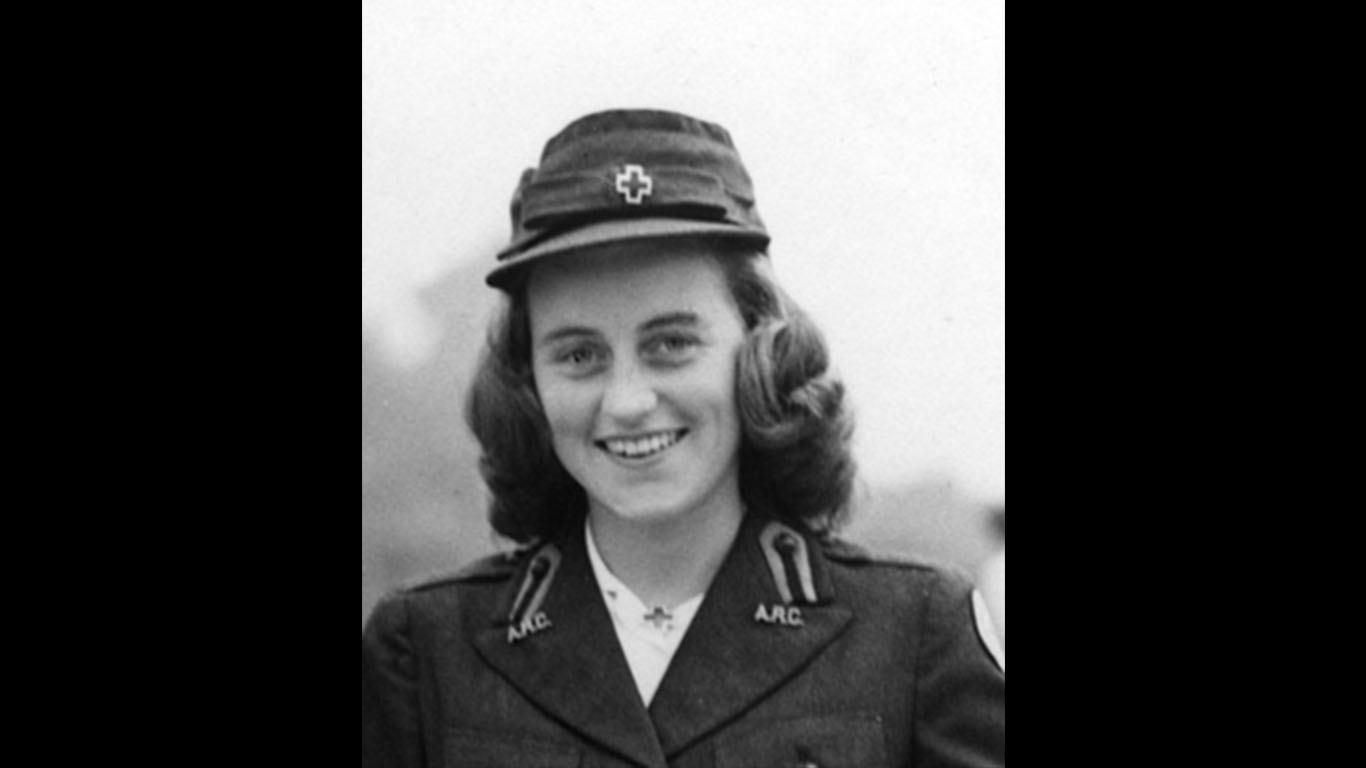
36.
Kennedy’s sister Kathleen, who had married into a British aristocratic family, was killed in a plane crash in 1948.
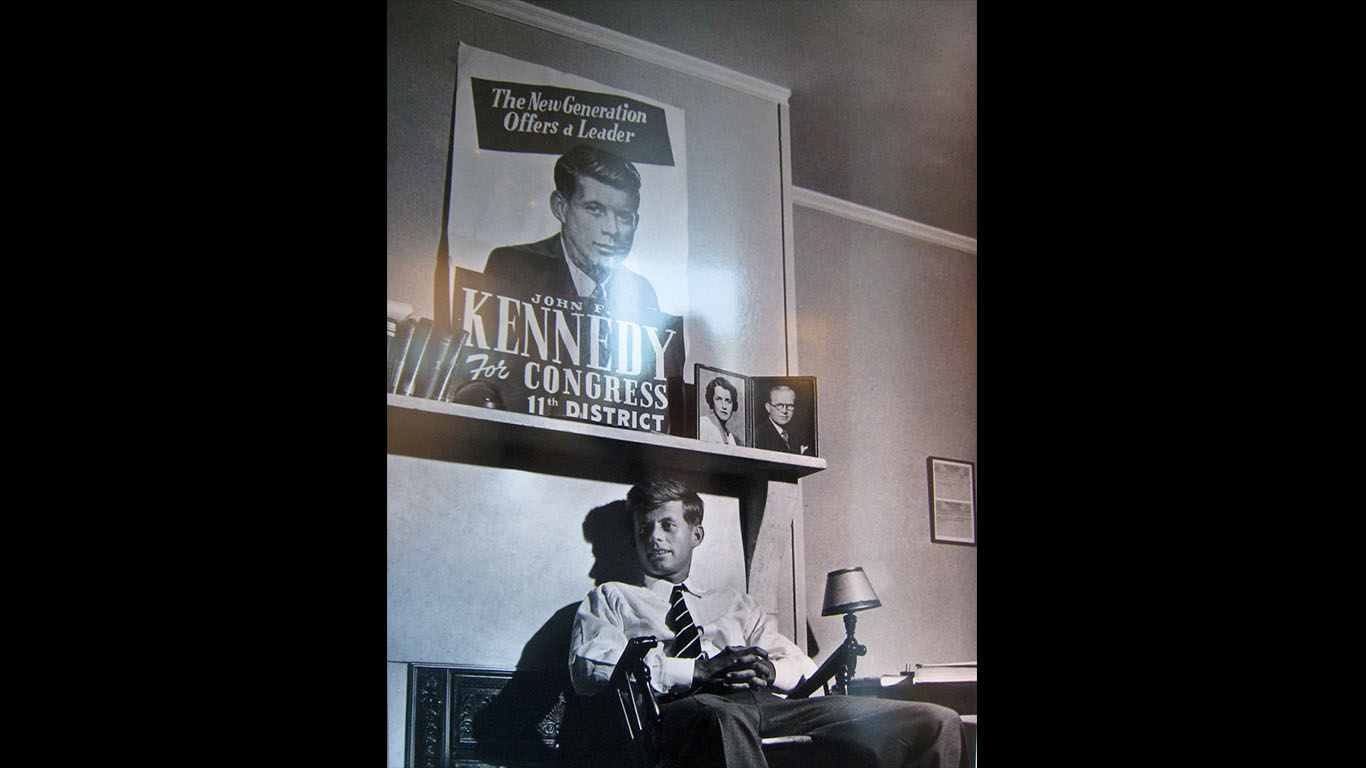
37.
JFK’s political career began when he ran for a congressional seat in 1946 and at age 29 won the first of three terms.
[in-text-ad-2]
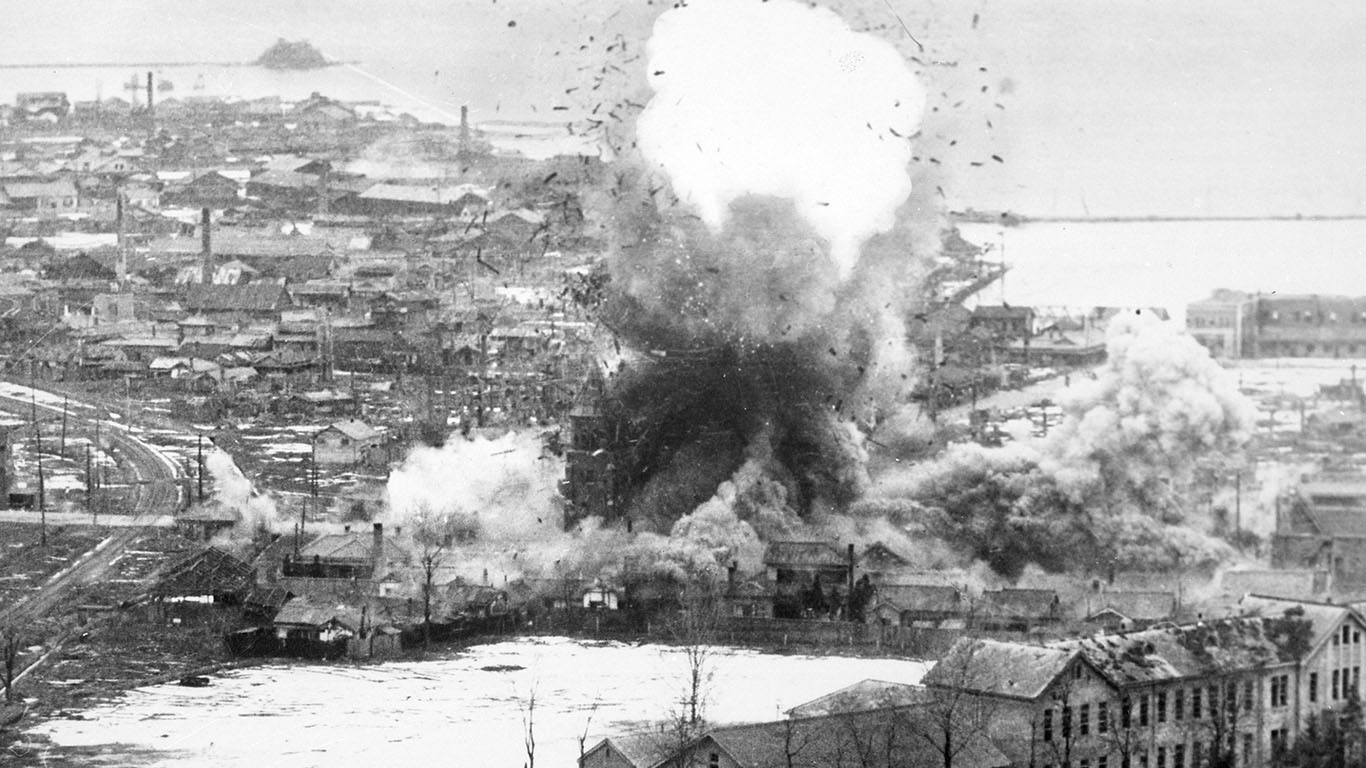
38.
During his term as congressman, he opposed the Korean War and was against any U.S. fighting in Asia.
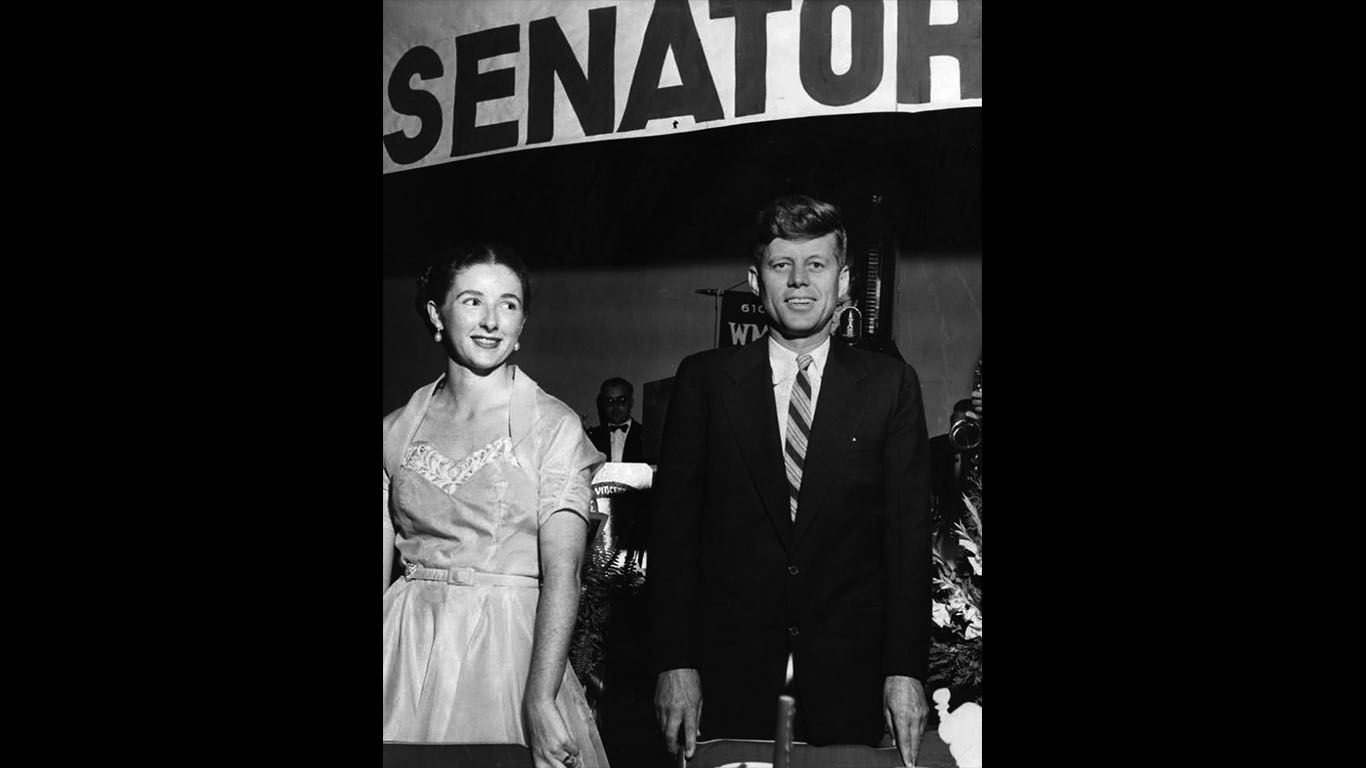
39.
He became Massachusetts senator in 1952.
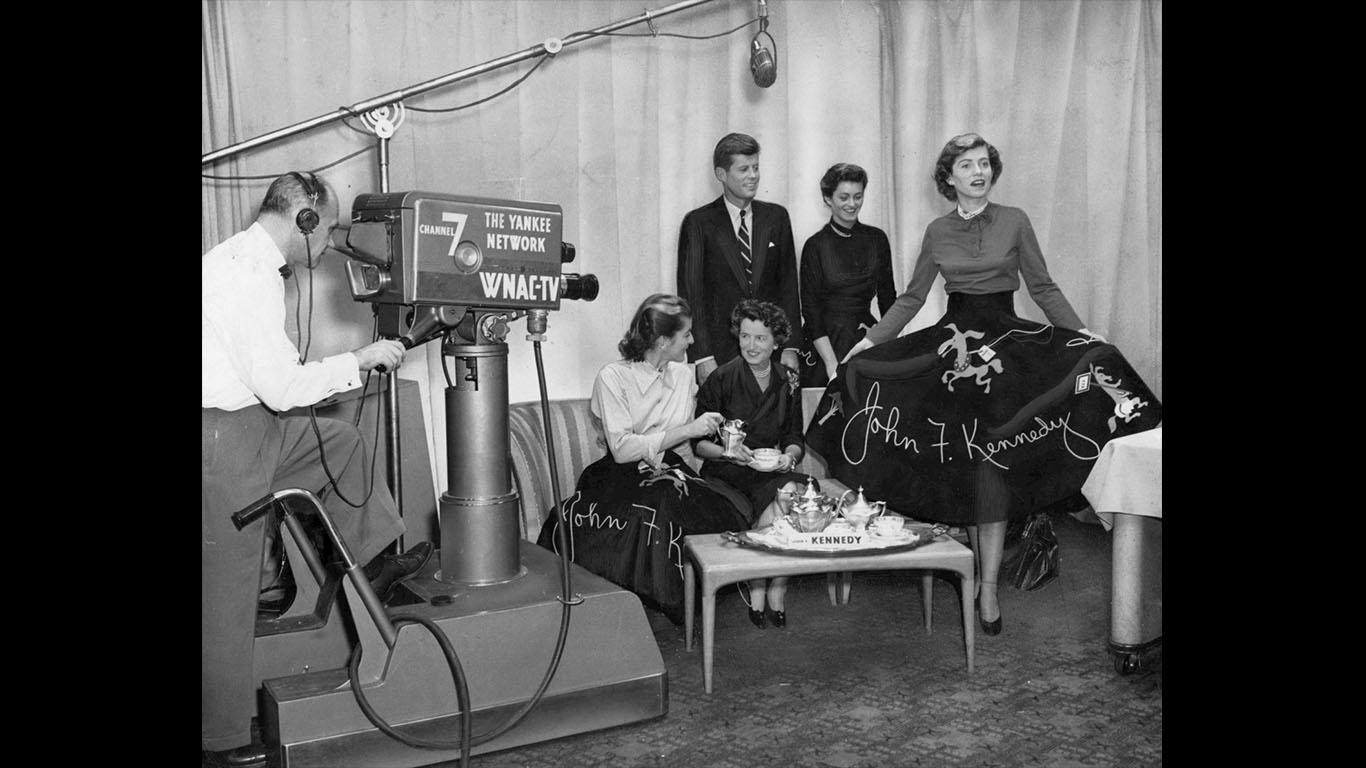
40.
Kennedy donated his entire congressman’s salary, and later his president’s salary, to charity.
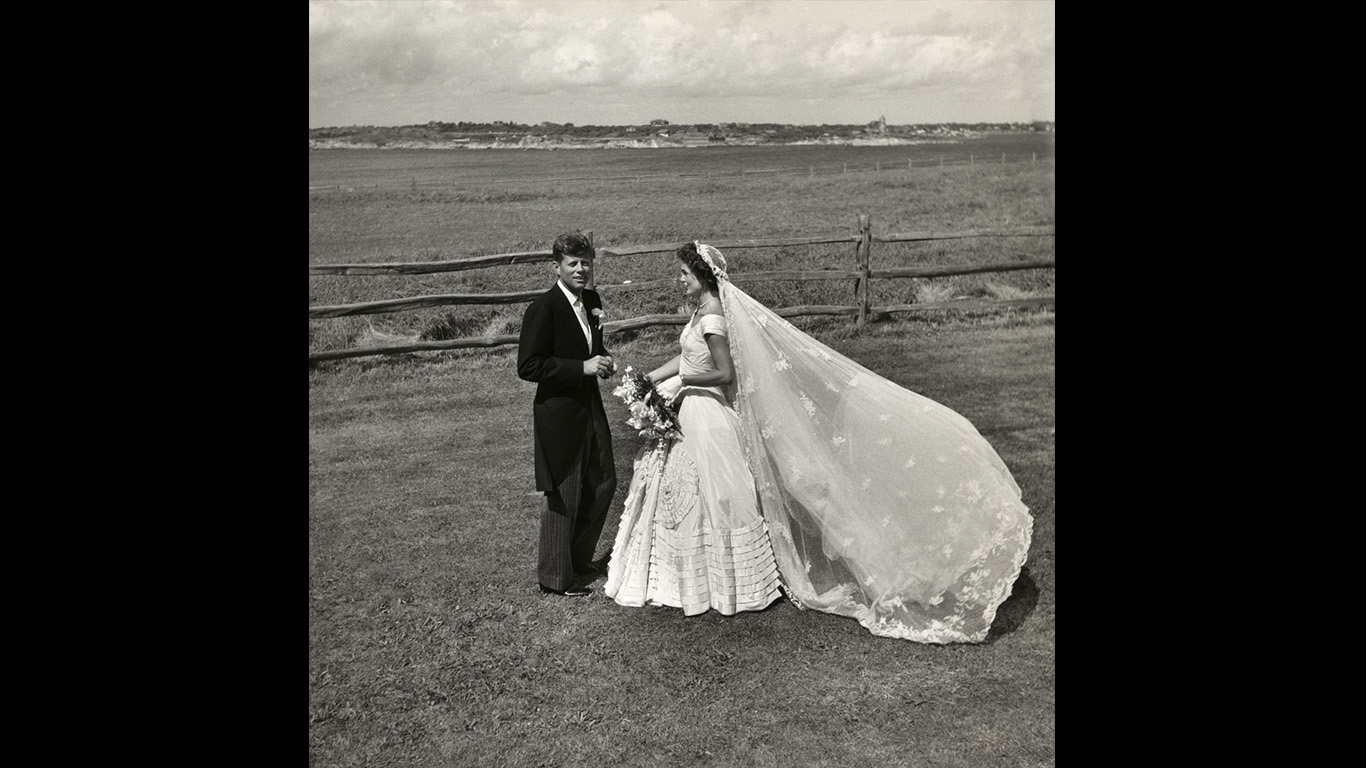
41.
He married Jacqueline Bouvier in 1953, and they would raise two children, John Jr. and Caroline. Patrick Bouvier Kennedy lived a few days after his birth in 1963. Another child was stillborn in 1956.
[in-text-ad]
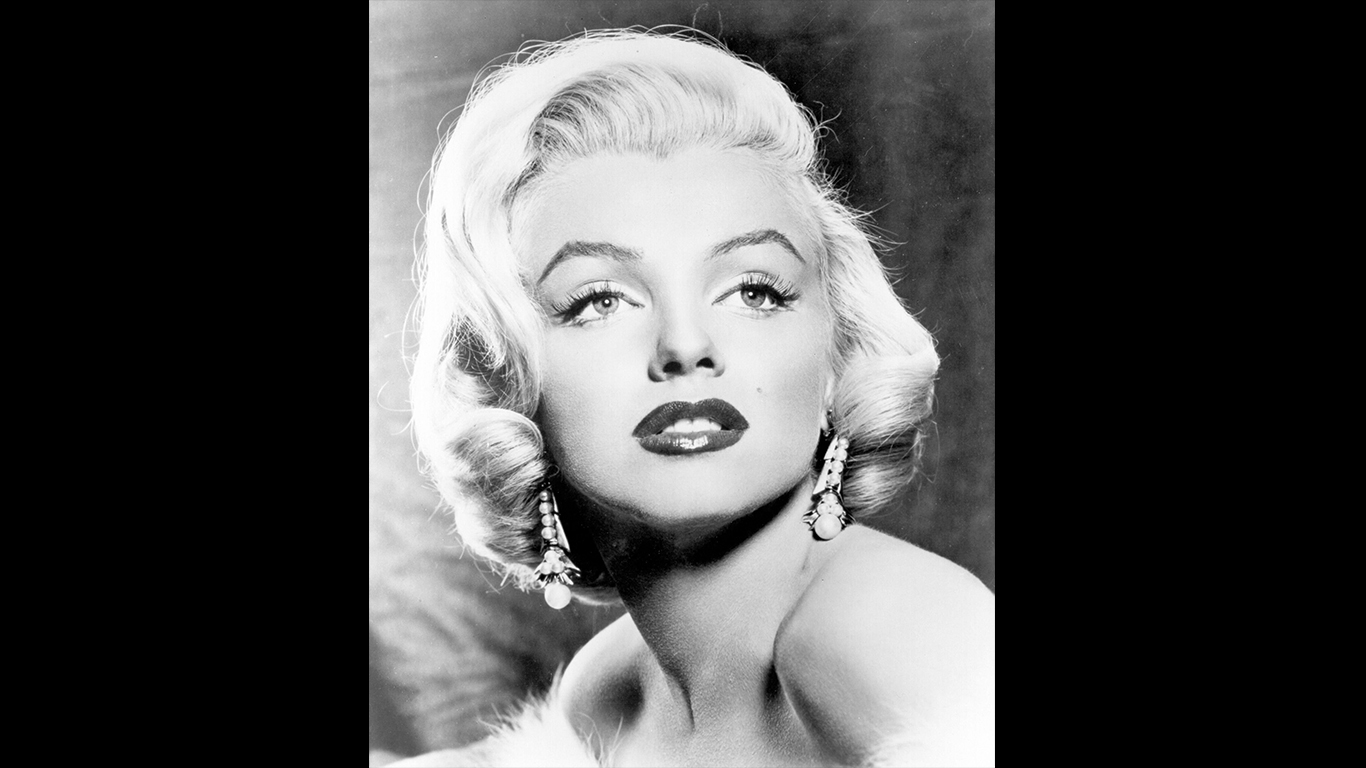
42.
JFK allegedly had an affair with actress Marilyn Monroe.

43.
One of his legs was shorter than the other, contributing to his chronic back pain.
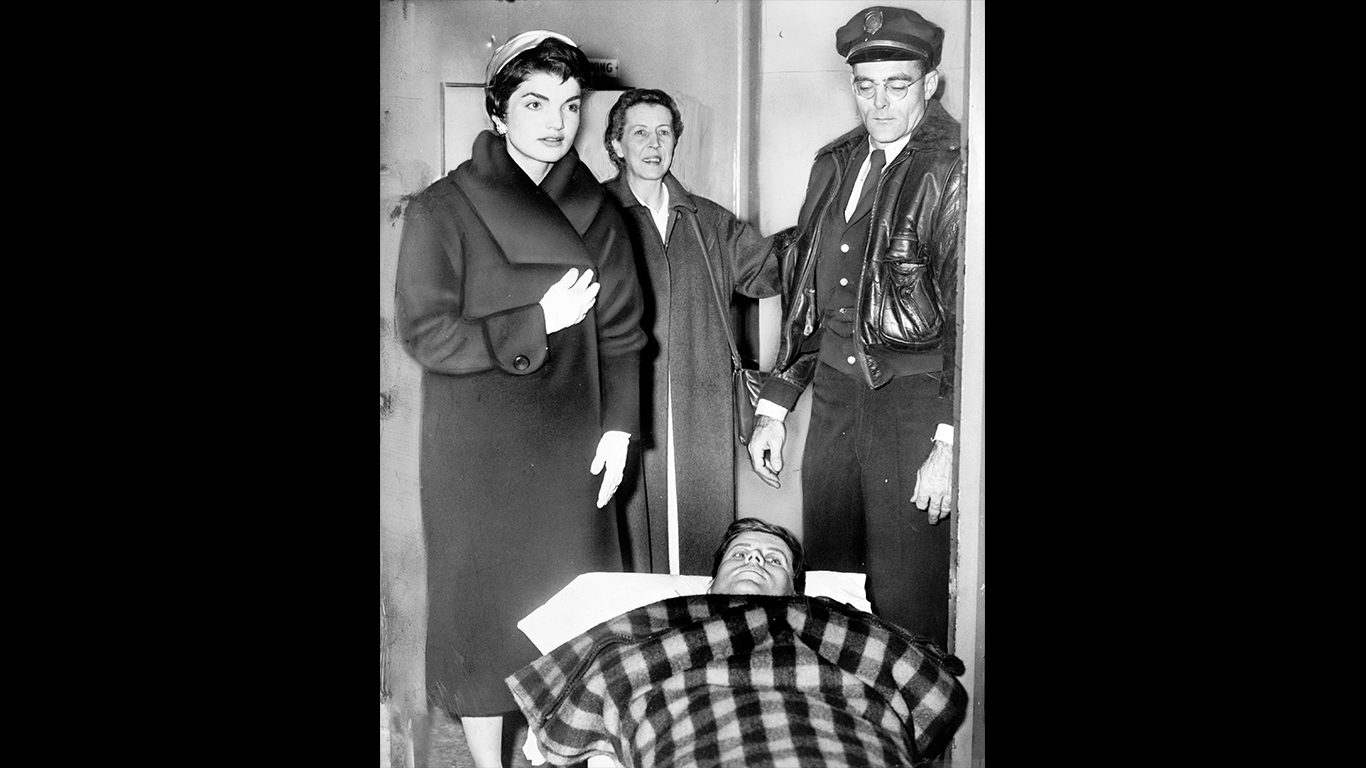
44.
His back problems became more serious in the 1950s, and he had several operations.
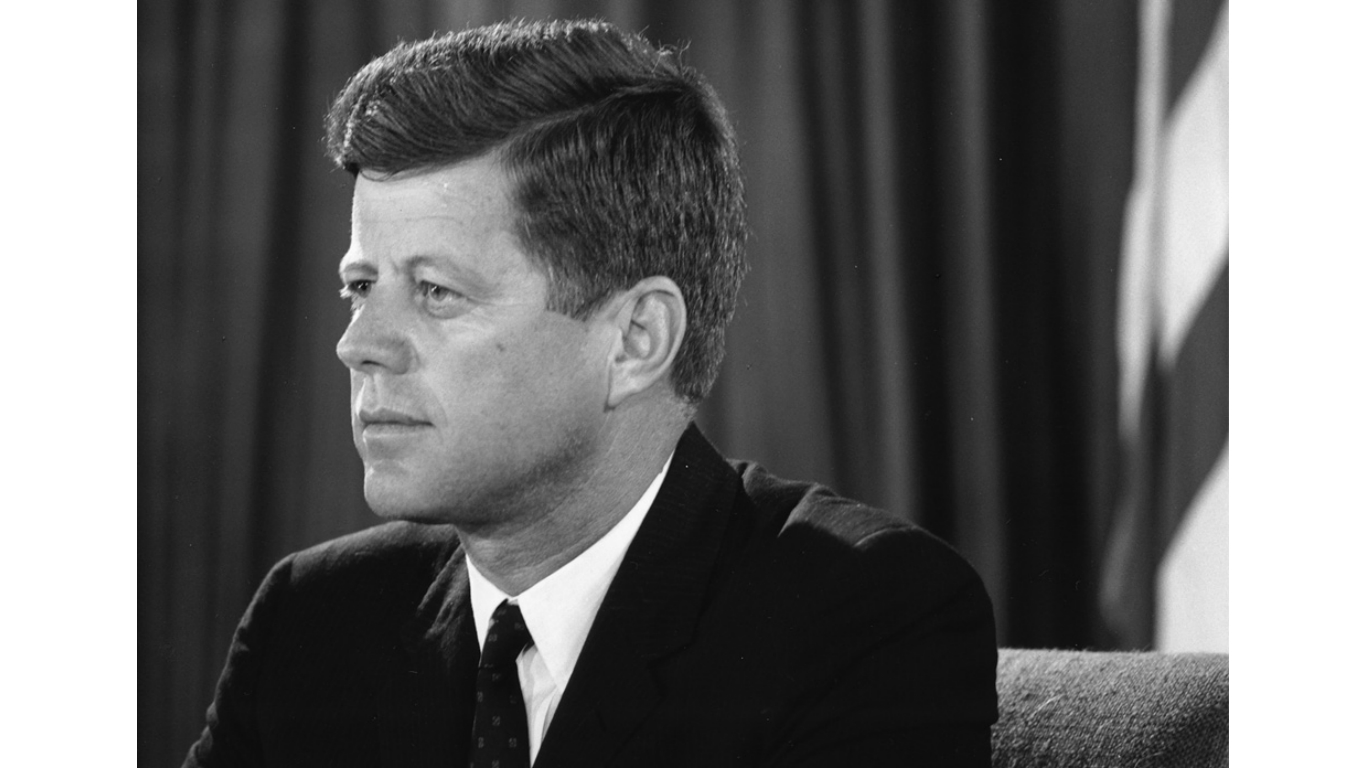
45.
Kennedy also suffered from Addison’s disease, a condition of the adrenal glands characterized by a deficiency of the hormones needed to regulate blood sugar, sodium, and potassium.
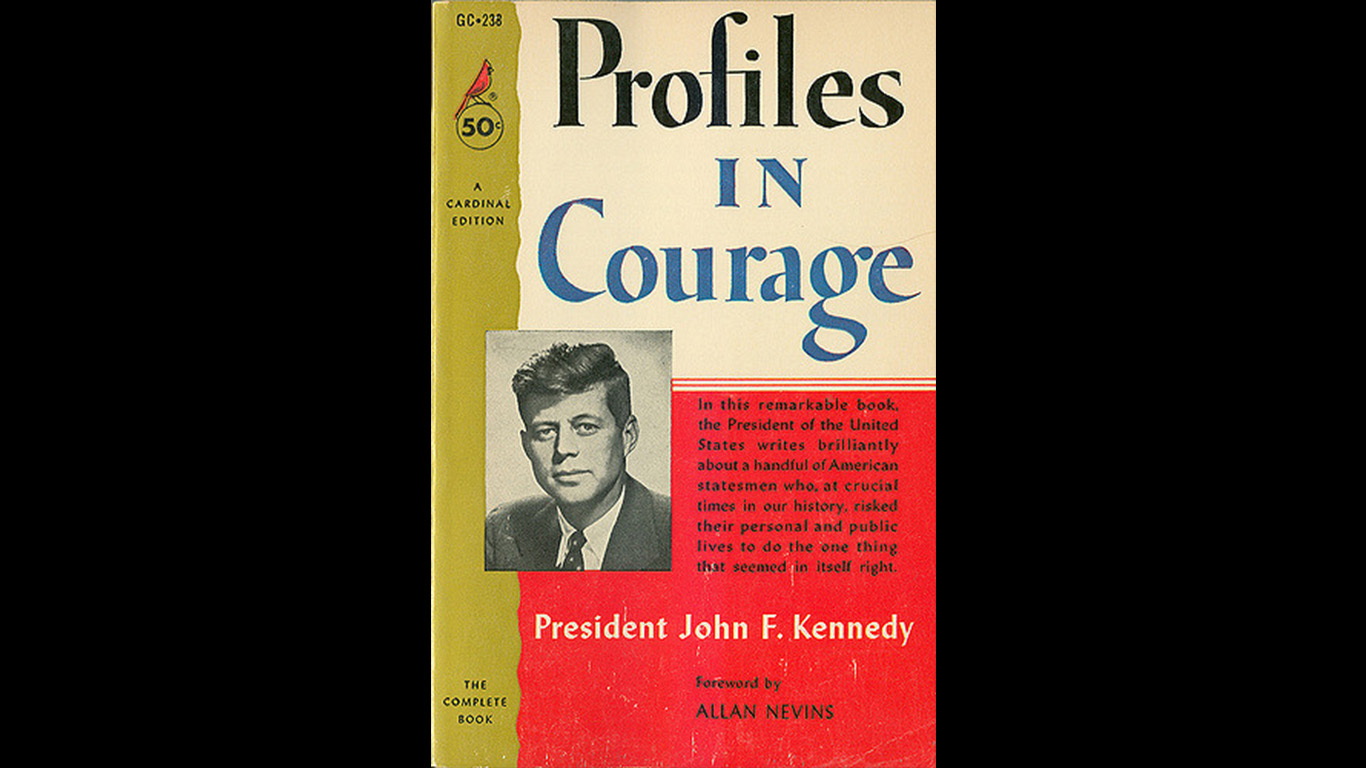
46.
Kennedy wrote “Profiles in Courage,’’ which won the Pulitzer Prize for biography in 1957, though much of the book may have been ghostwritten by Theodore Sorensen.
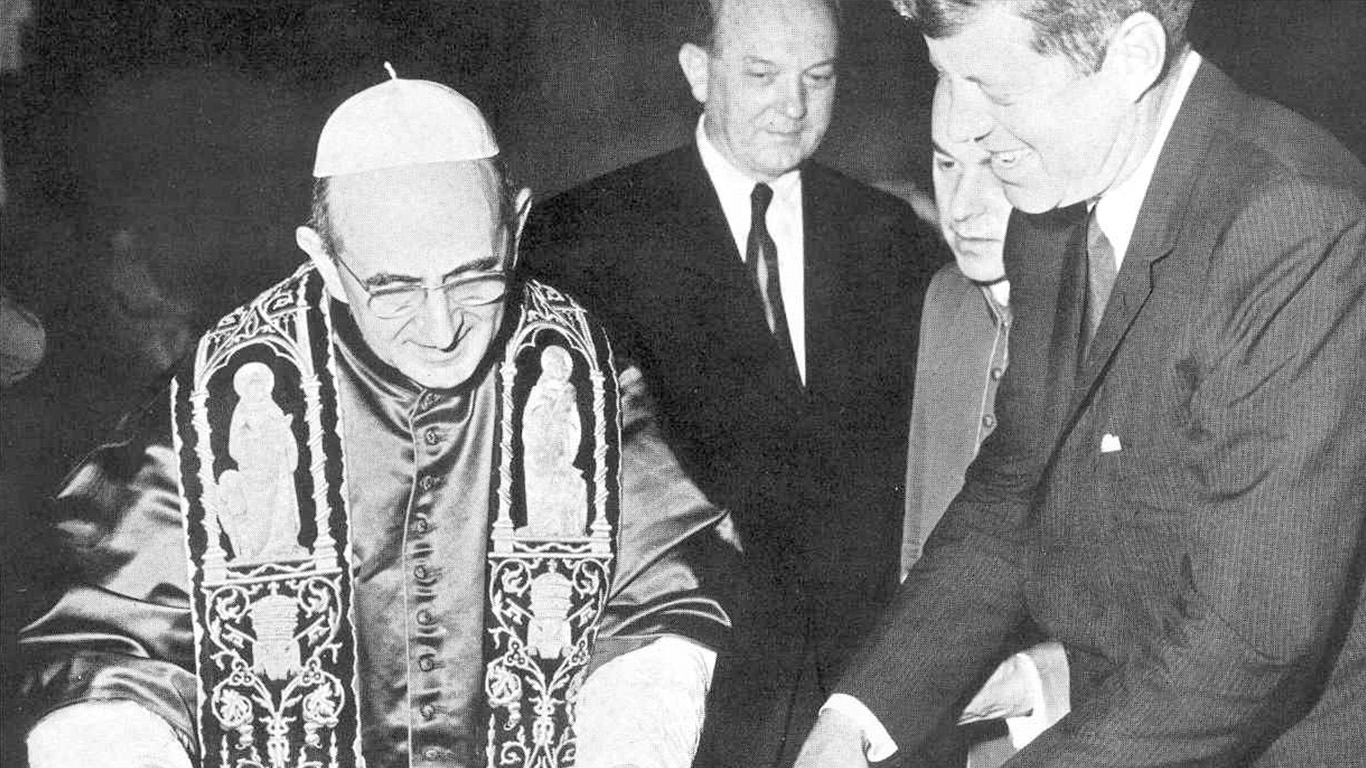
47.
Kennedy, who had serious health issues throughout his life, received the Catholic sacramental last rites on four different occasions before he was assassinated.
[in-text-ad-2]
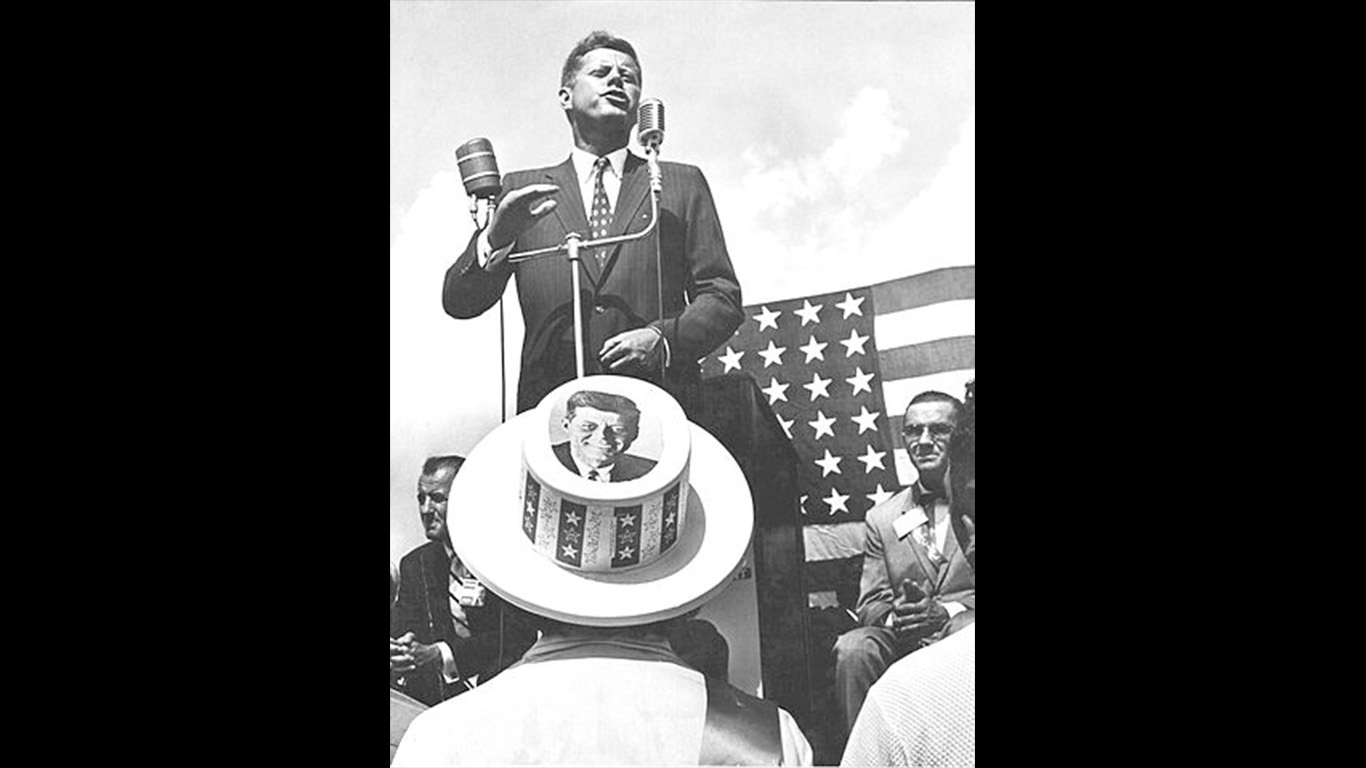
48.
He was nominated for president in 1960, defeating, among others, Hubert Humphrey and Lyndon Johnson, each of whom would run for president in the 1960s.
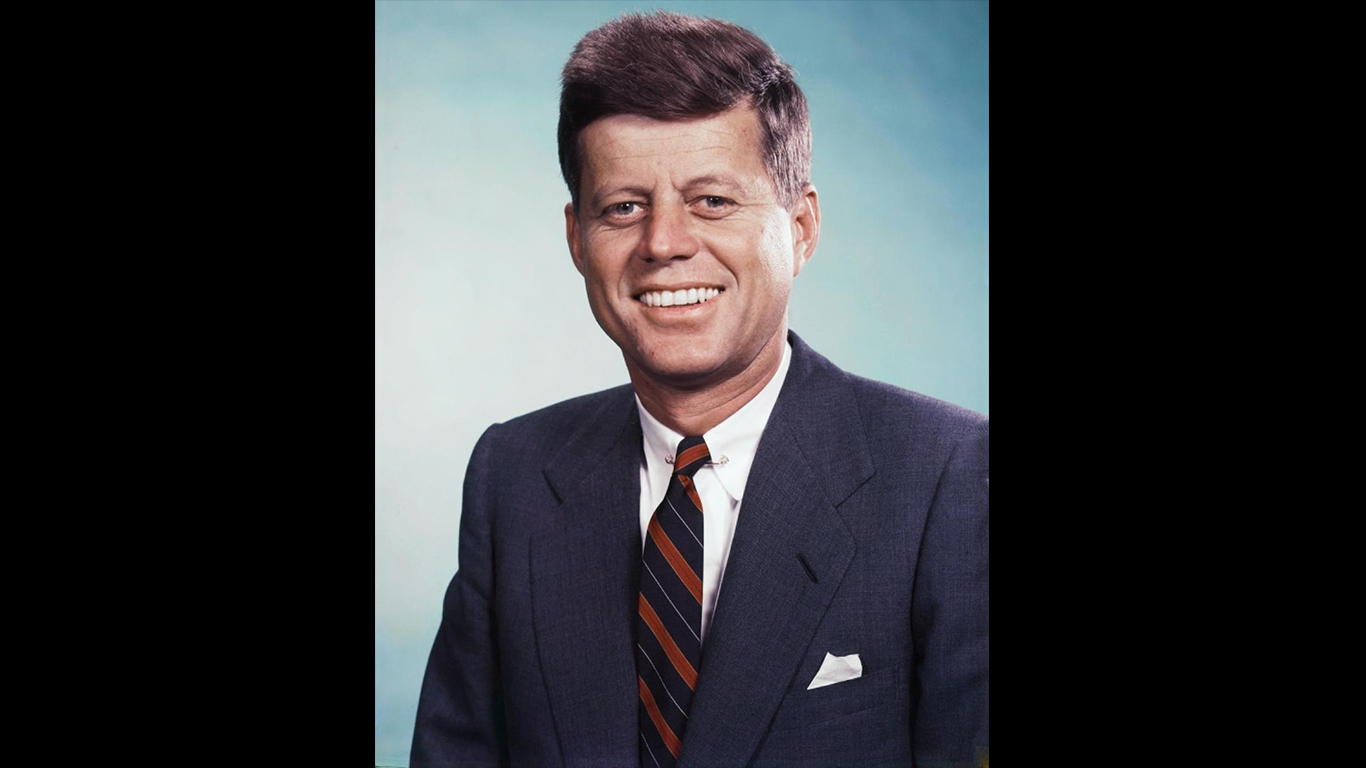
49.
Kennedy addressed voters’ concerns about his religion in a speech in Houston in September 1960, emphasizing his support for the separation of church and state.

50.
During the West Virginia primary, the Kennedy campaign mailed 50,000 personally addressed letters signed by FDR Jr. to impress West Virginia families.
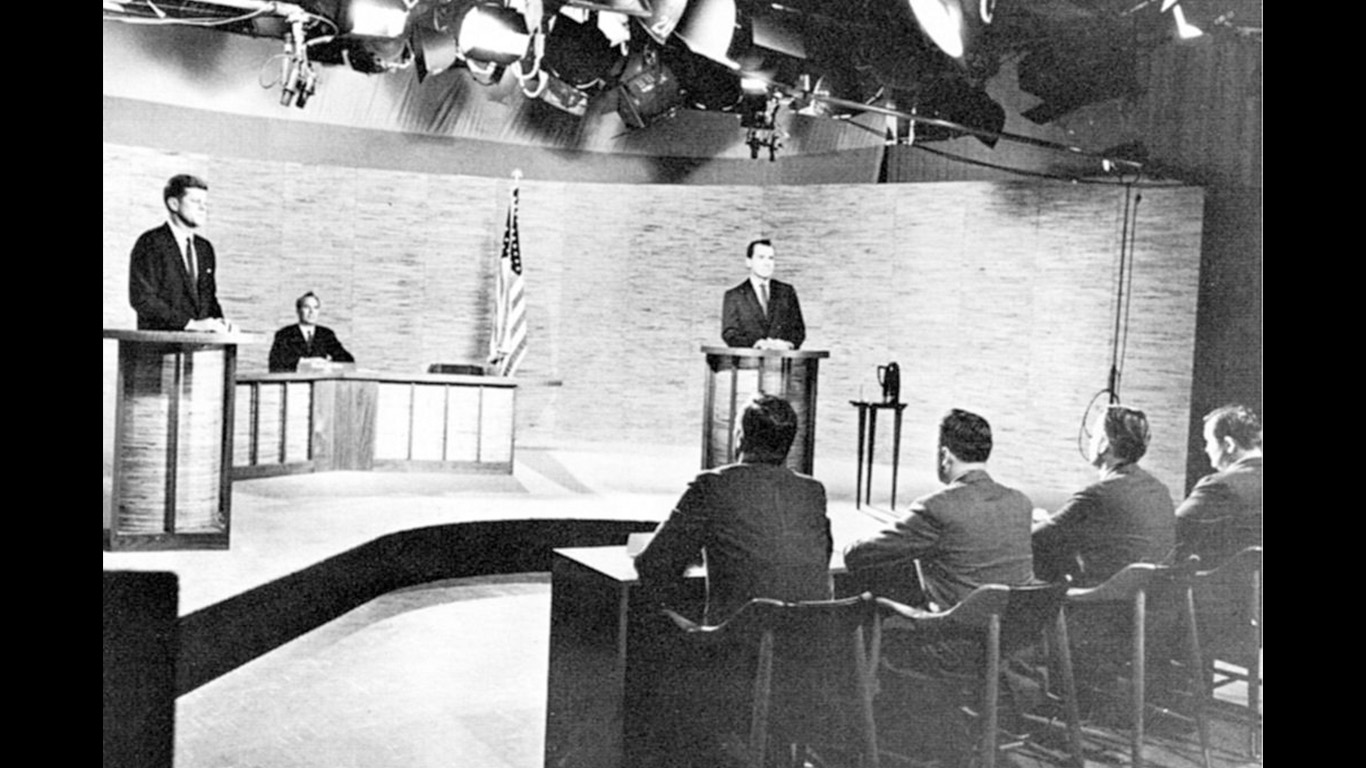
51.
Kennedy faced Republican candidate Richard Nixon in the first televised presidential debate that probably swung the election in his favor. The first debate was viewed by 70 million people.
[in-text-ad]
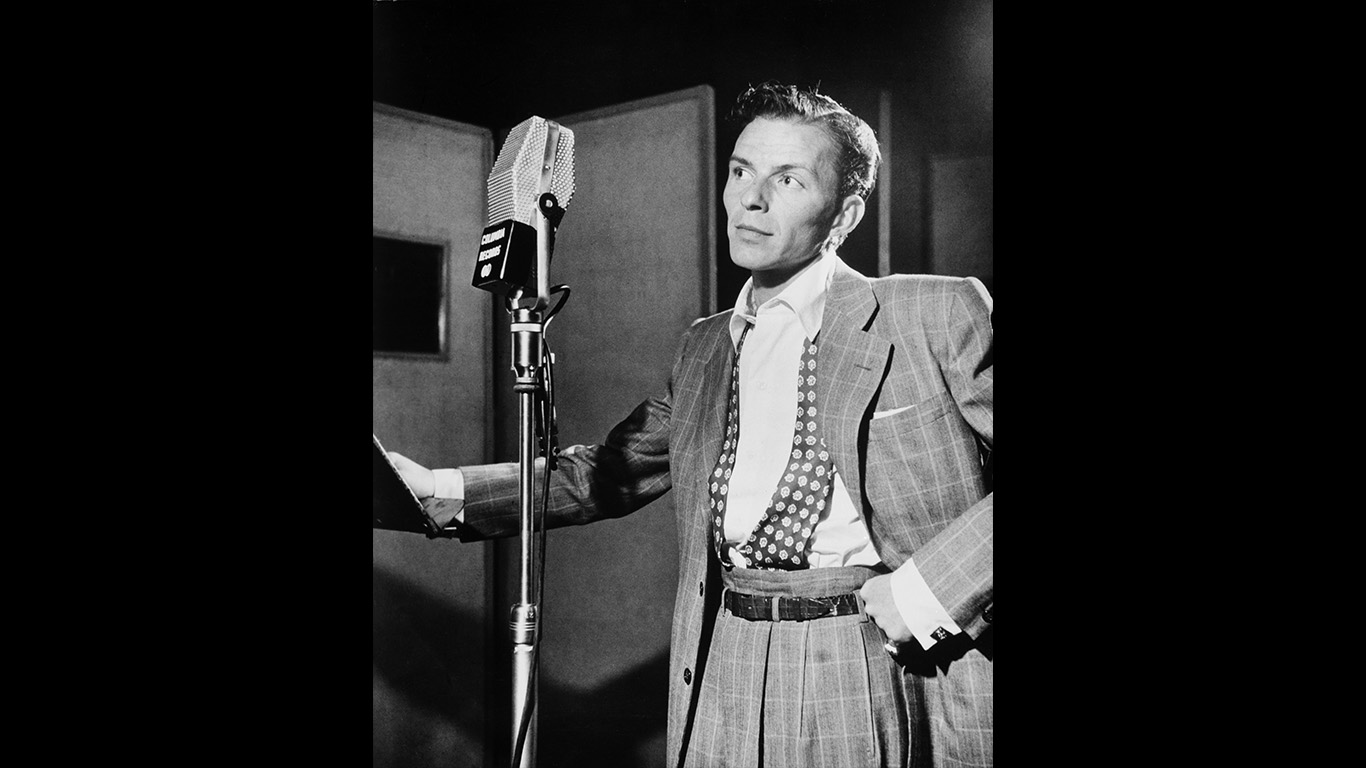
52.
The JFK presidential campaign song “High Hopes’’ was sung by Frank Sinatra.
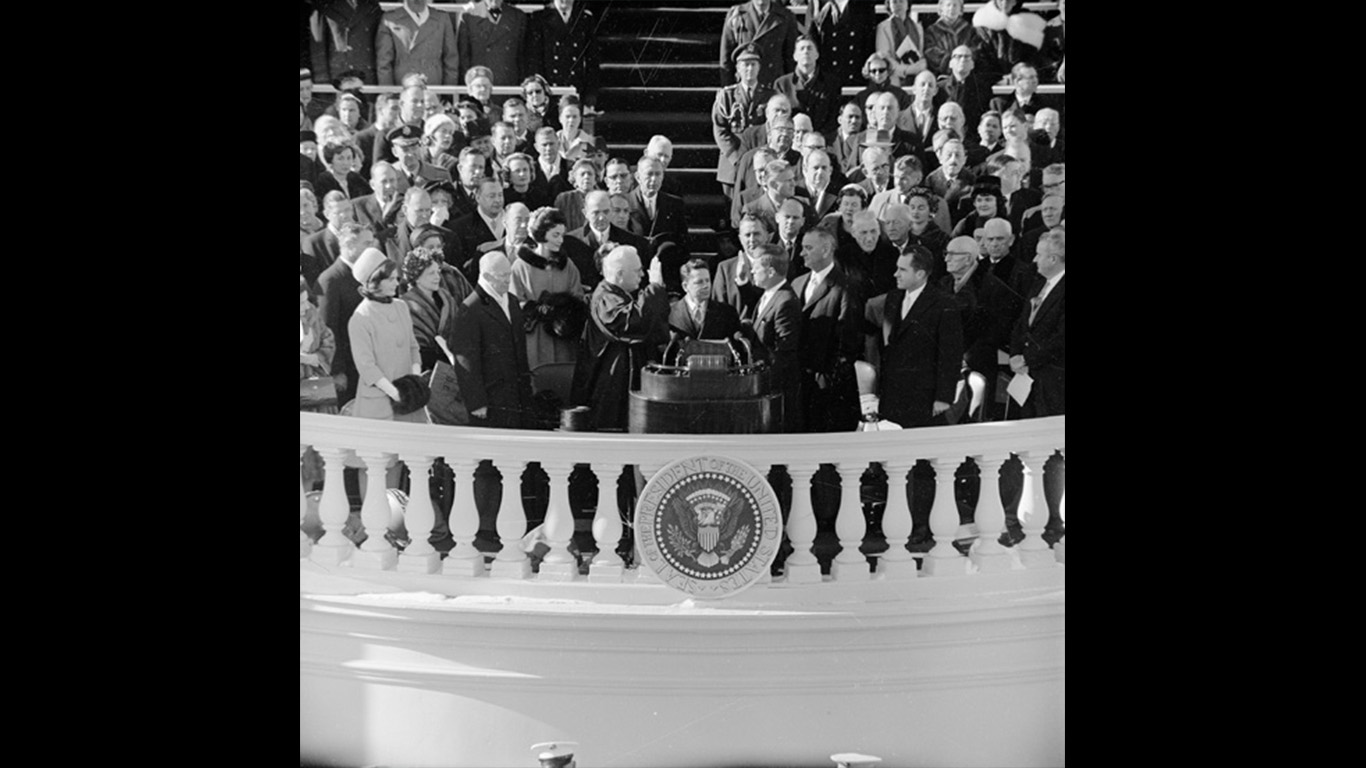
53.
He was the youngest man elected president, at age 43.
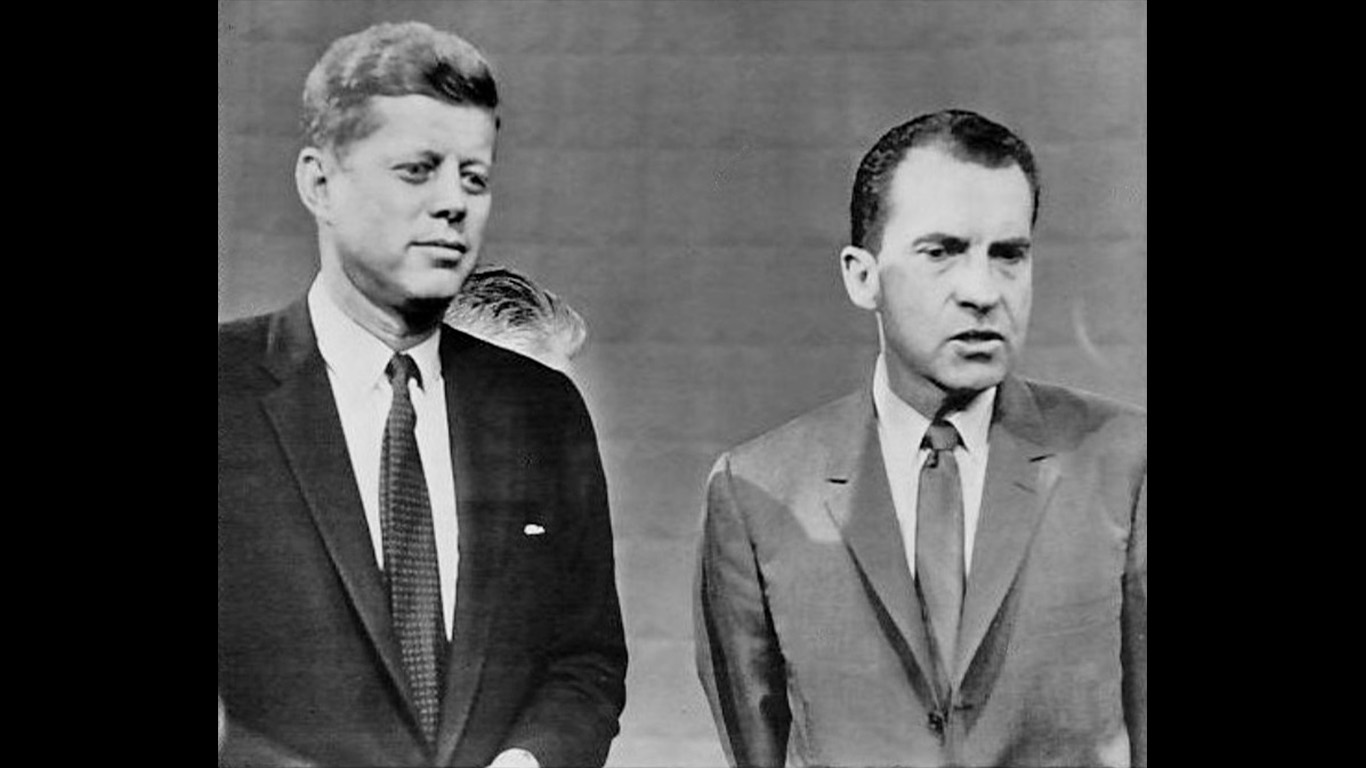
54.
He defeated Nixon in a tightly contested race, winning by fewer than 120,000 votes.

55.
His inauguration speech sought a new activism among Americans and is among the most quoted inauguration speeches of any president.
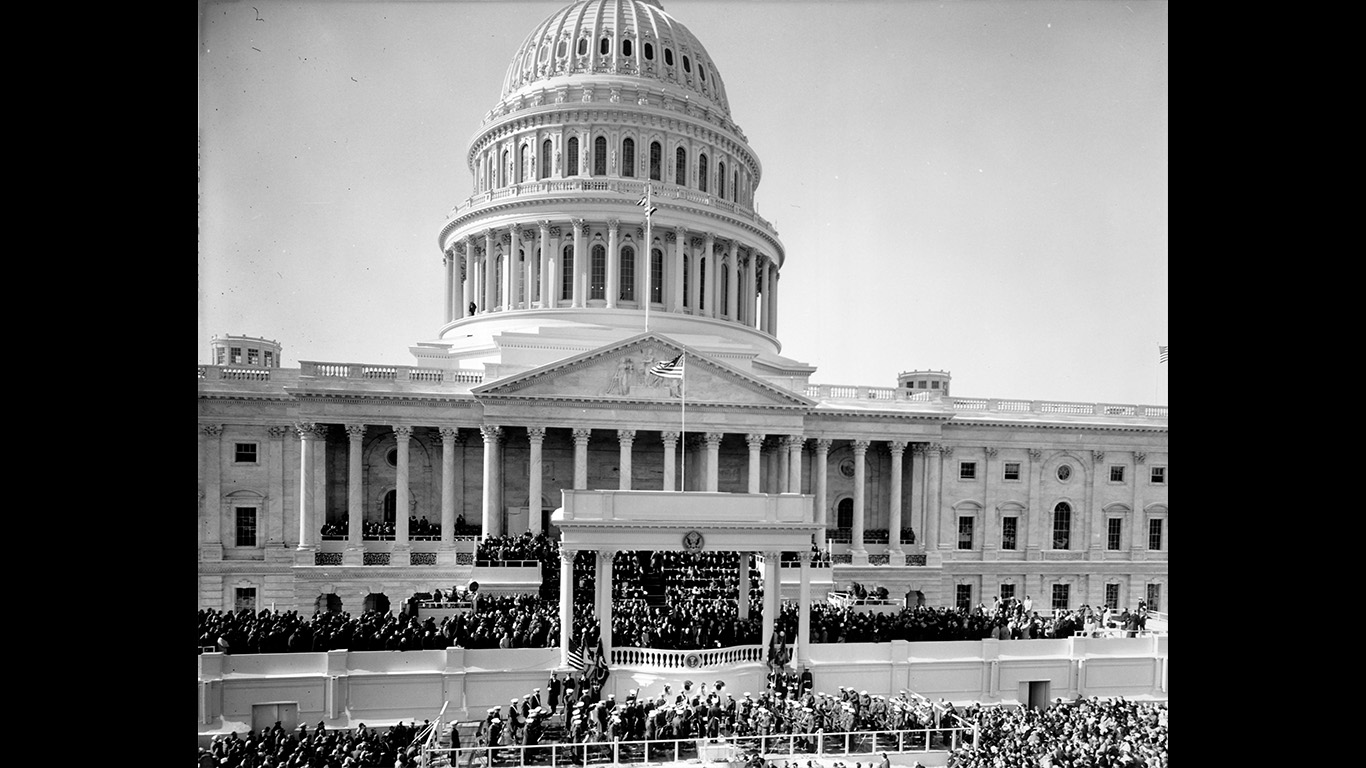
56.
He was the first president to dance with an African-American woman at the inaugural ball.
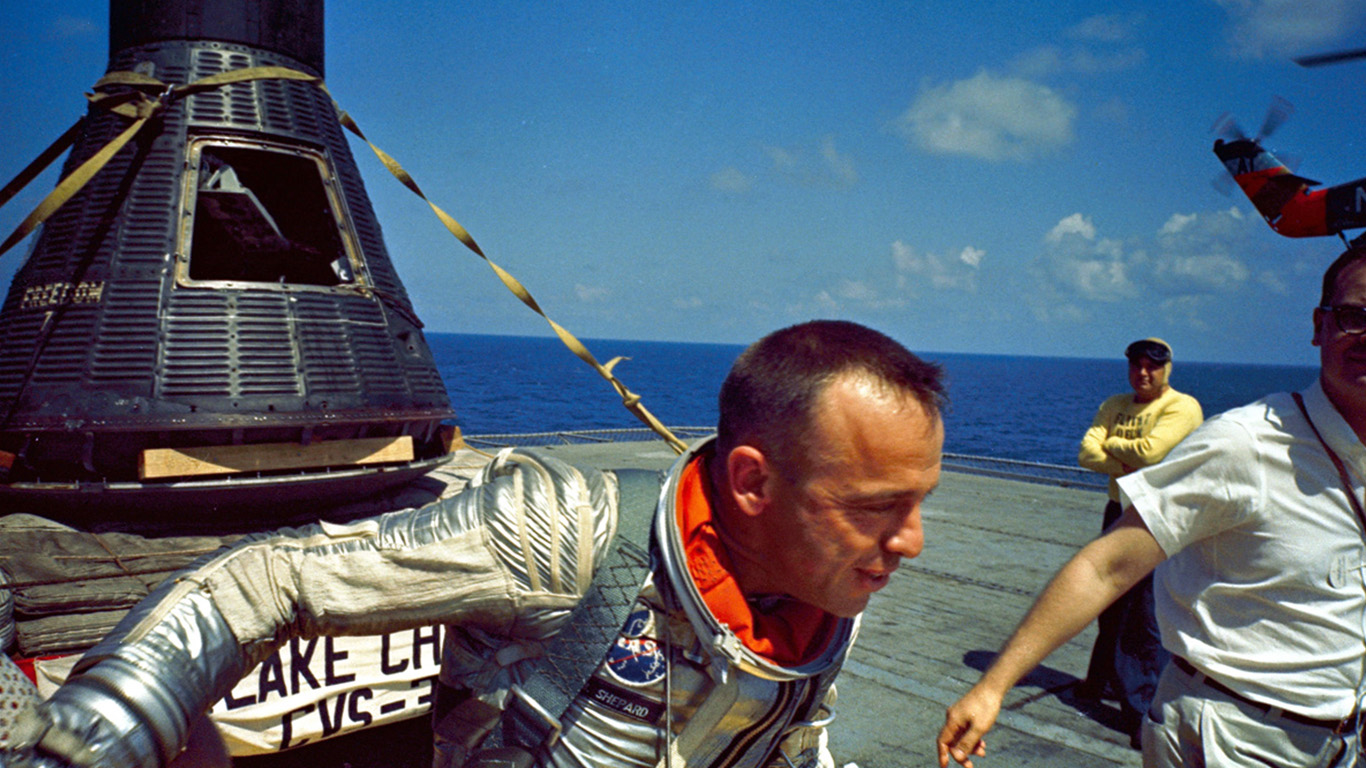
57.
Alan Shepard became the first American in space during Kennedy’s first year as president.
[in-text-ad-2]
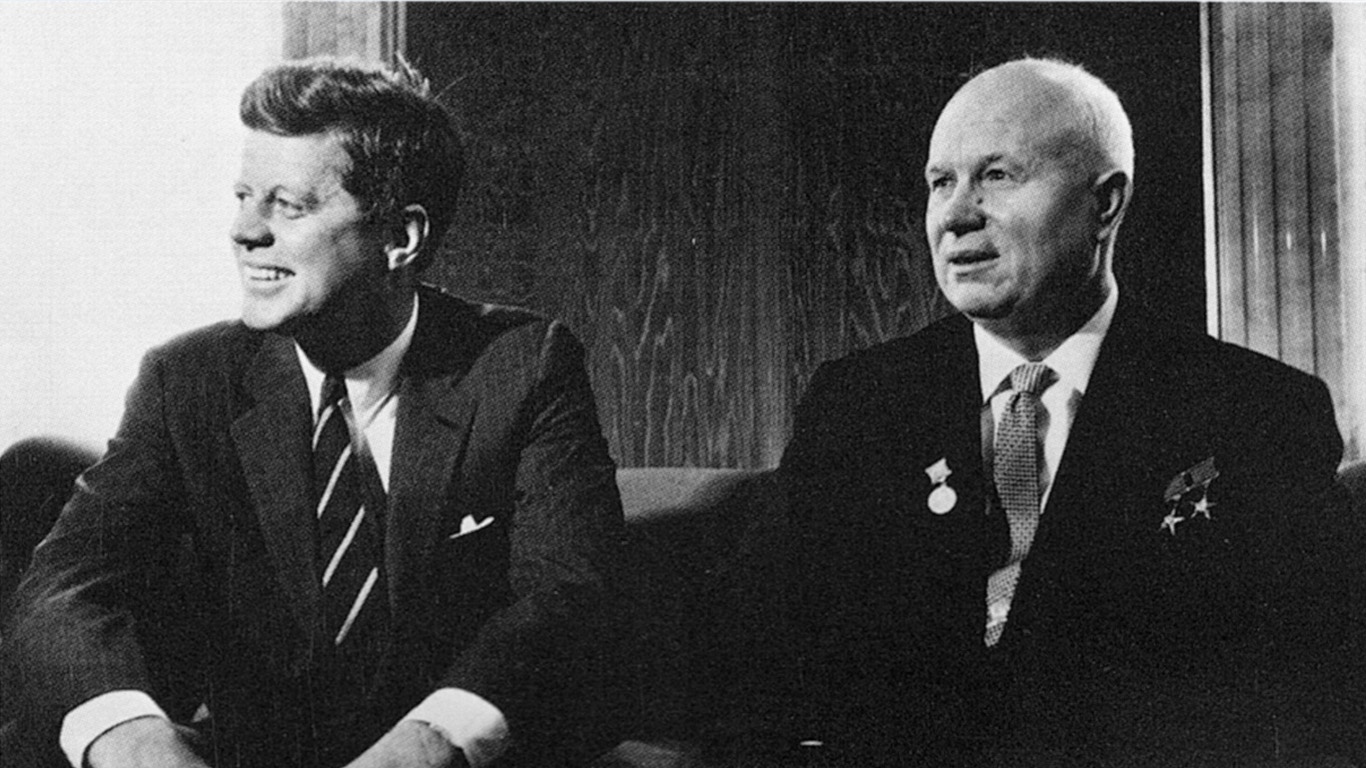
58.
Kennedy was so alarmed by the cost of the space program that by September 1963 he proposed that the United States and Soviet Union partner on a joint expedition to the moon.
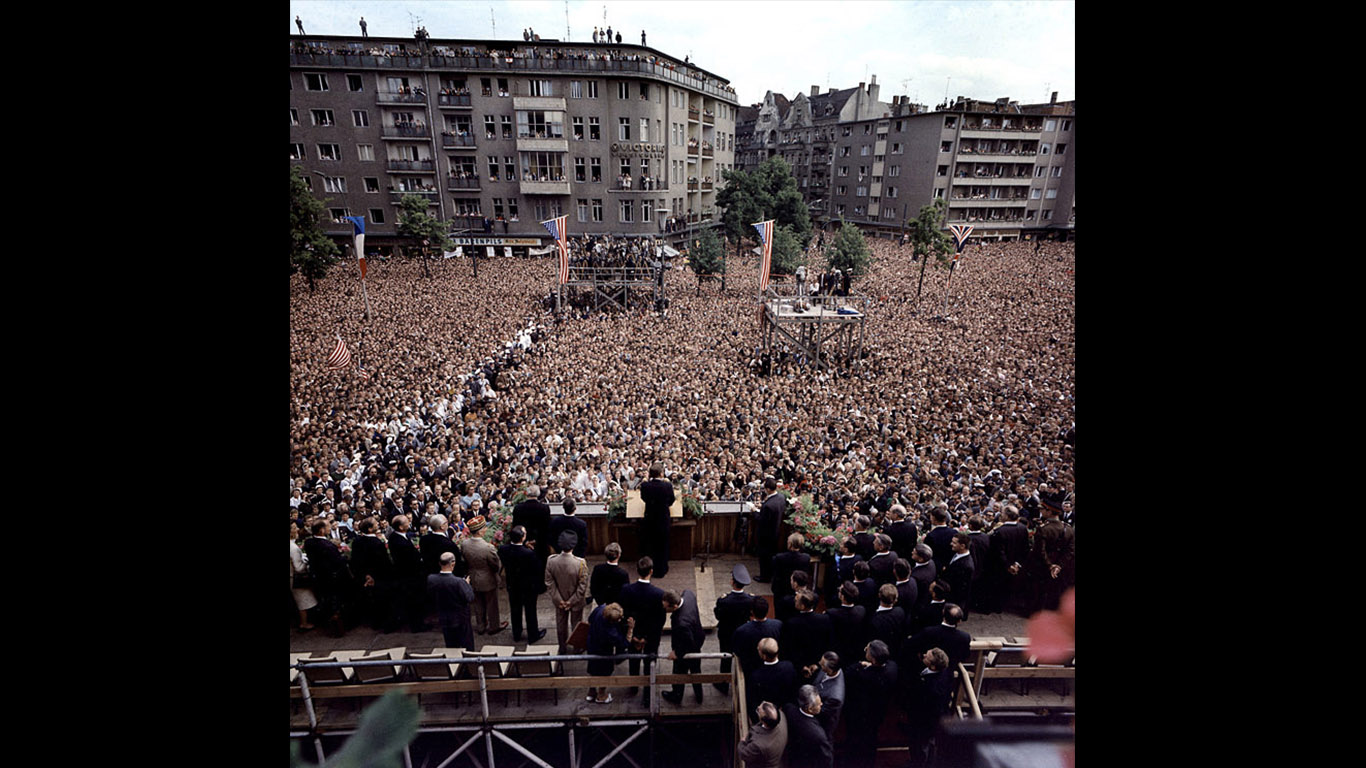
59.
His speech in 1962 on the steps of the Schöneberger City Hall in Berlin, which ended with the words “Ich bin ein Berliner,” would immortalize him.
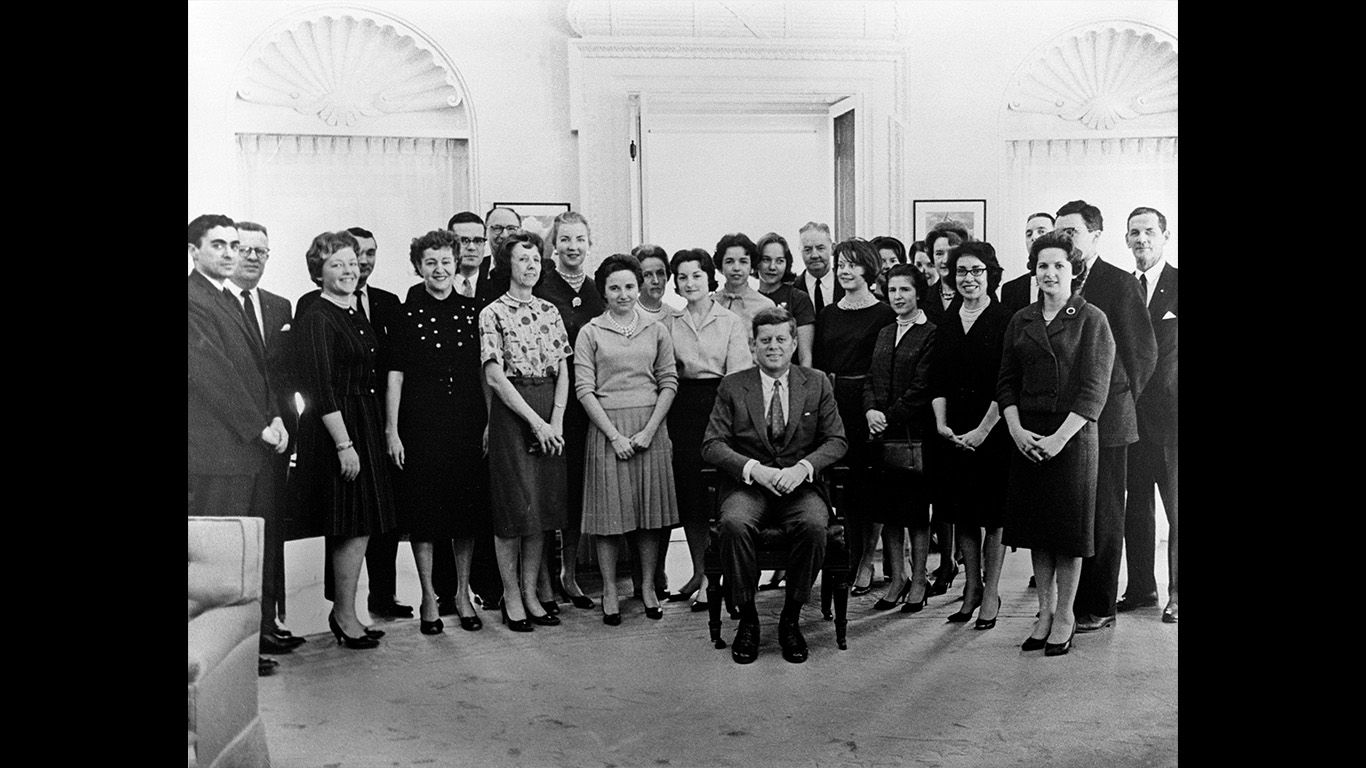
60.
His executive order in January 1962 allowed federal workers to collectively bargain for the first time.
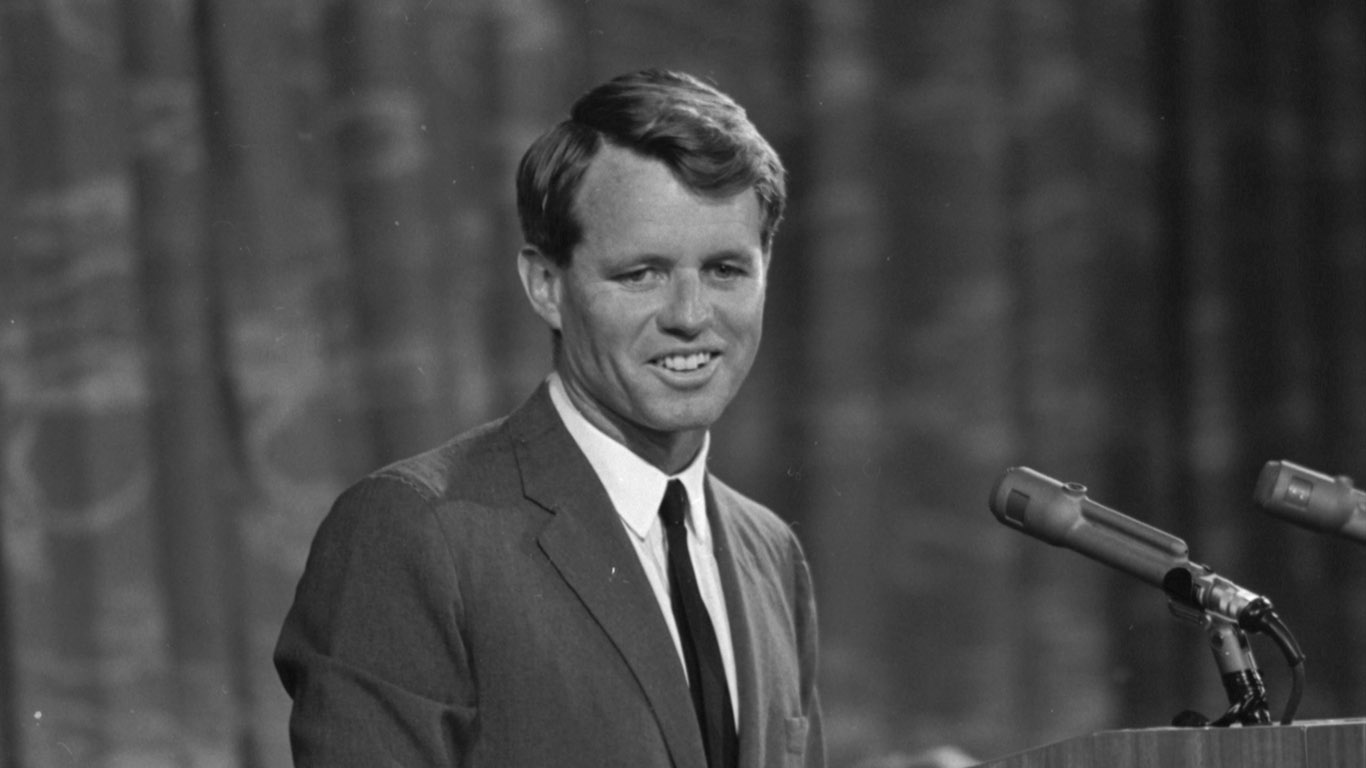
61.
Kennedy named his brother Robert as U.S. attorney general. President Johnson in 1967 signed into law a nepotism statute that prevents a president from naming a family member to the Cabinet.
[in-text-ad]
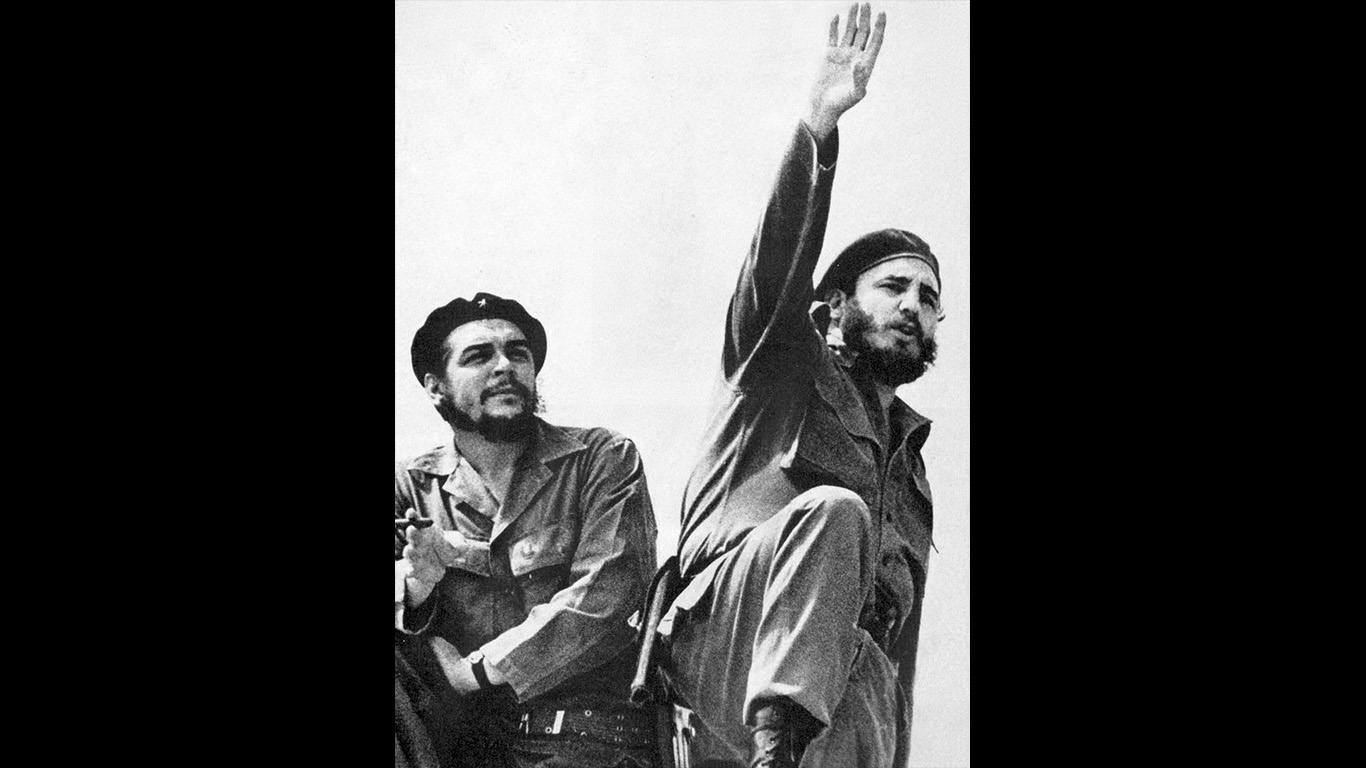
62.
He faced the Bay of Pigs crisis — a failed attempt by the CIA to remove Fidel Castro from power in Cuba within a few months of his presidency.
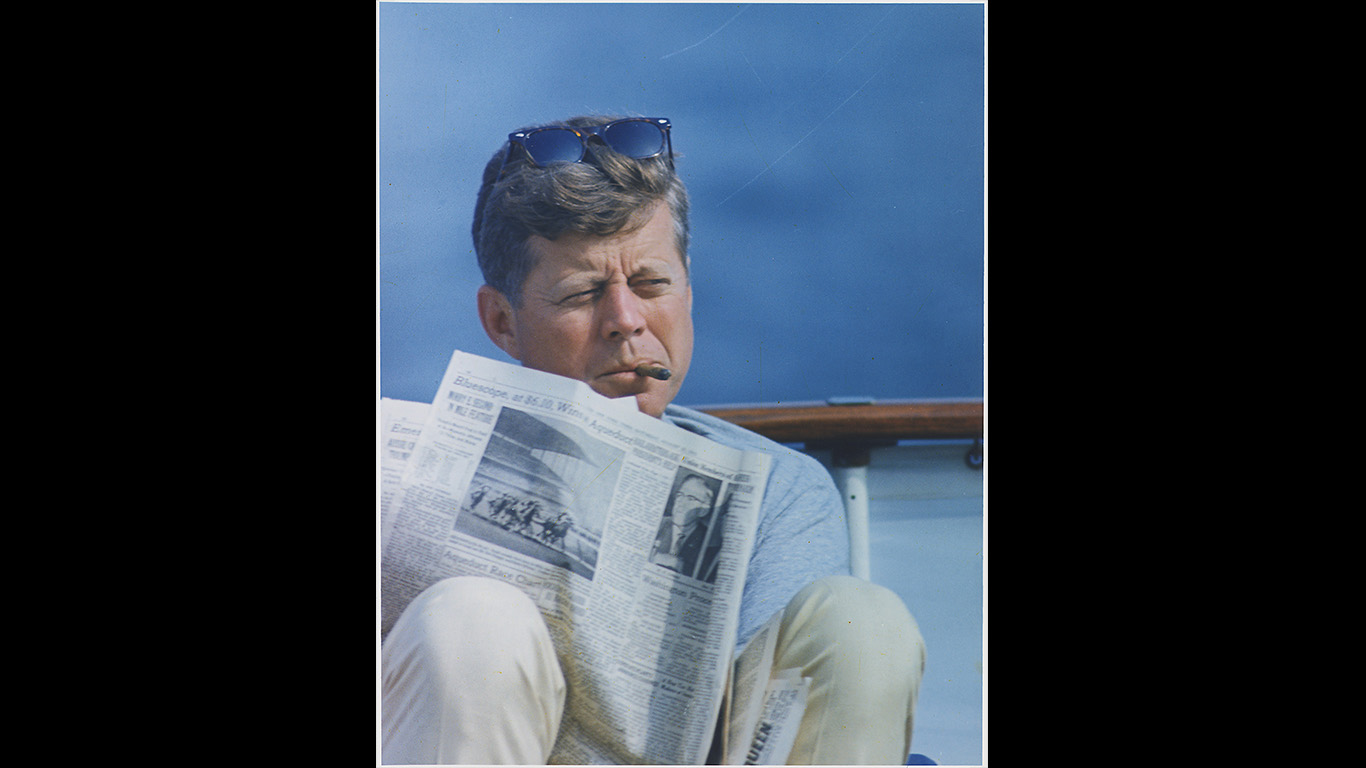
63.
Kennedy smoked four to five cigars a day and preferred H. Upmann Petits.
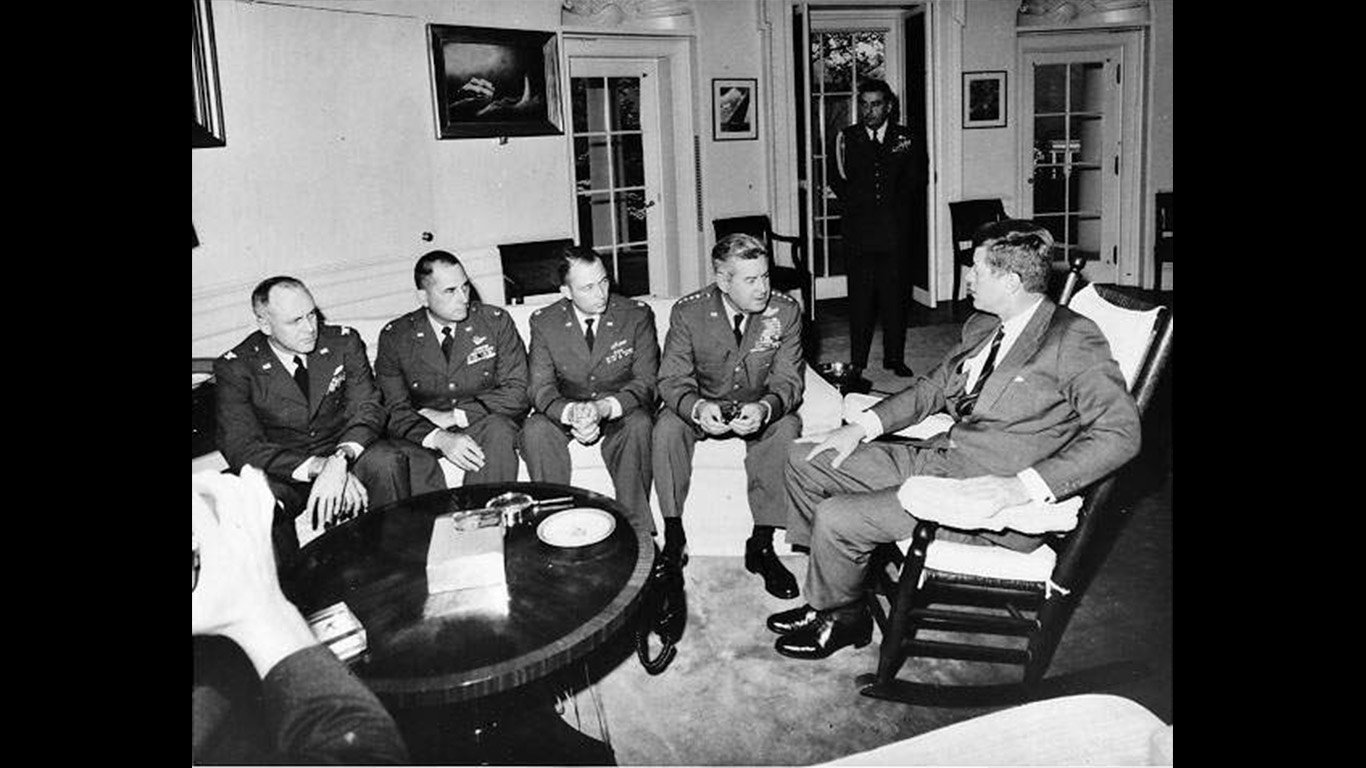
64.
The Cuban Missile crisis in October 1962, which lasted 13 days, brought the world to the brink of nuclear armageddon.
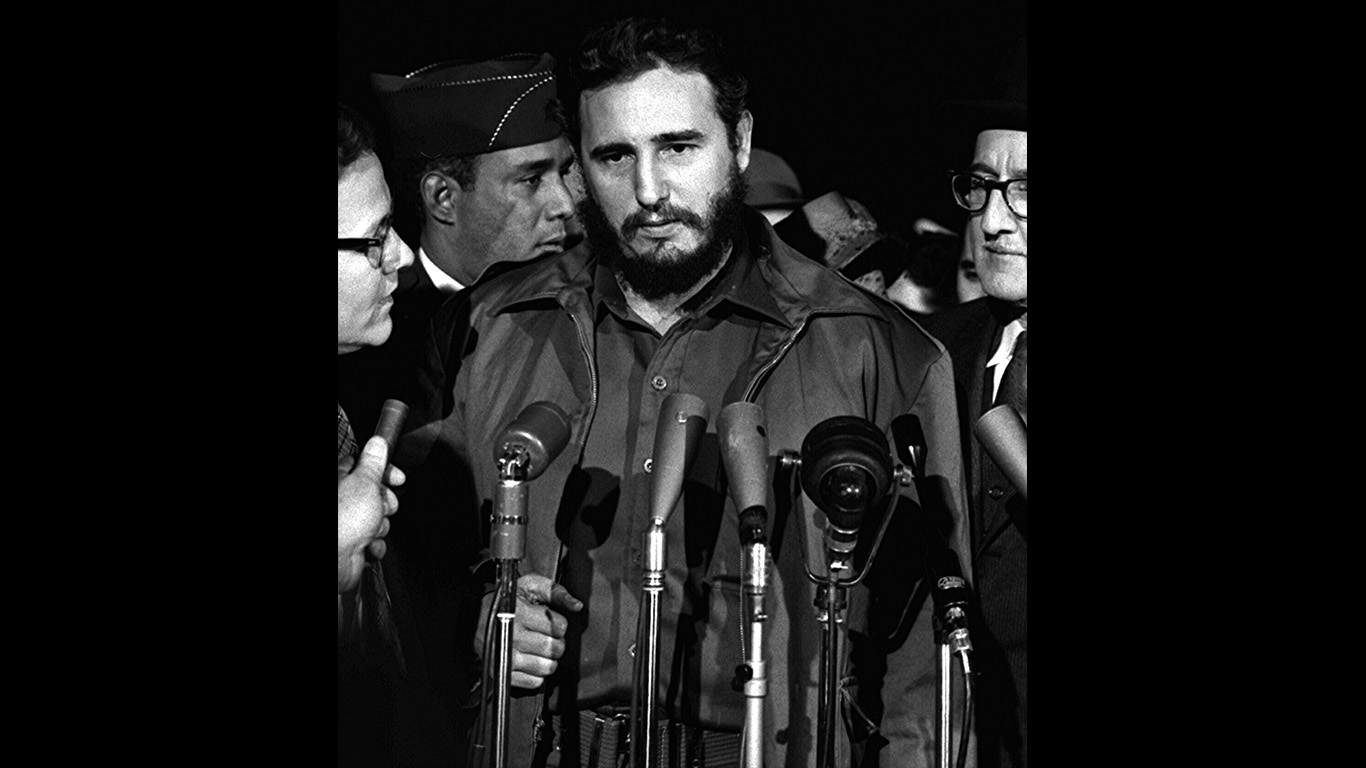
65.
JFK bought 1,200 hand-rolled Cuban cigars just before his administration imposed an embargo on the Caribbean island.
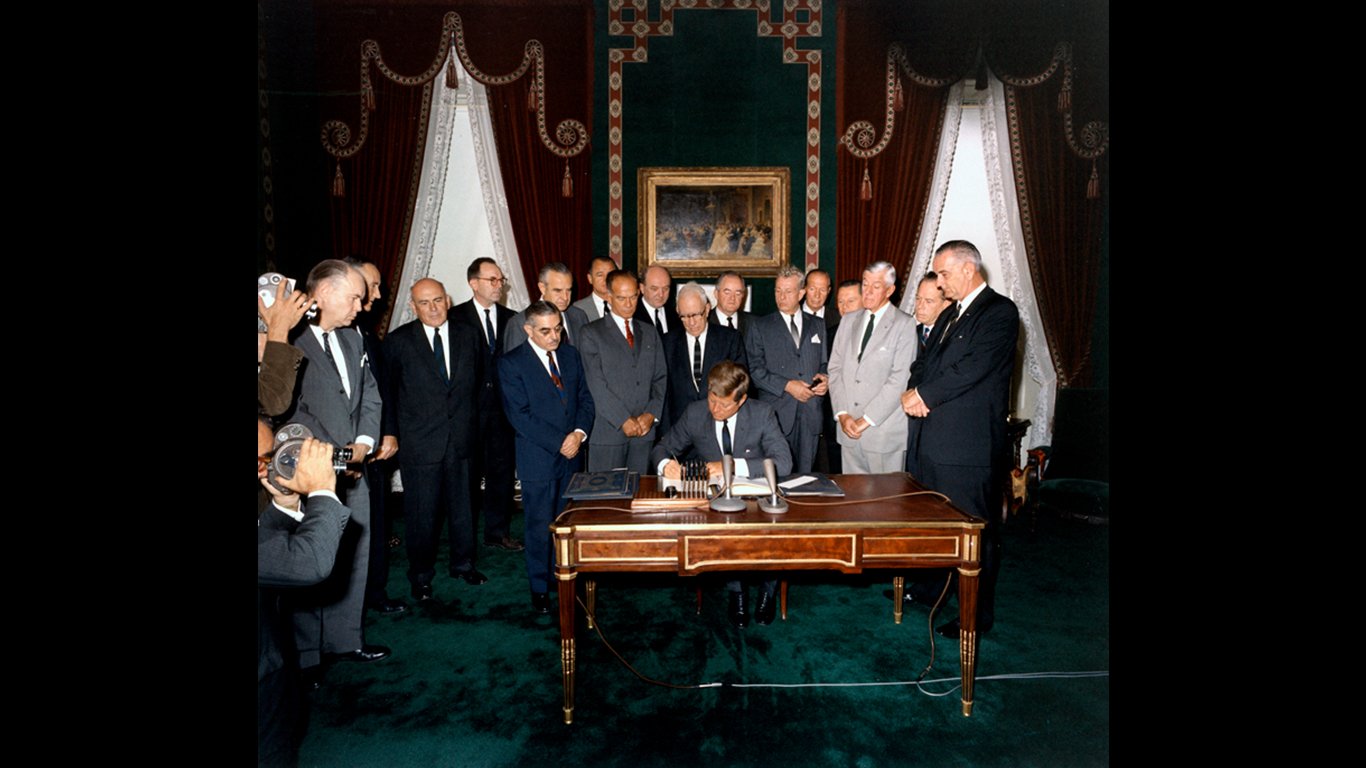
66.
The Cuban Missile crisis led to the creation of the nuclear test ban treaty with the Soviet Union.
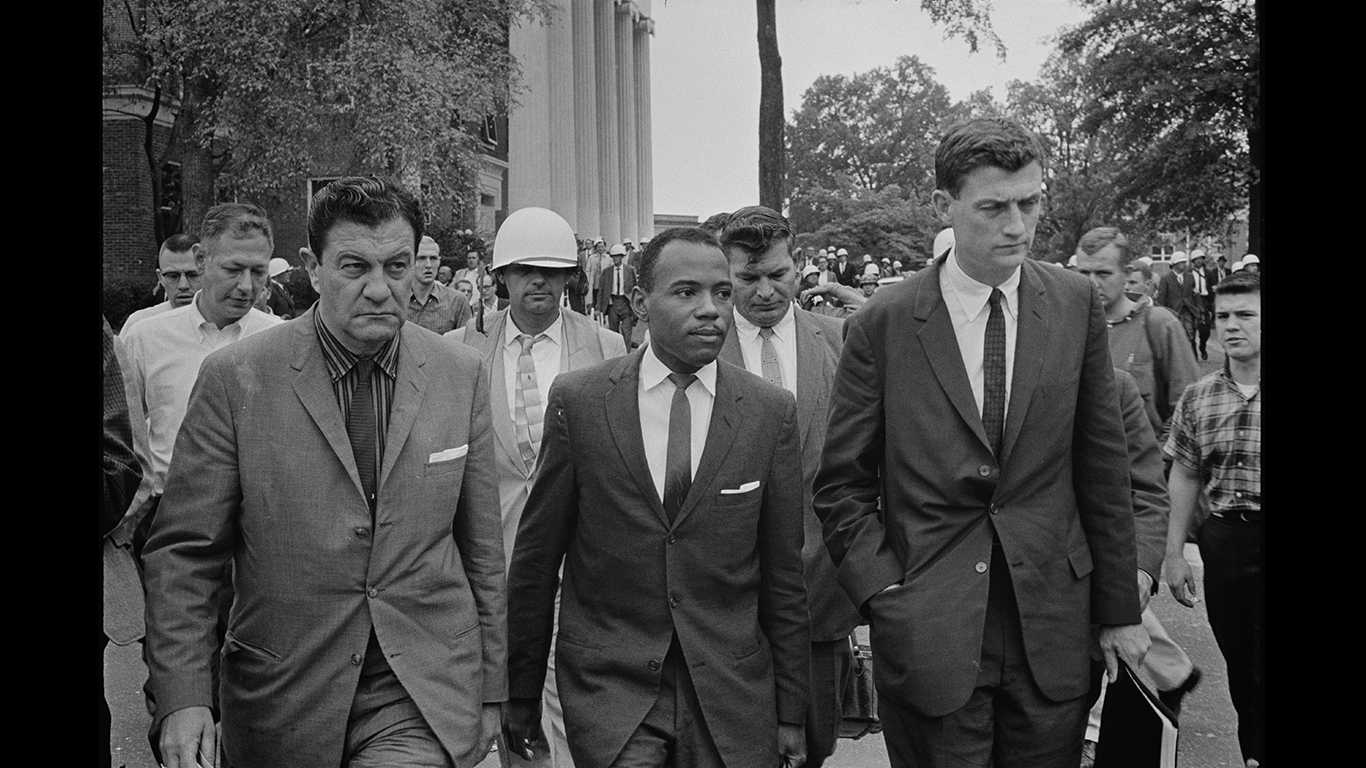
67.
He sent federal marshals to protect rights of an African-American student seeking to attend the University of Mississippi.
[in-text-ad-2]
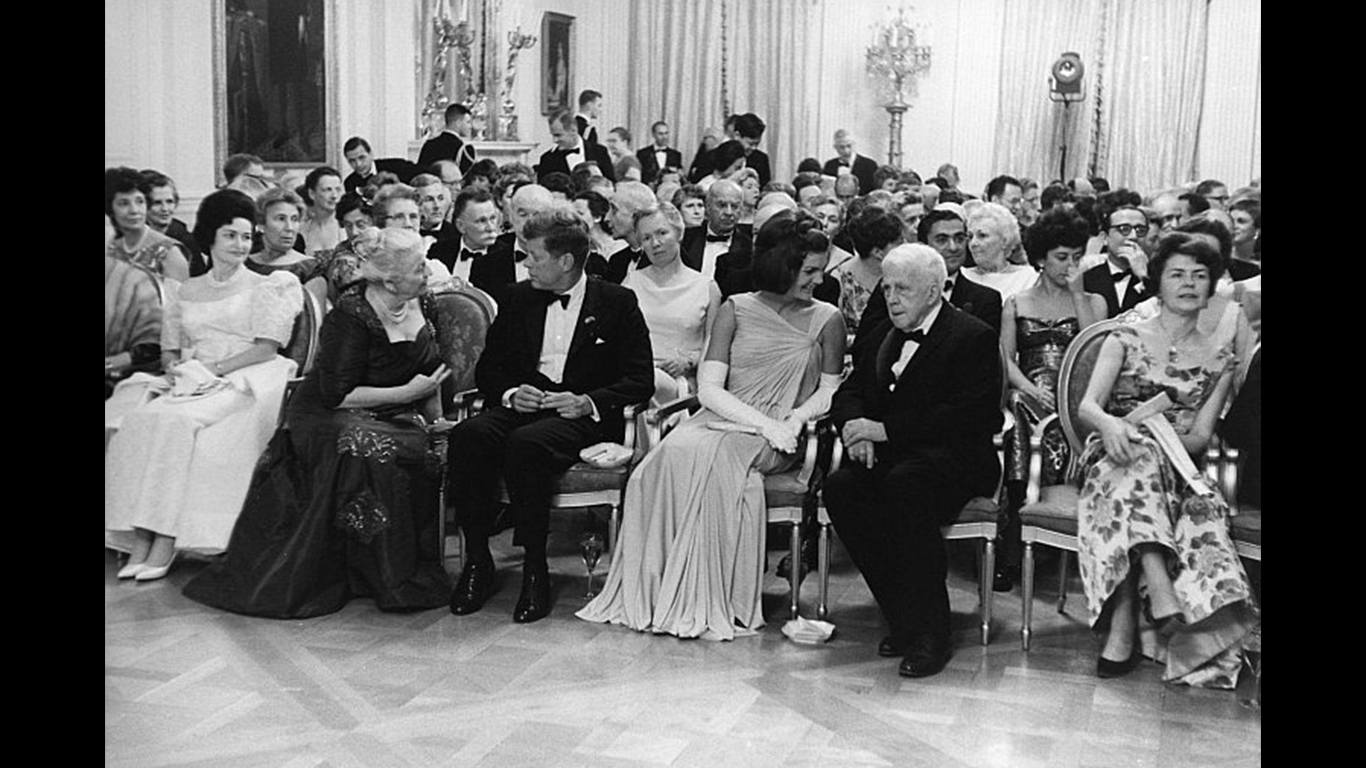
68.
His dinner for Nobel Prize winners in 1962 included Ralph Bunche, the widows of Ernest Hemingway and George Marshall, author Pearl Buck, and scientist Linus Pauling.
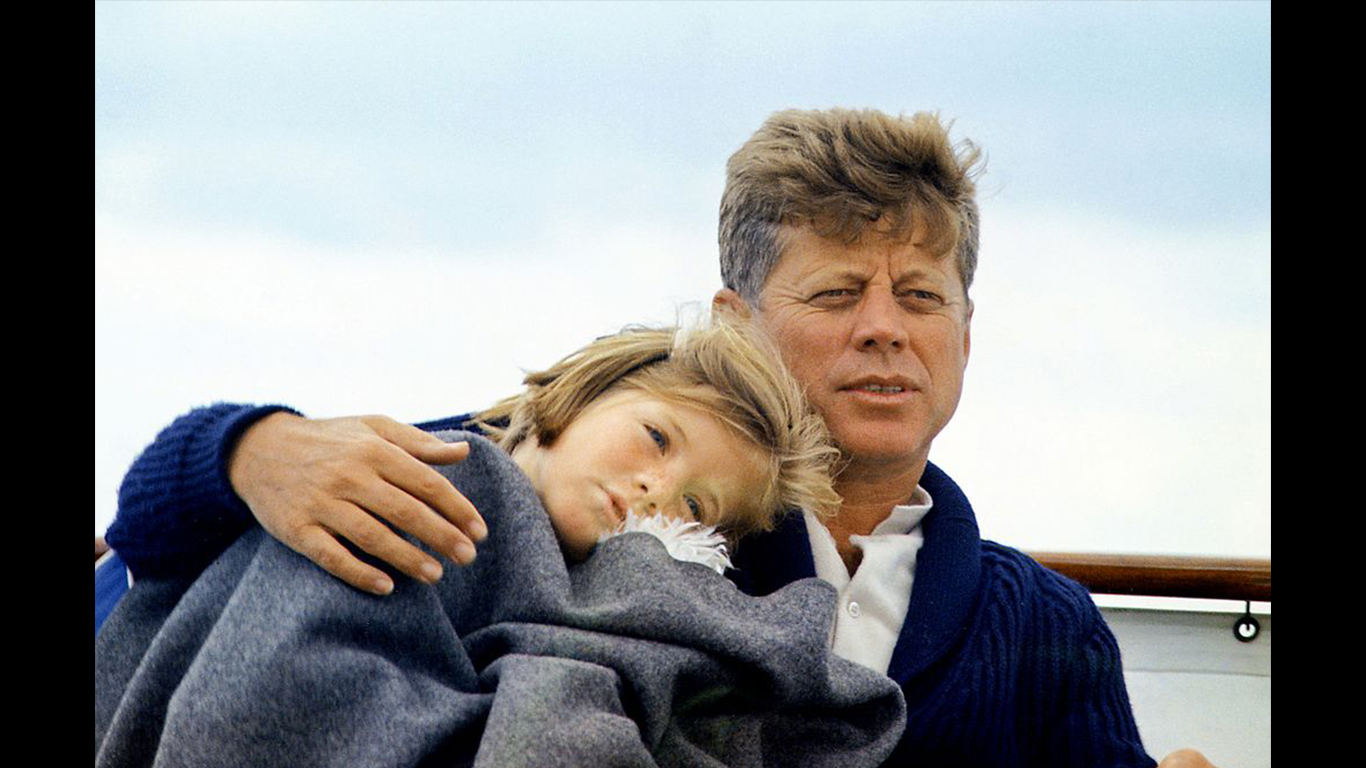
69.
Kennedy proposed a plan to reduce personal and business taxes in 1962 that eventually passed in 1964. Many economists credit the cuts for propelling the American economy in the 1960s.
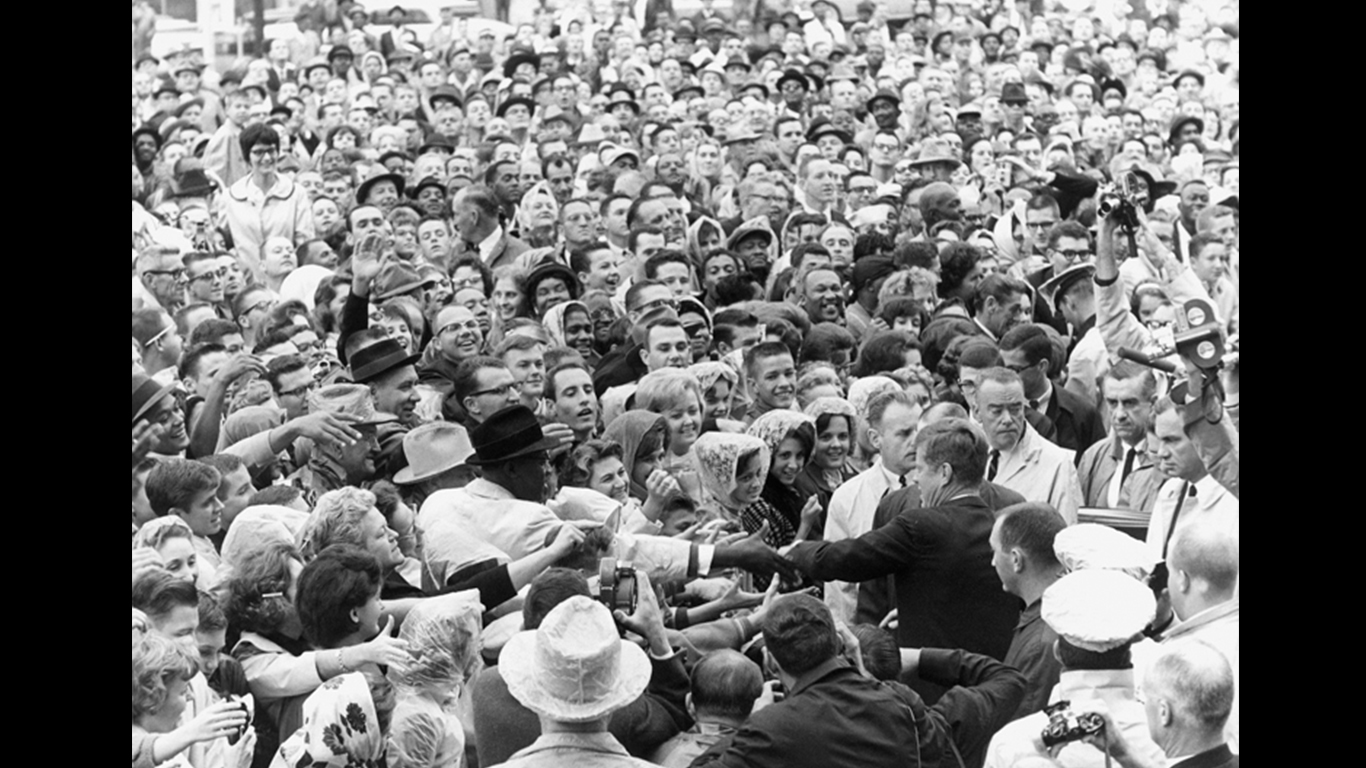
70.
During the Kennedy administration, U.S. economic growth averaged 4.3% annually.
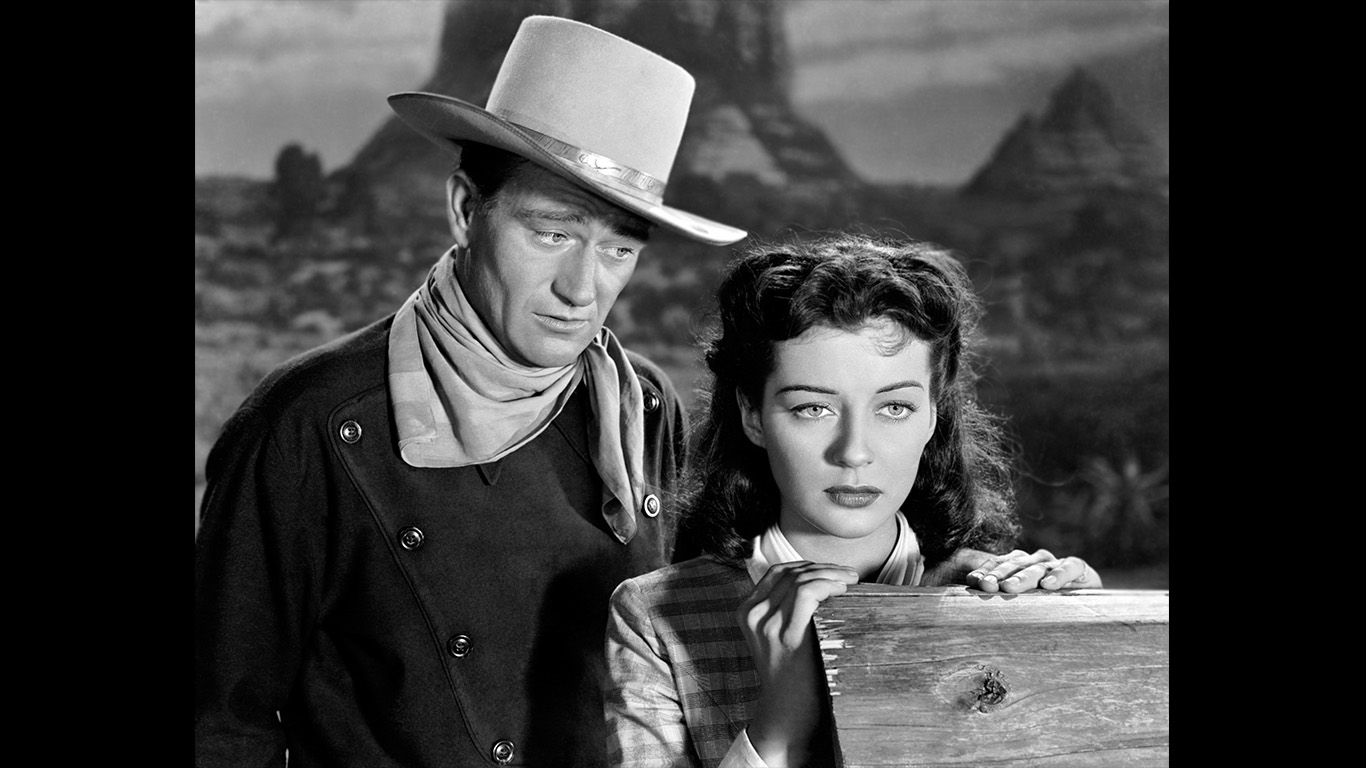
71.
Kennedy enjoyed watching westerns as well as motion picture epics such as “Spartacus” and “The Longest Day.”
[in-text-ad]
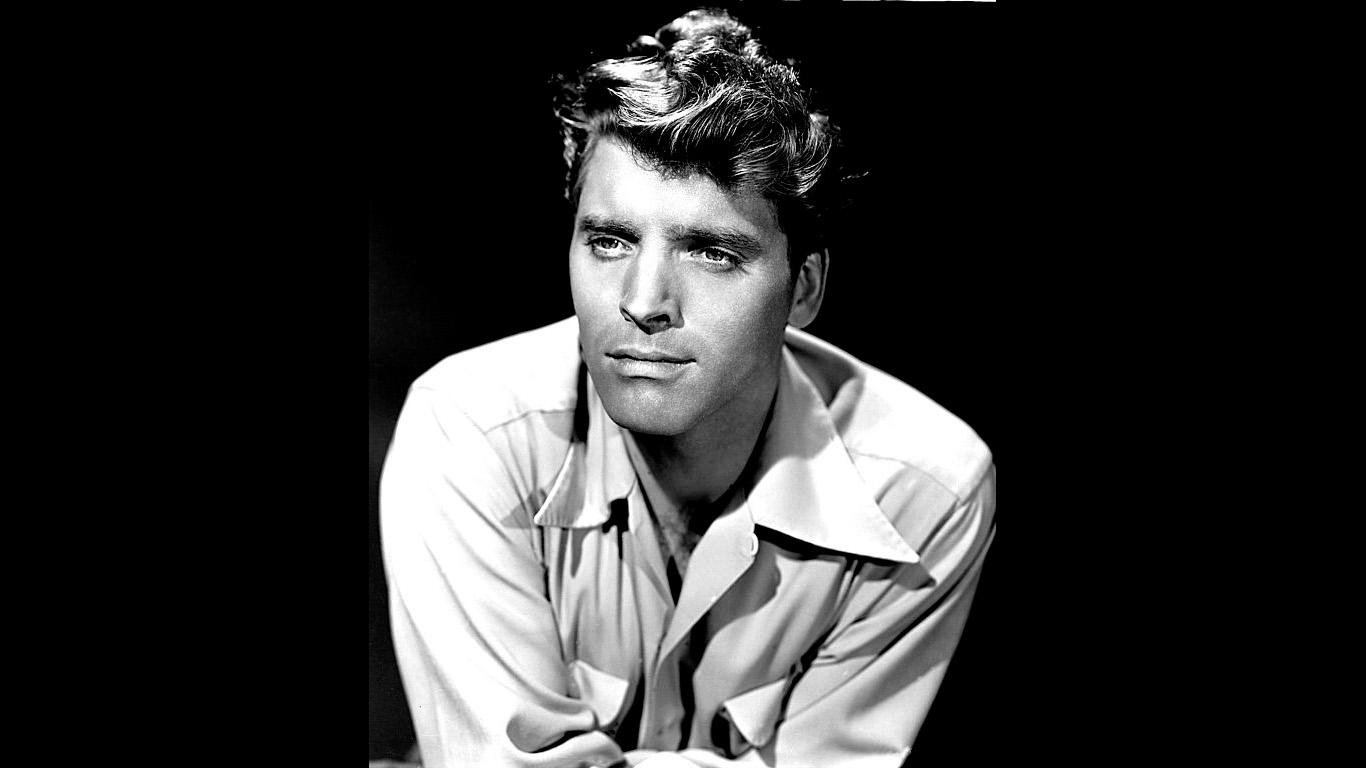
72.
Kennedy had a hand in the making of the film “Seven Days in May” about an attempted military coup d’etat in the U.S. Kennedy went to Hyannis Port and turned over the White House to the
filmmakers.
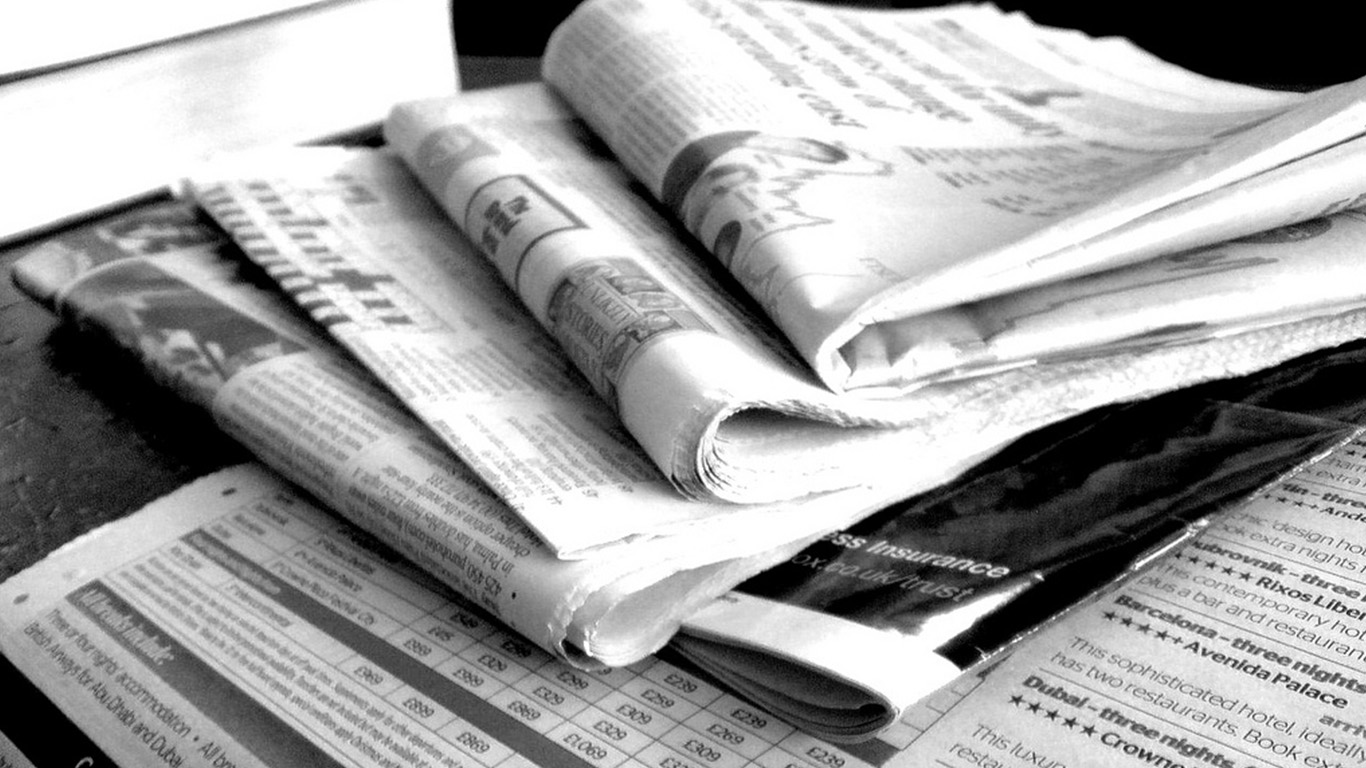
73.
JFK read as many as six newspapers a day, including The New York Times, The Washington Post, The Wall Street Journal, and the Chicago Tribune.
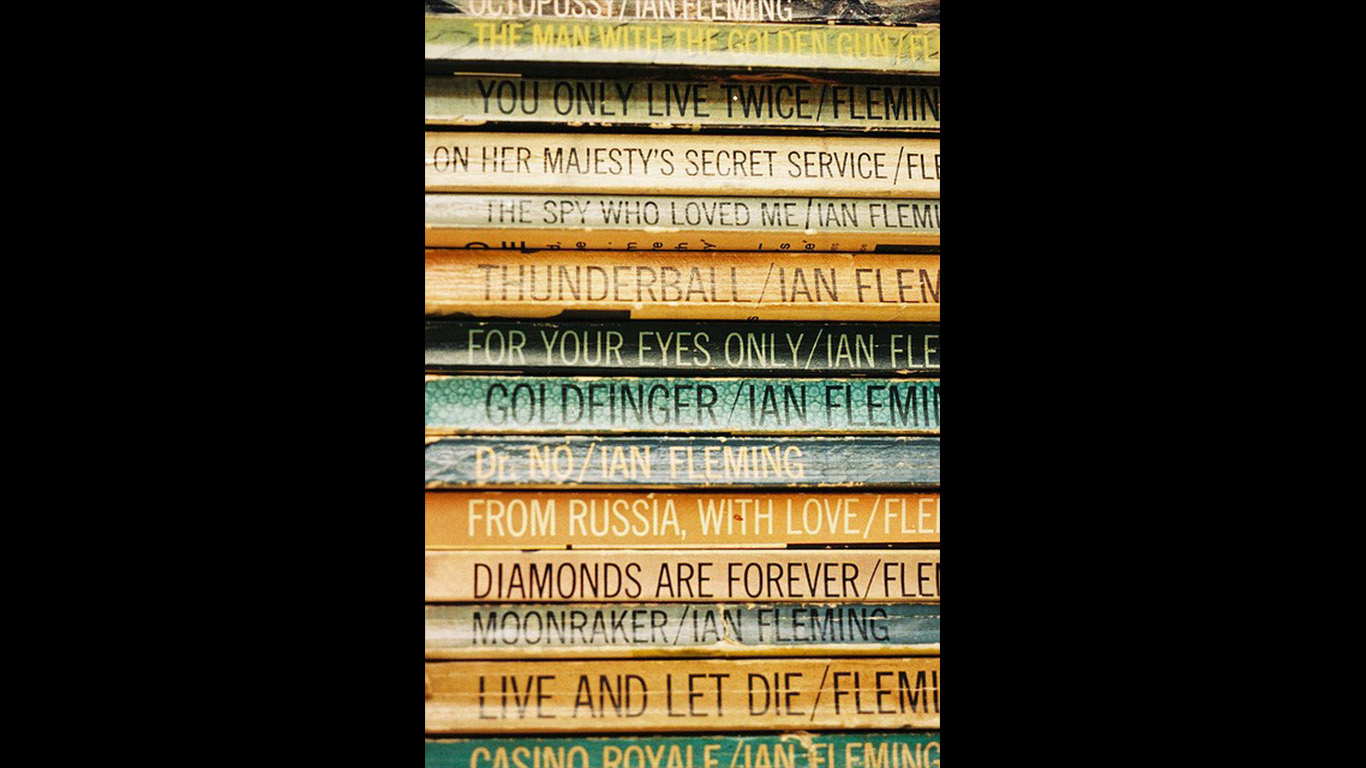
74.
Kennedy’s favorite books included James Bond thrillers.
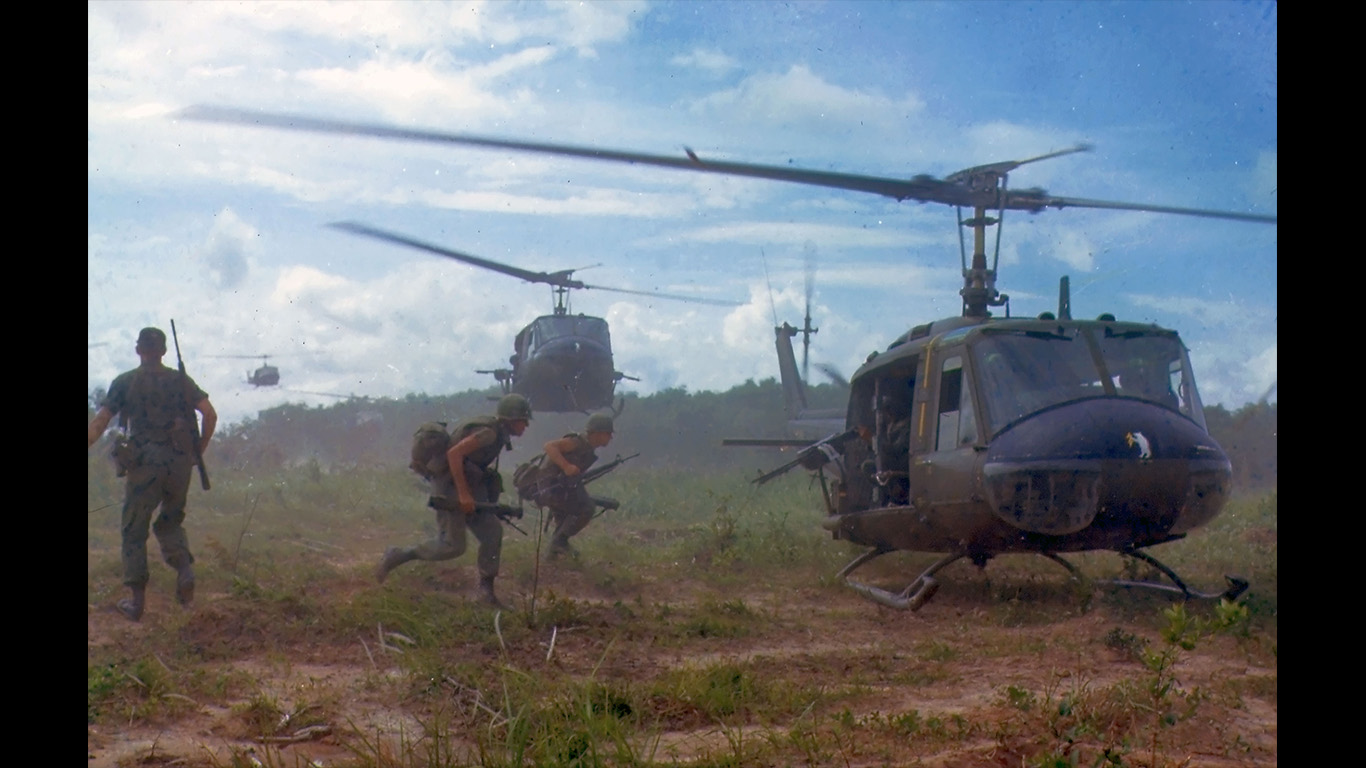
75.
Kennedy increased America’s military involvement in Vietnam
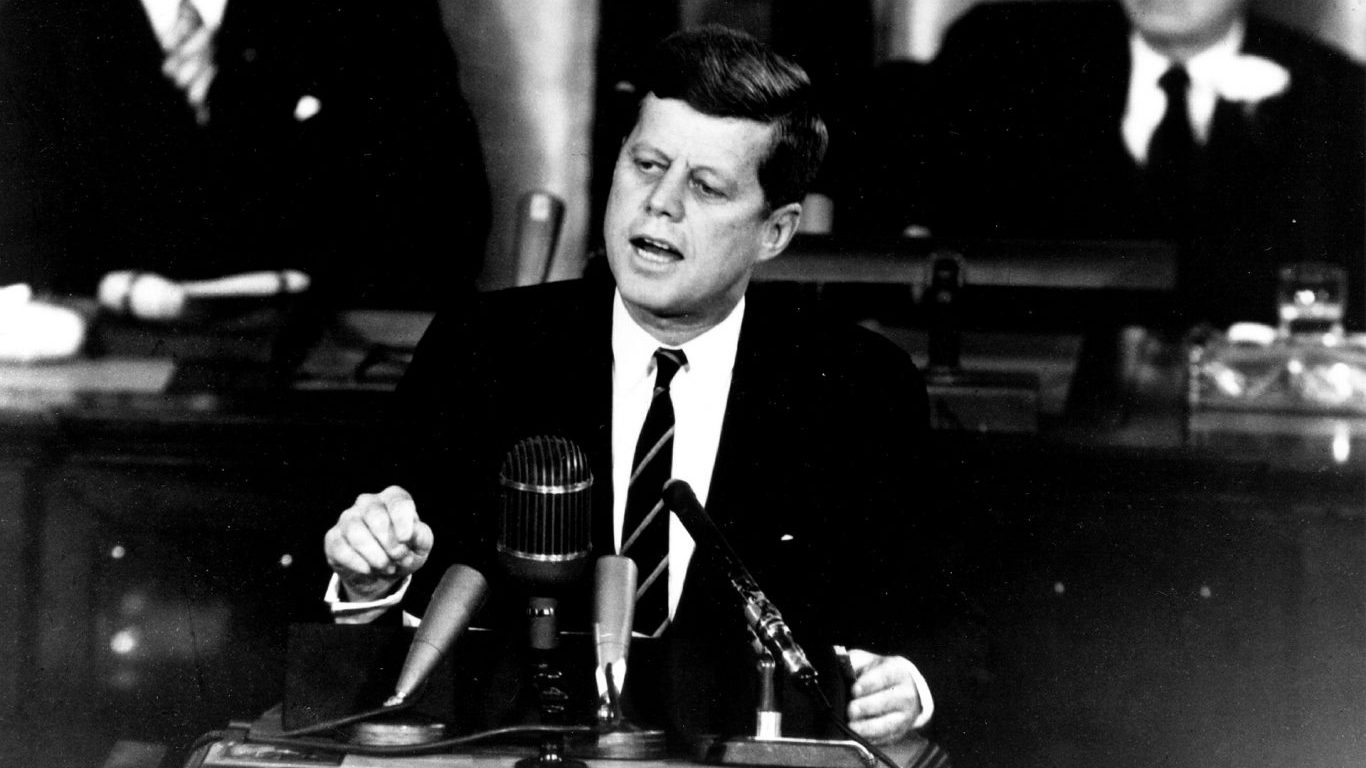
76.
There was at least one assassination attempt on Kennedy before Dallas.

77.
Kennedy was on his way to the Dallas Trade Mart for a luncheon when he was shot.
[in-text-ad-2]
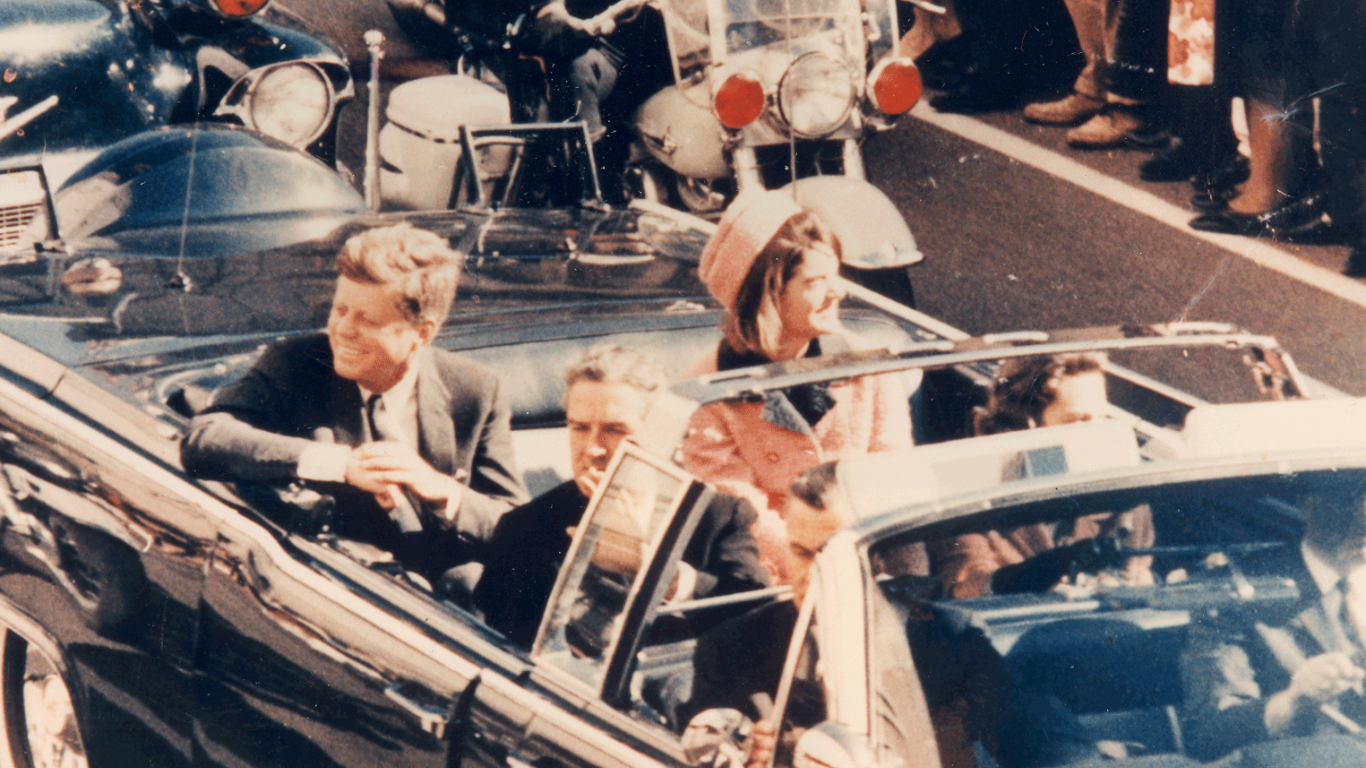
78.
Kennedy was killed in Dallas on Nov. 22, 1963, the fourth American president assassinated.
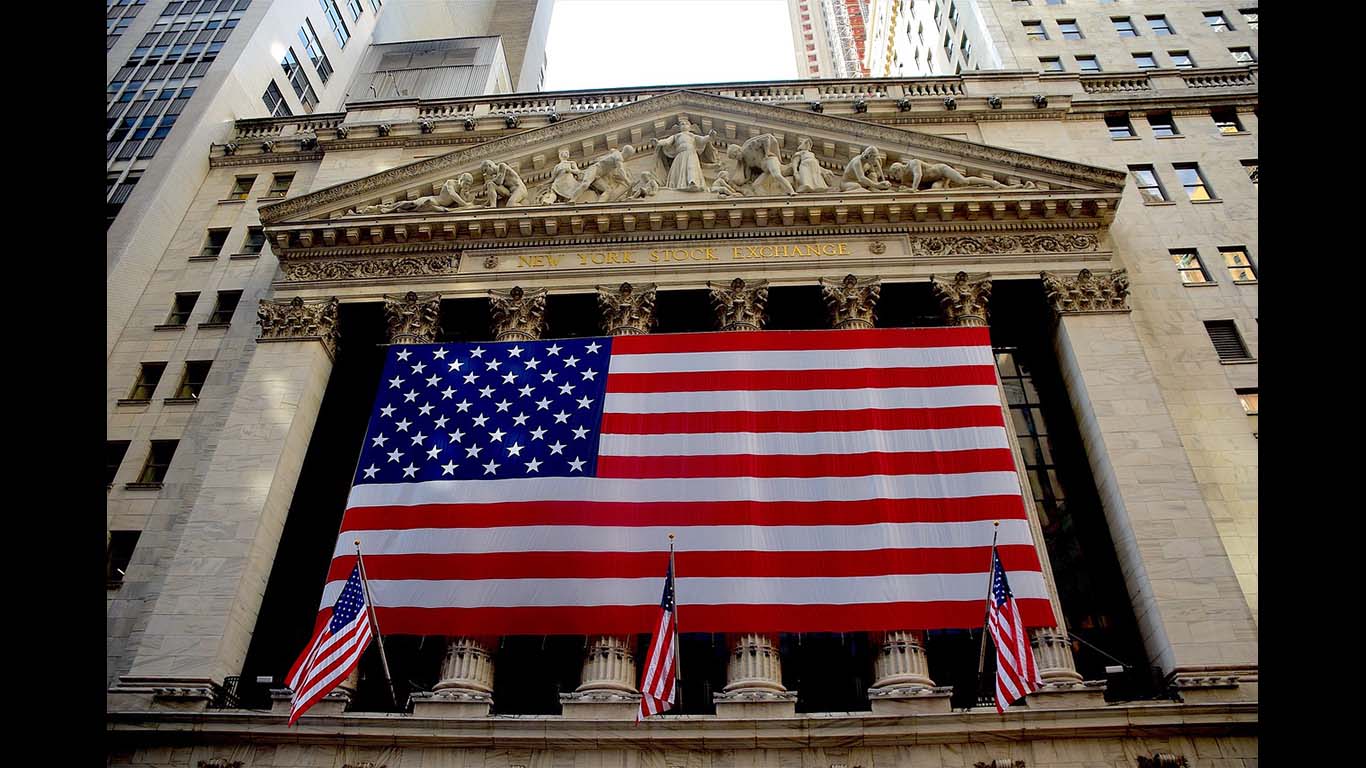
79.
News of the assassination caused the New York Stock Exchange to halt trading.
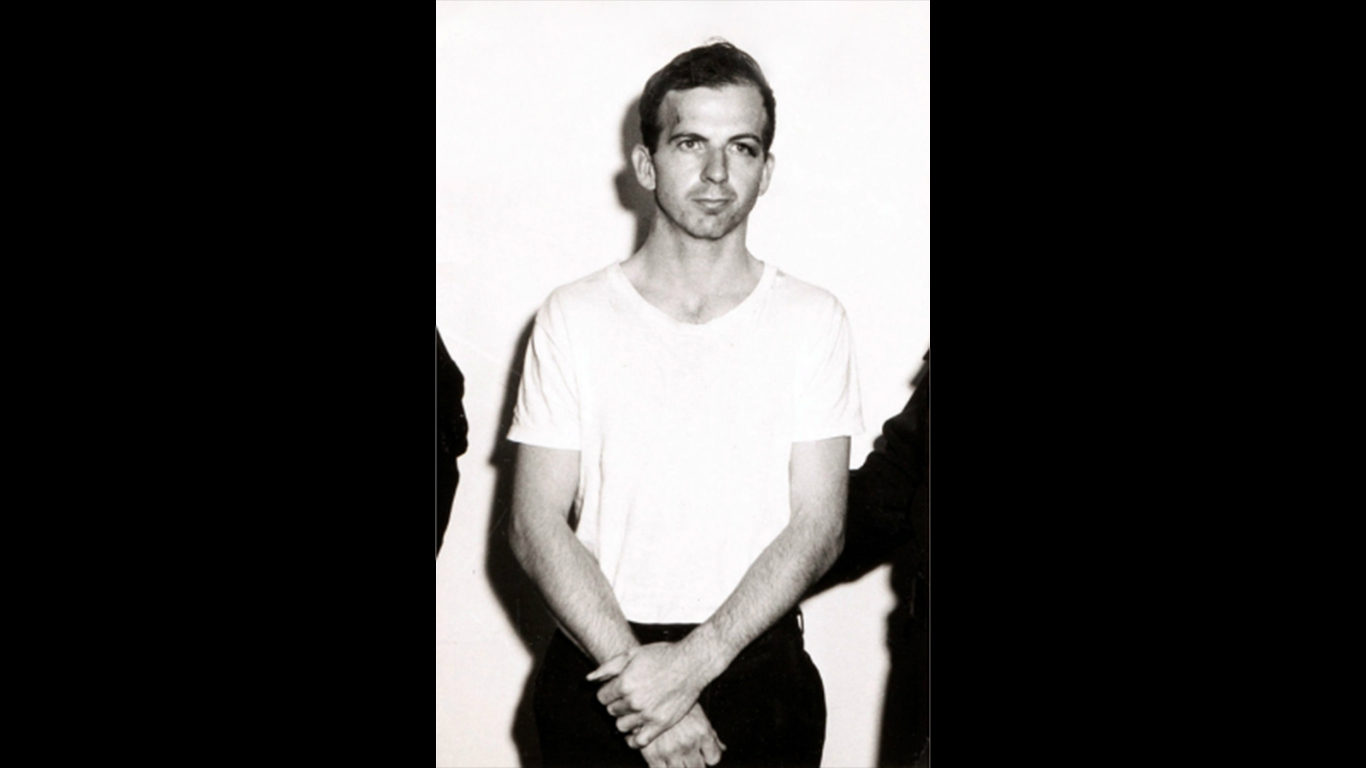
80.
Lee Harvey Oswald was arrested for killing the president a day after the assassination.
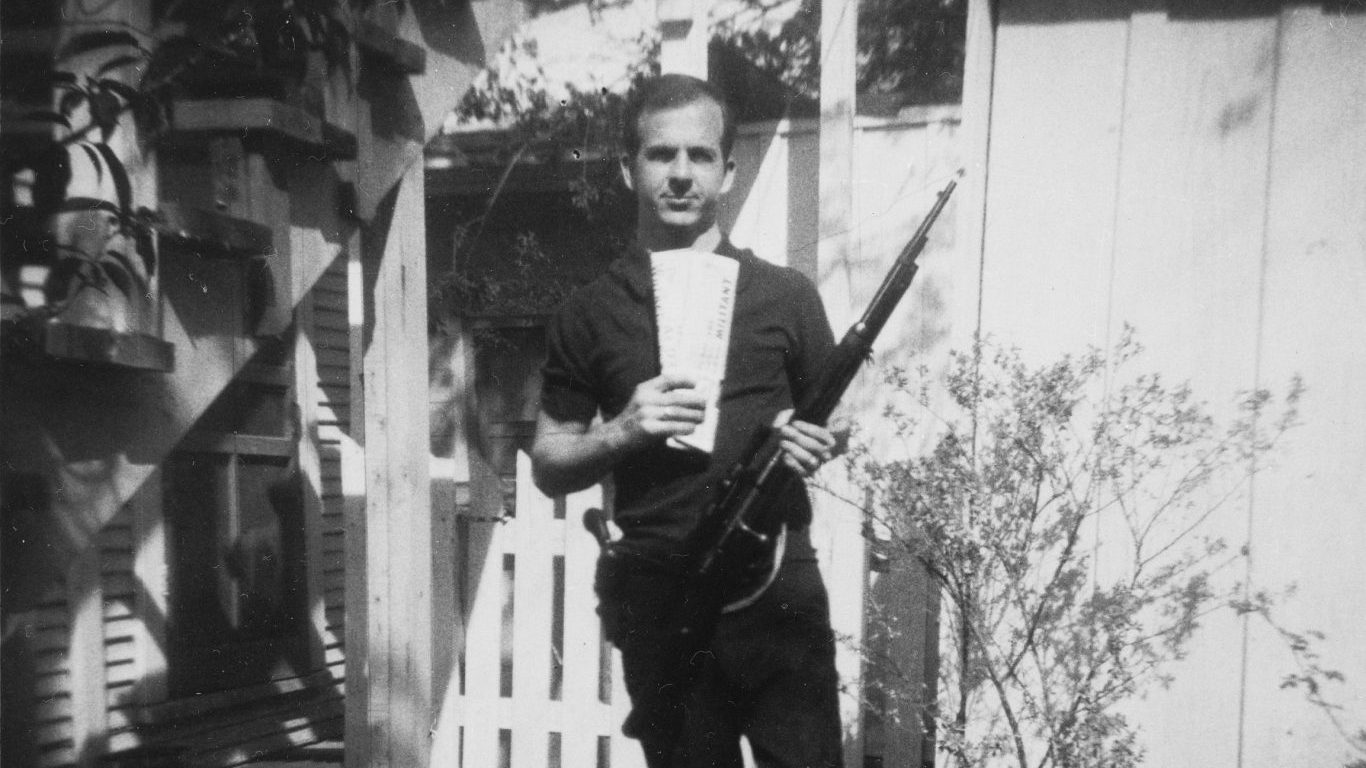
81.
The murder weapon was an Italian carbine rifle Oswald had bought for $19.95.
[in-text-ad]
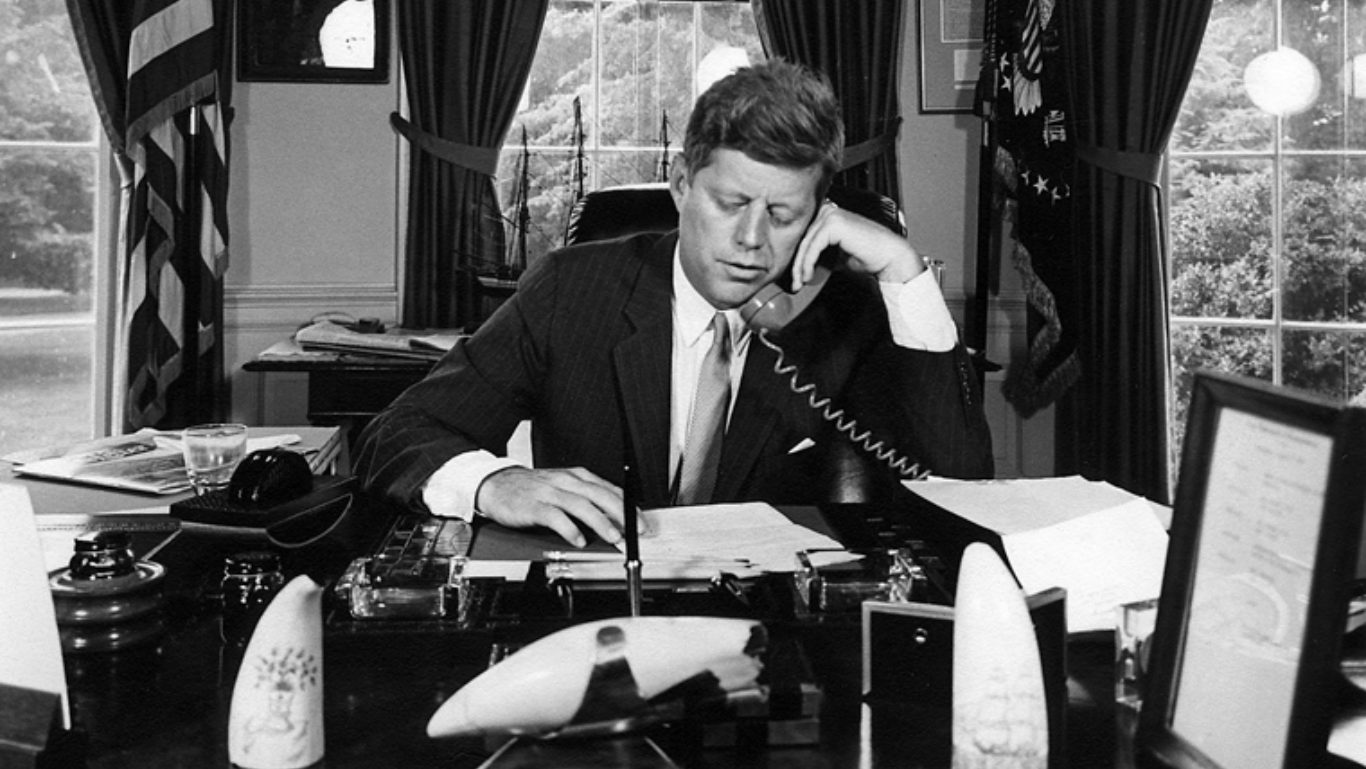
82.
Dallas businessman Abraham Zapruder filmed the assassination on his 8 mm home movie camera and eventually sold the footage to Life magazine for $150,000.
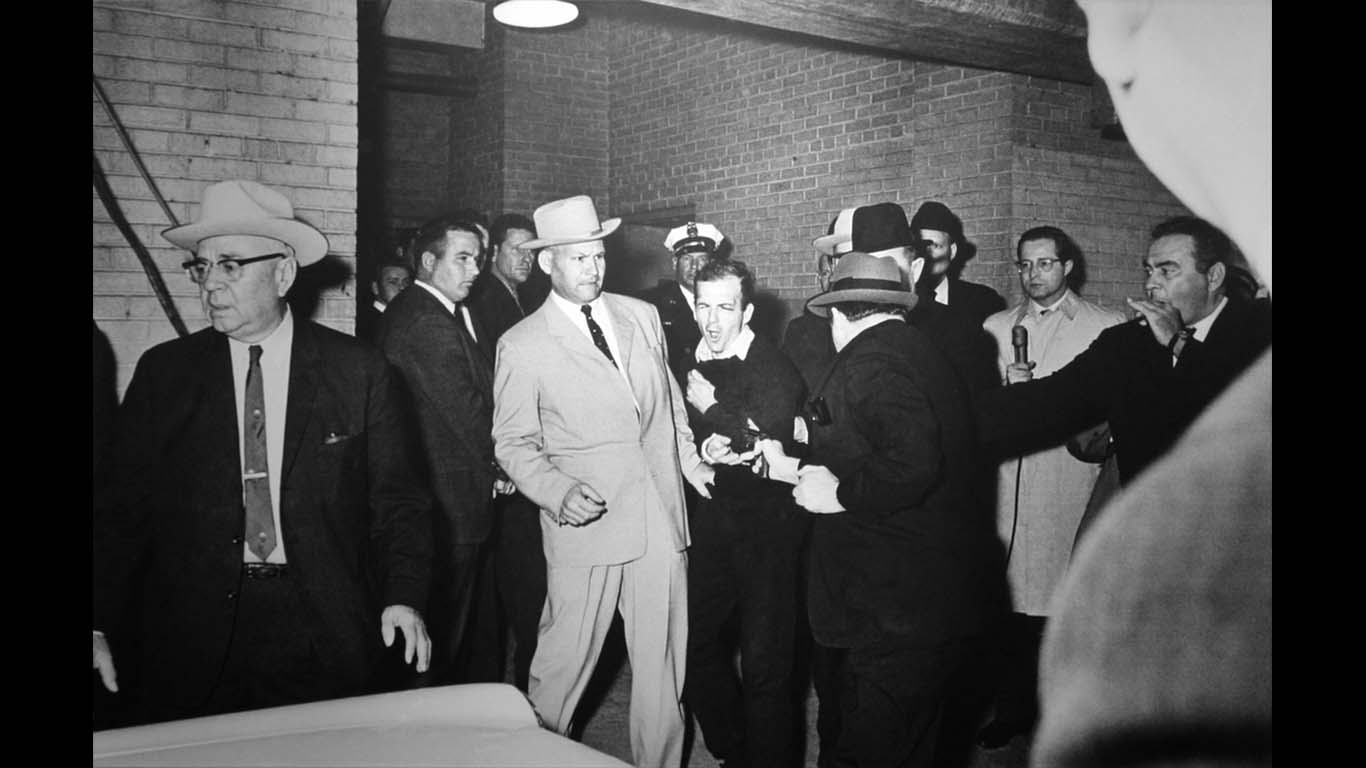
83.
Oswald would be slain two days later by Jack Ruby as he was transferred to county jail from city jail.
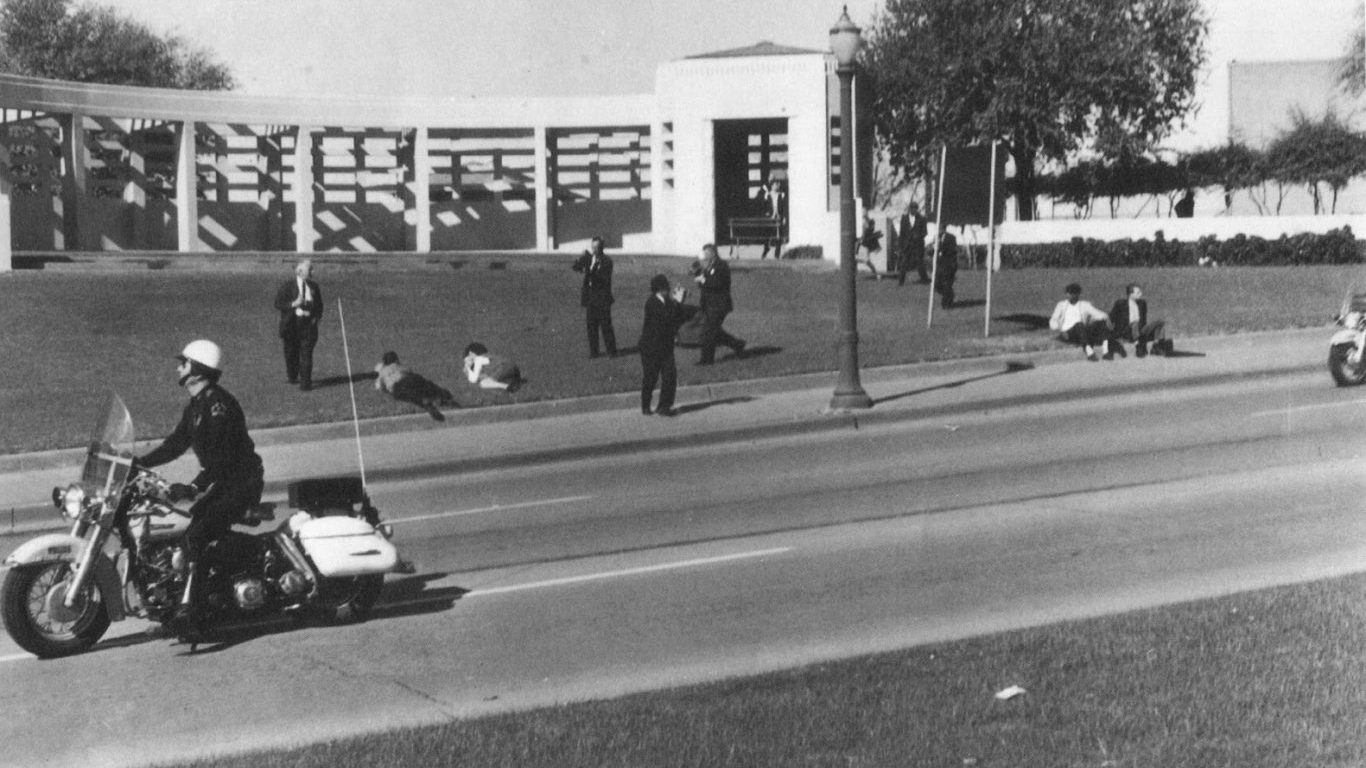
84.
The circumstances of the assassination spawned a cottage industry of conspiracy theories.
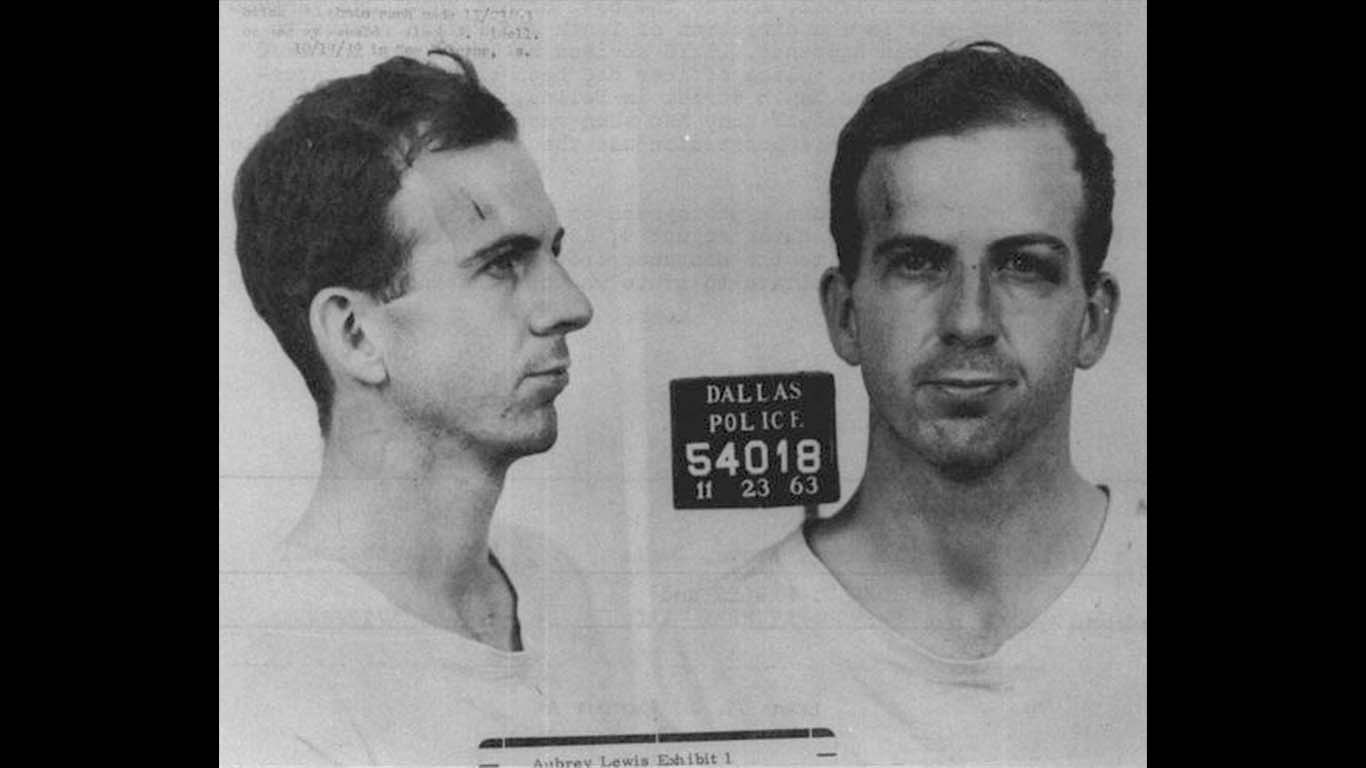
85.
At the time, assassination of a president was not a federal offense; Oswald would have been tried in Texas.
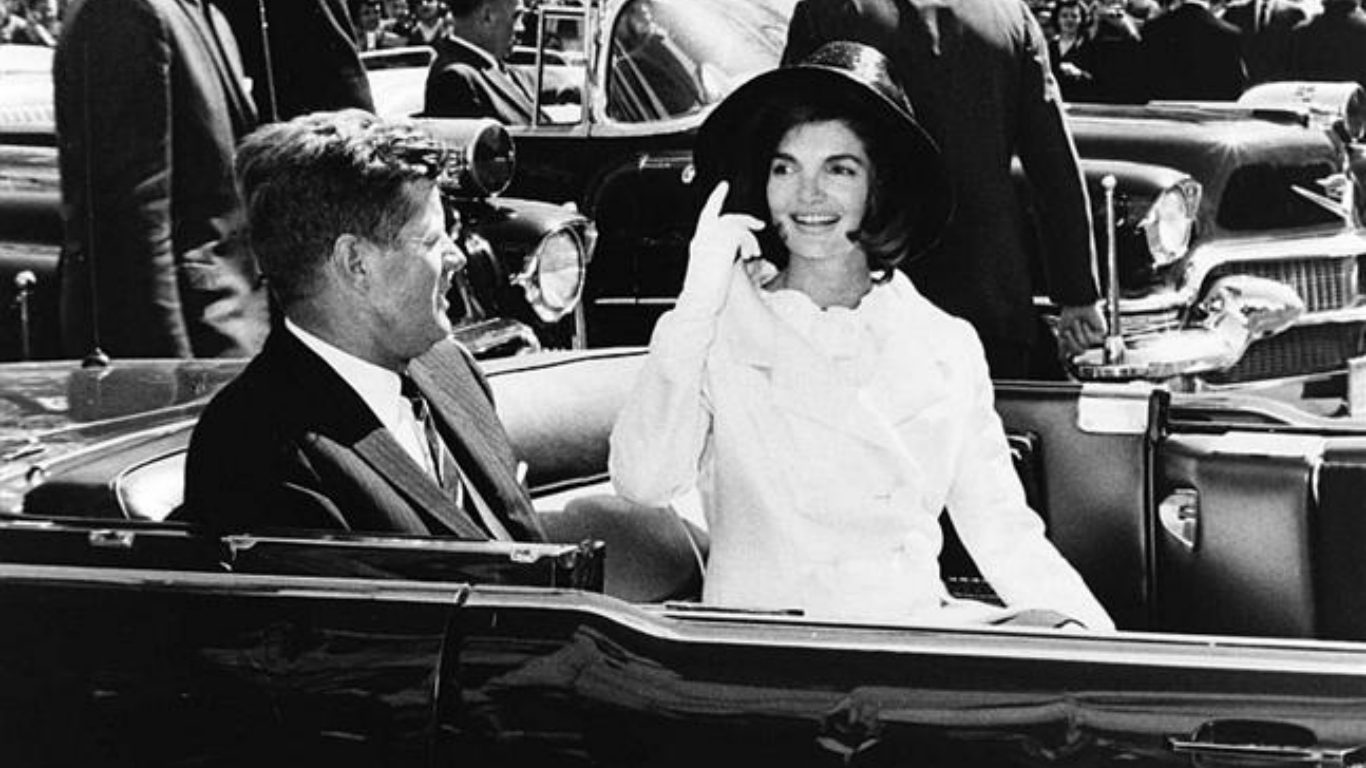
86.
Jackie Kennedy removed her wedding ring and put it on her husband’s finger to be buried with him. Later she had an aide retrieve it.
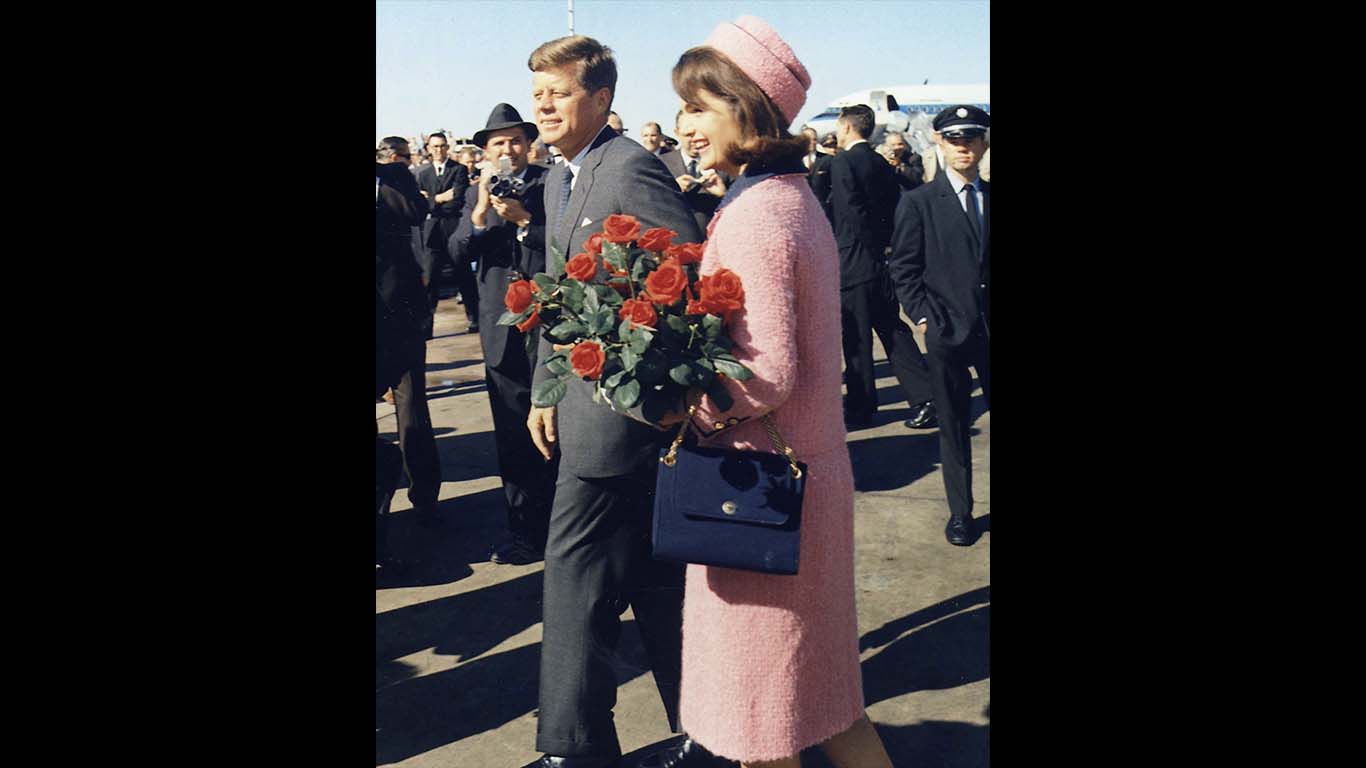
87.
The pink suit Jackie Kennedy wore in Dallas was never cleaned and is in the National Archives.
[in-text-ad-2]
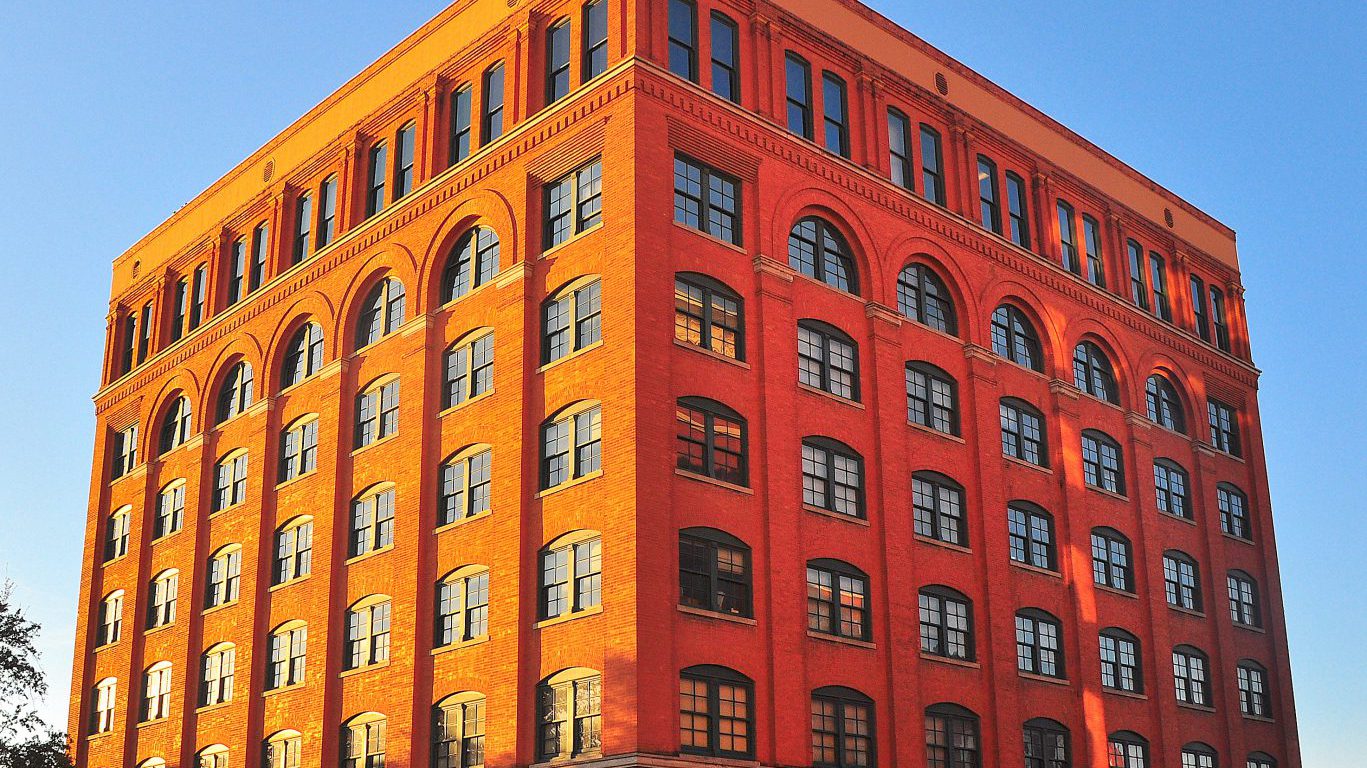
88.
The Texas School Book Depository’s sixth floor, from which Oswald shot Kennedy, is now a museum dedicated to JFK’s assassination.
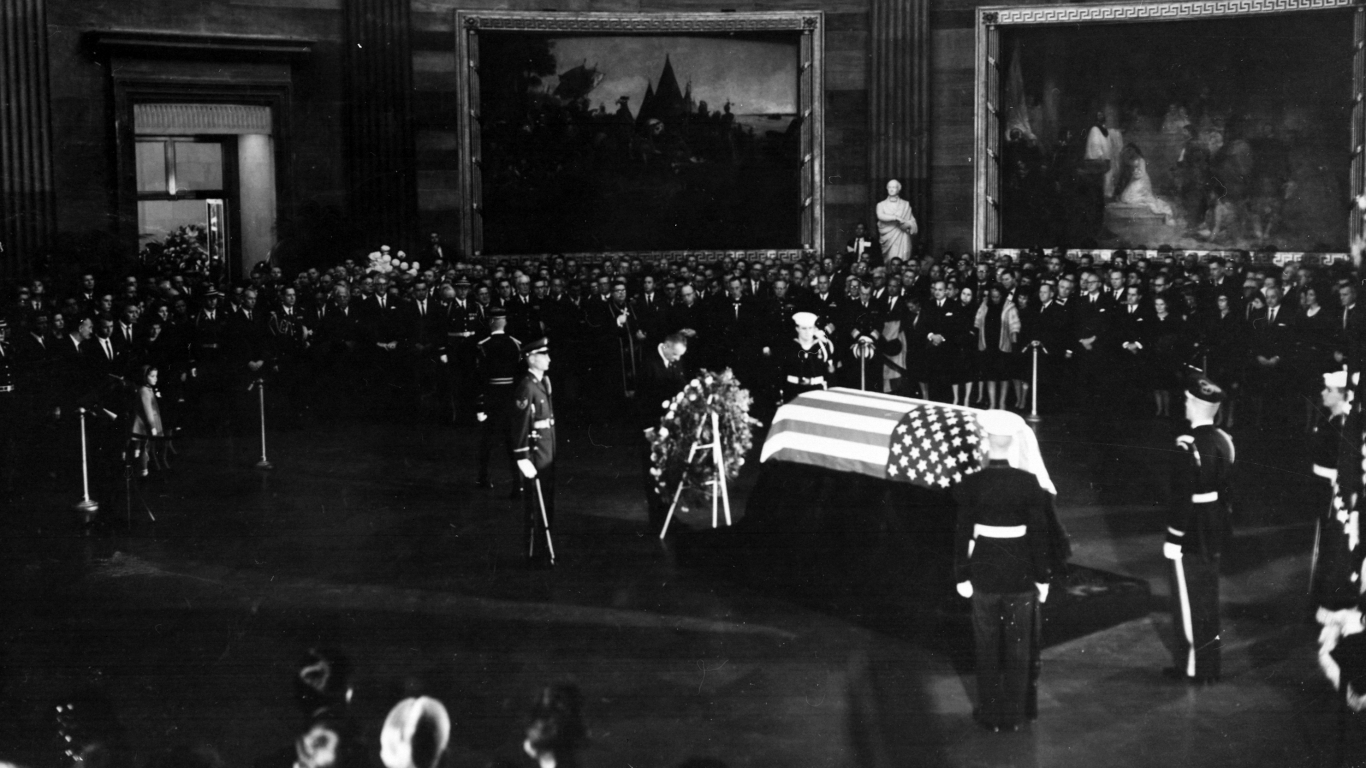
89.
The lying-in-state of Kennedy’s body in the Capitol Rotunda was modeled on that of Abraham Lincoln funeral in 1865 at the insistence of Kennedy’s widow.
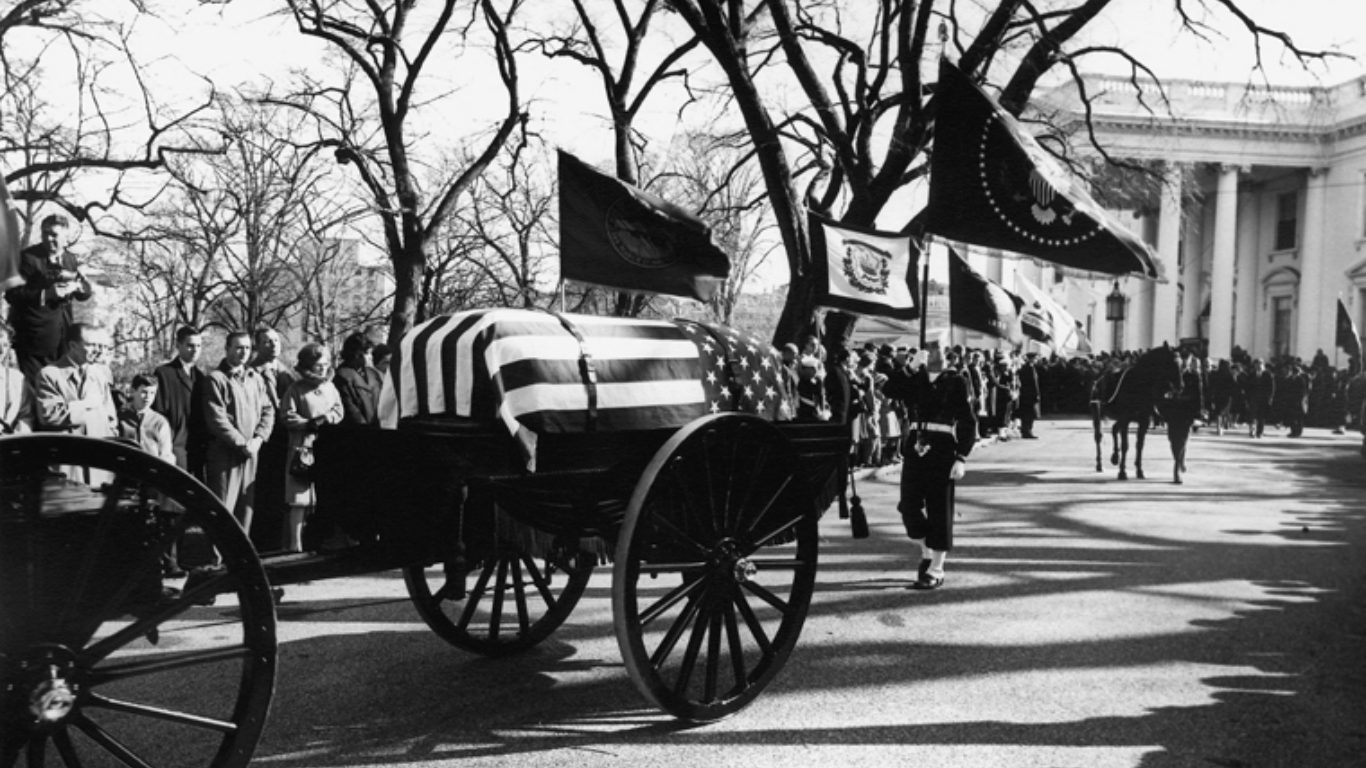
90.
The caisson that bore Kennedy’s body also carried the remains of Franklin Roosevelt.

91.
Delegates from 82 countries, including eight heads of state and 10 prime ministers, attended the funeral.
[in-text-ad]
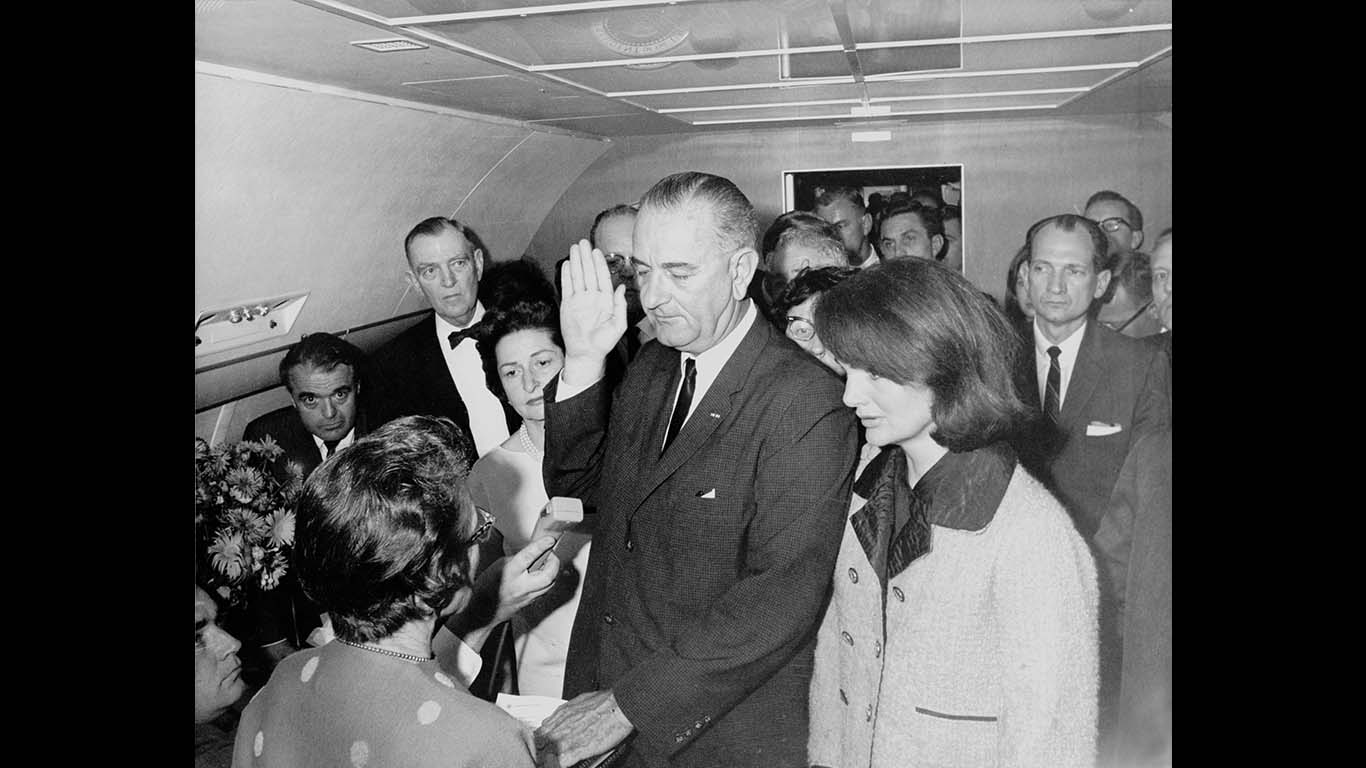
92.
The first letters Lyndon Johnson wrote as president were to Caroline and John Jr. Kennedy.
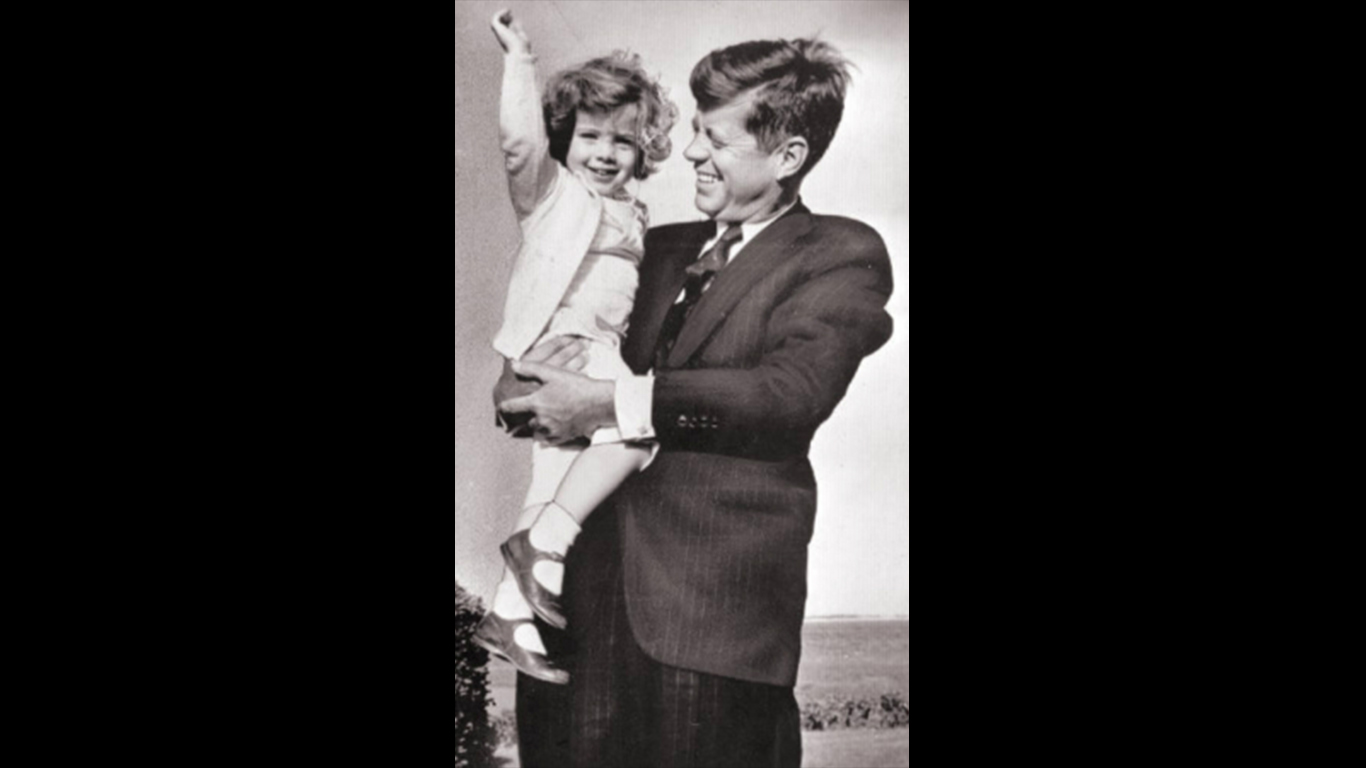
93.
Caroline Kennedy is now the United States ambassador to Japan.
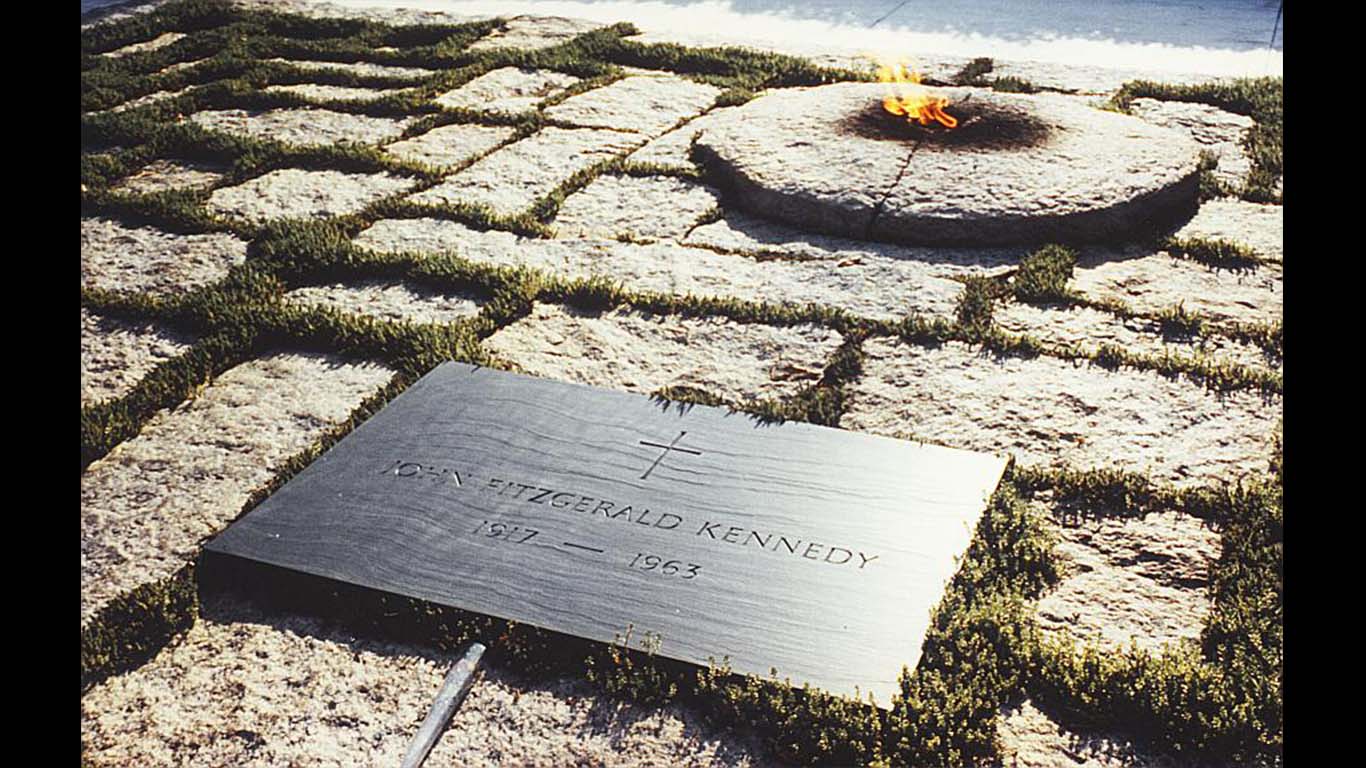
94.
JFK is buried in Arlington National Cemetery along with his wife Jackie, his son Patrick who died in infancy, and the stillborn child. His brothers Joseph, Robert, and Edward are also buried
in Arlington.
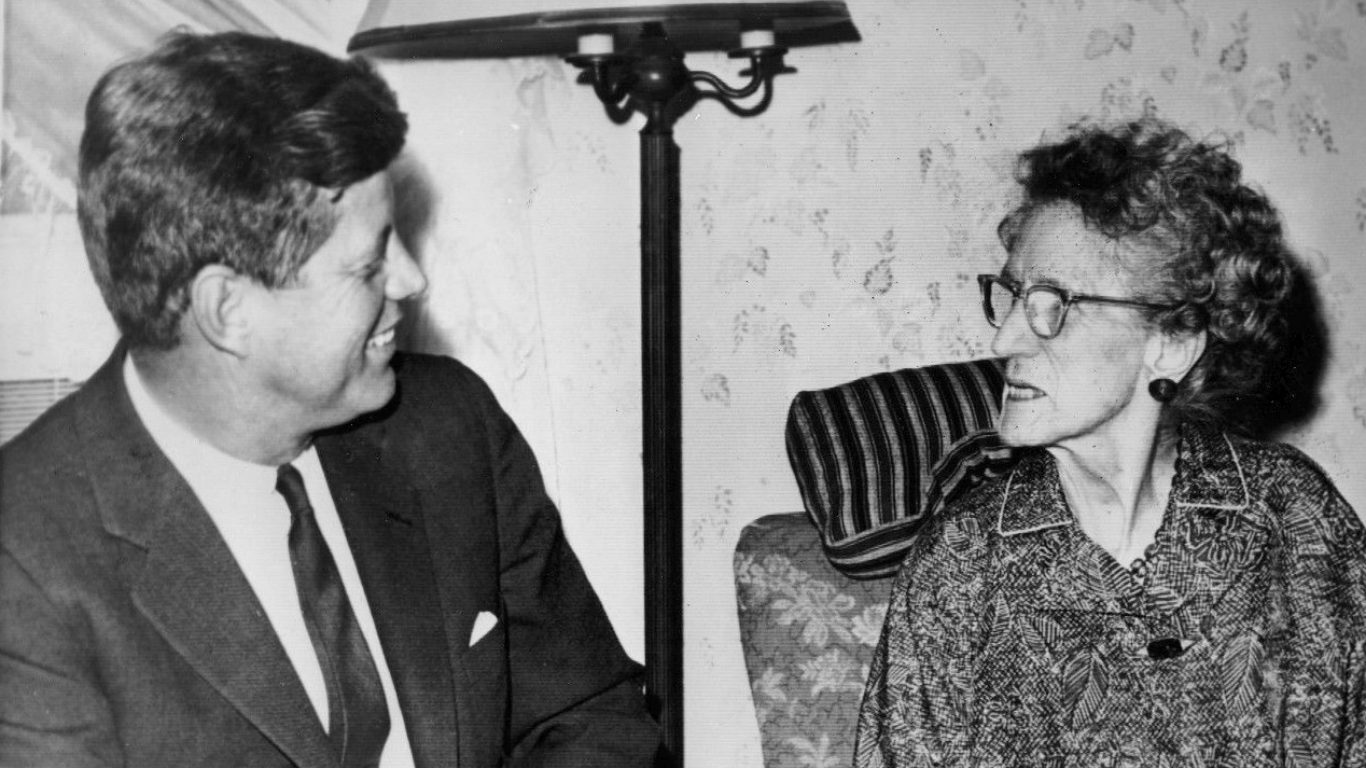
95.
Kennedy is the only president who was outlived by his grandmother, 98-year-old Mary Josephine Fitzgerald.
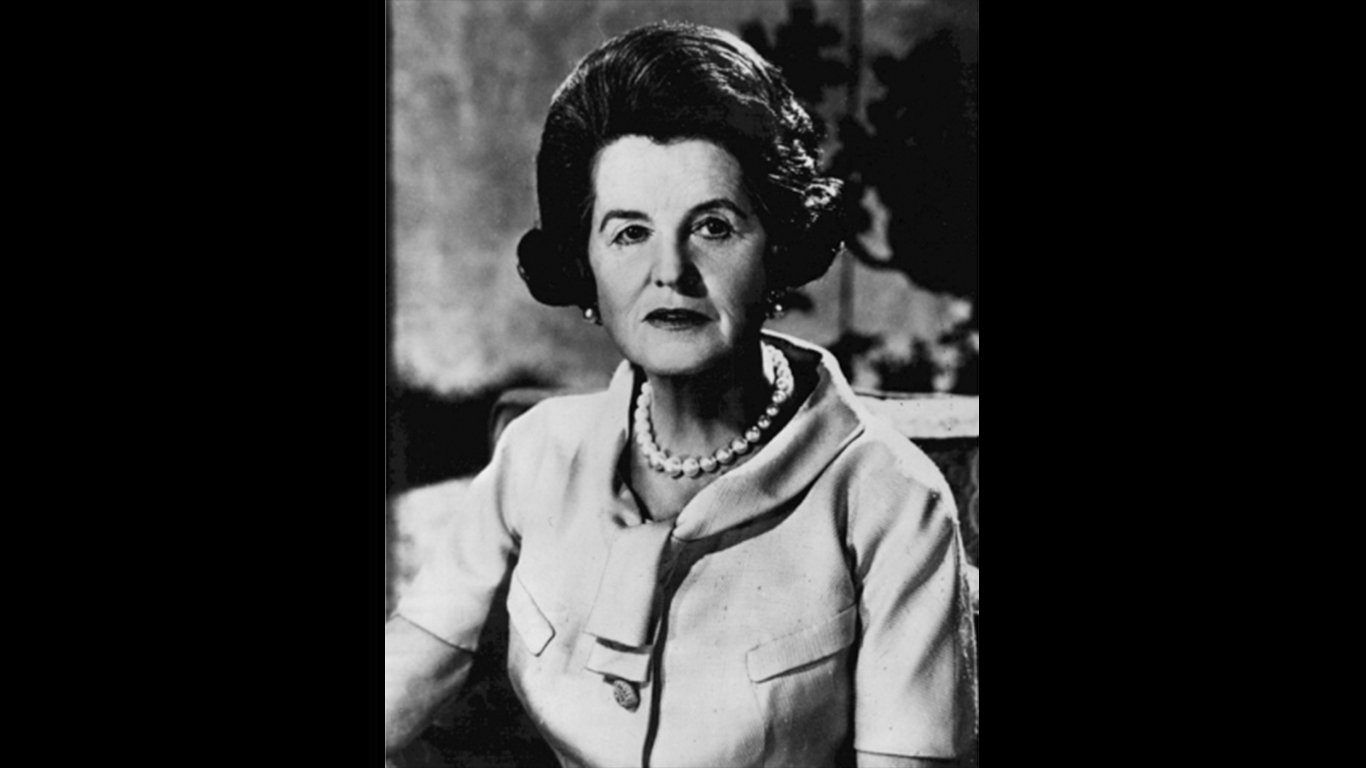
96.
Kennedy’s mother Rose outlived three of her four sons as well as one daughter. She died in 1995 at the age of 104.
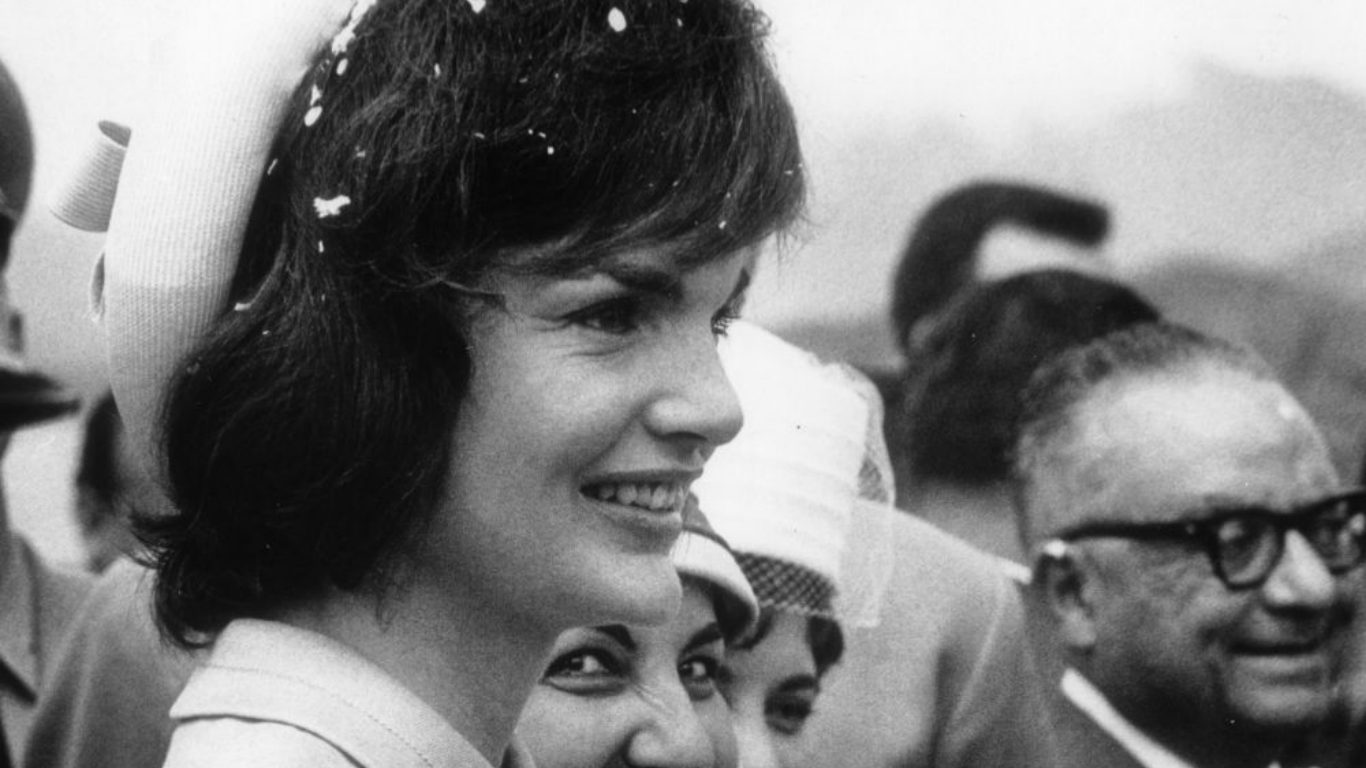
97.
In an interview with writer Theodore White for Life Magazine a week after the assassination, Jacqueline Kennedy said, “Don’t let it be forgot, that once there was a spot, for one brief shining moment that was known as Camelot,” forging the myth in American culture.
[in-text-ad-2]

98.
Idlewild Airport in New York City was renamed John F. Kennedy International Airport on Dec. 24, 1963.
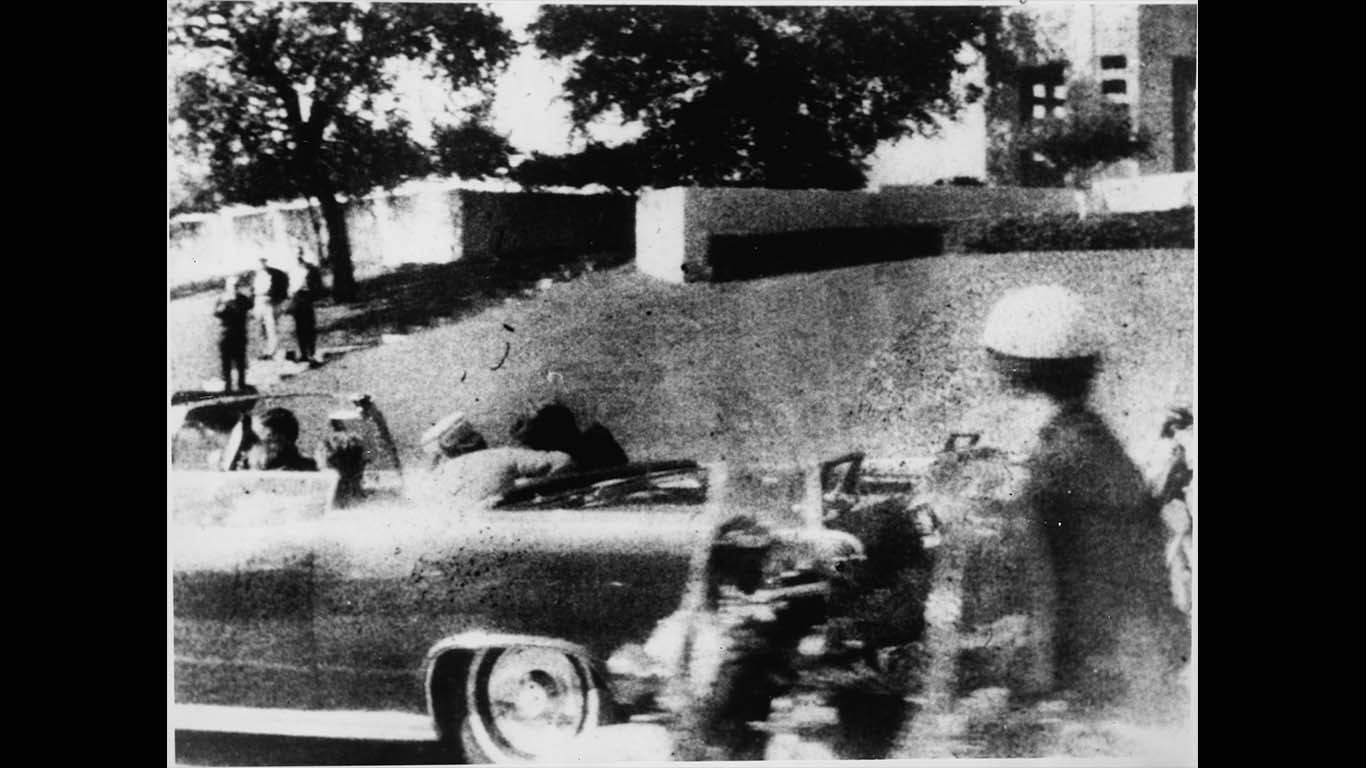
99.
A trove of about 2,800 classified files pertaining to the Kennedy assassination was released by the National Archives in October 2017. Among the revelations was that the KGB believed there was a conspiracy behind the assassination that was hatched by the American far right.
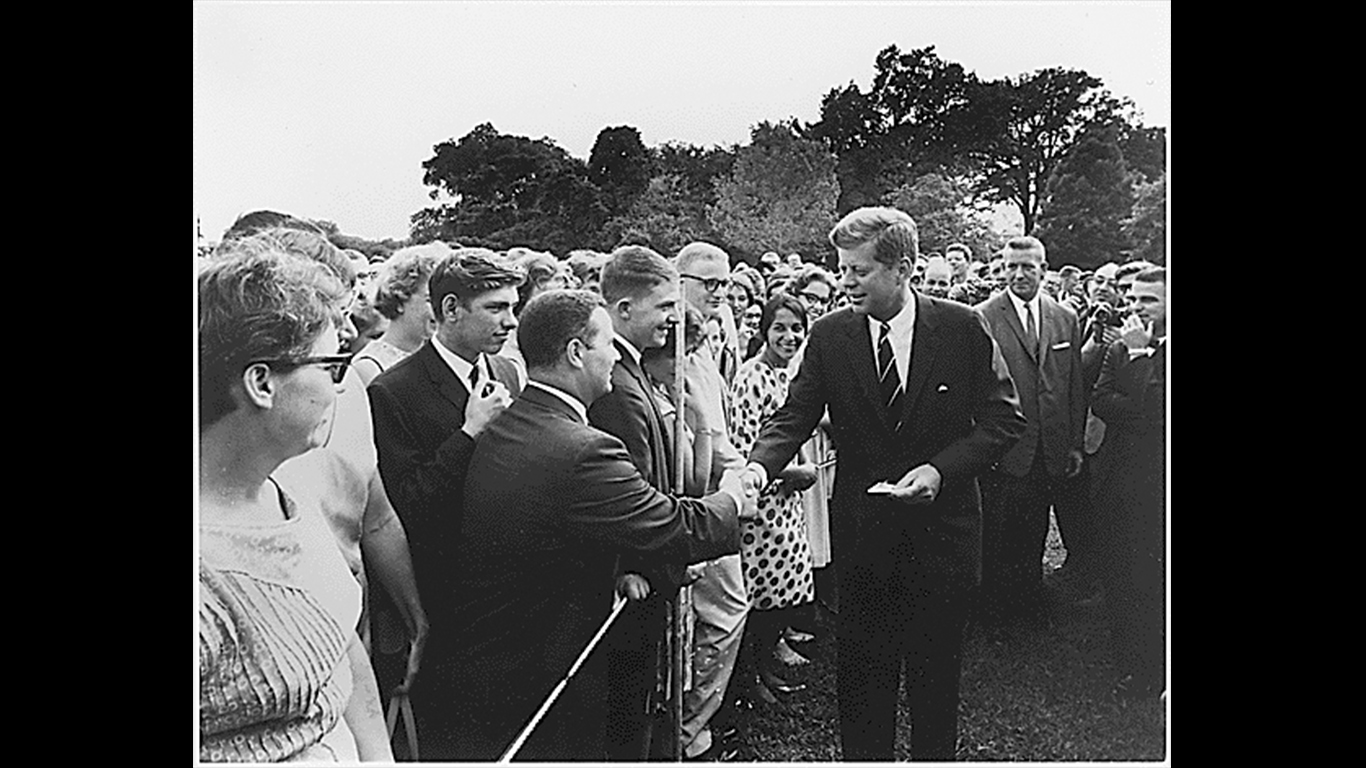
100.
JFK created the Peace Corps by executive order.
100 Million Americans Are Missing This Crucial Retirement Tool
The thought of burdening your family with a financial disaster is most Americans’ nightmare. However, recent studies show that over 100 million Americans still don’t have proper life insurance in the event they pass away.
Life insurance can bring peace of mind – ensuring your loved ones are safeguarded against unforeseen expenses and debts. With premiums often lower than expected and a variety of plans tailored to different life stages and health conditions, securing a policy is more accessible than ever.
A quick, no-obligation quote can provide valuable insight into what’s available and what might best suit your family’s needs. Life insurance is a simple step you can take today to help secure peace of mind for your loved ones tomorrow.
Click here to learn how to get a quote in just a few minutes.
Thank you for reading! Have some feedback for us?
Contact the 24/7 Wall St. editorial team.
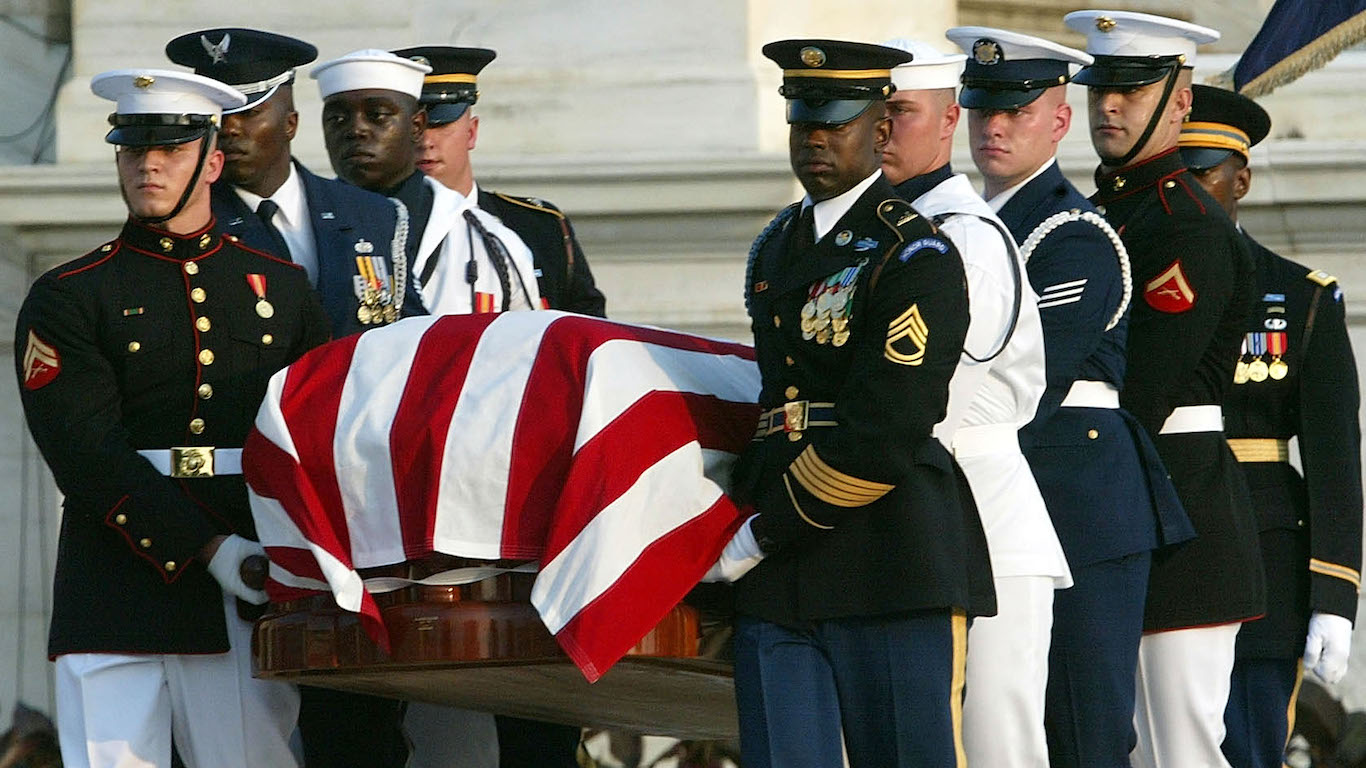 24/7 Wall St.
24/7 Wall St.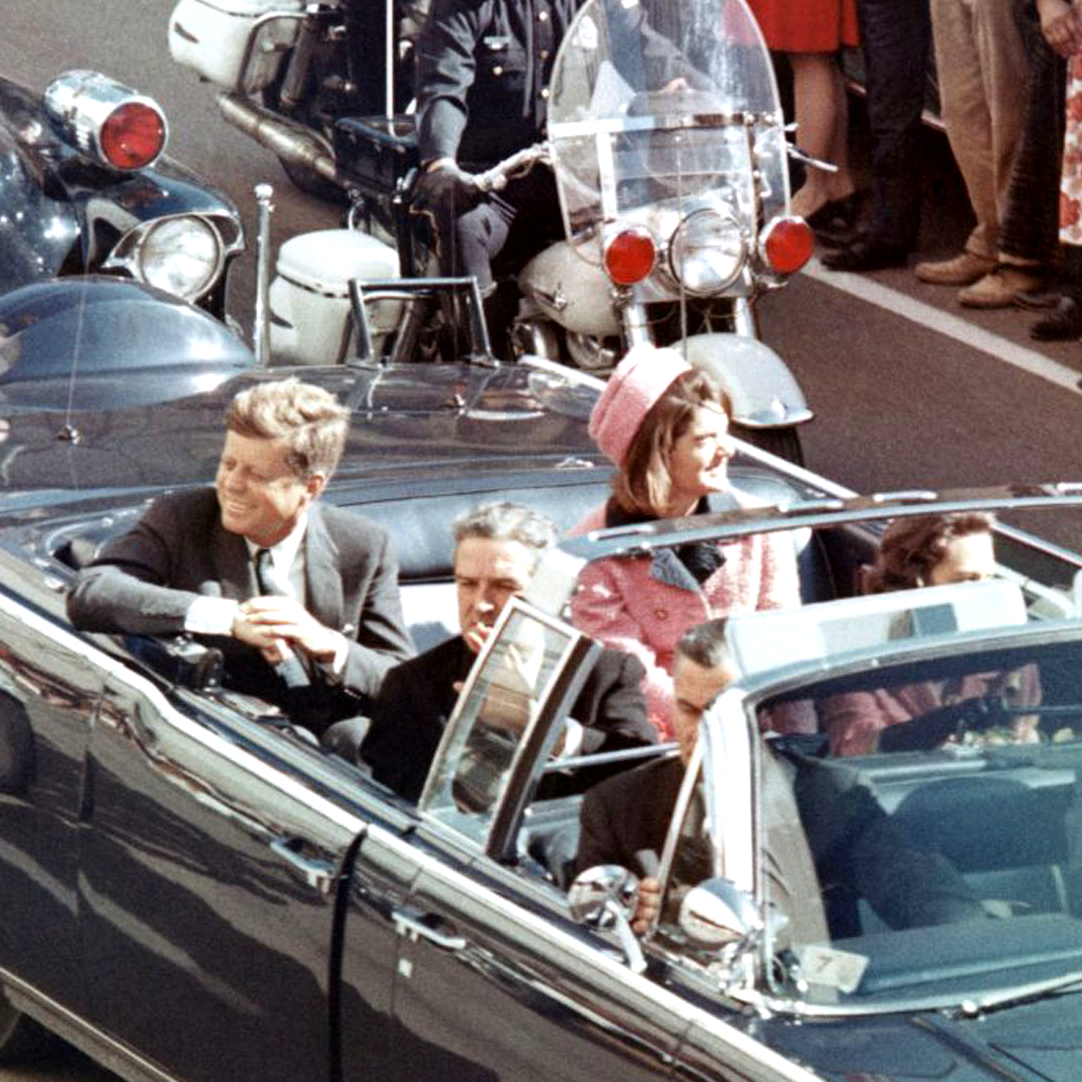 24/7 Wall St.
24/7 Wall St.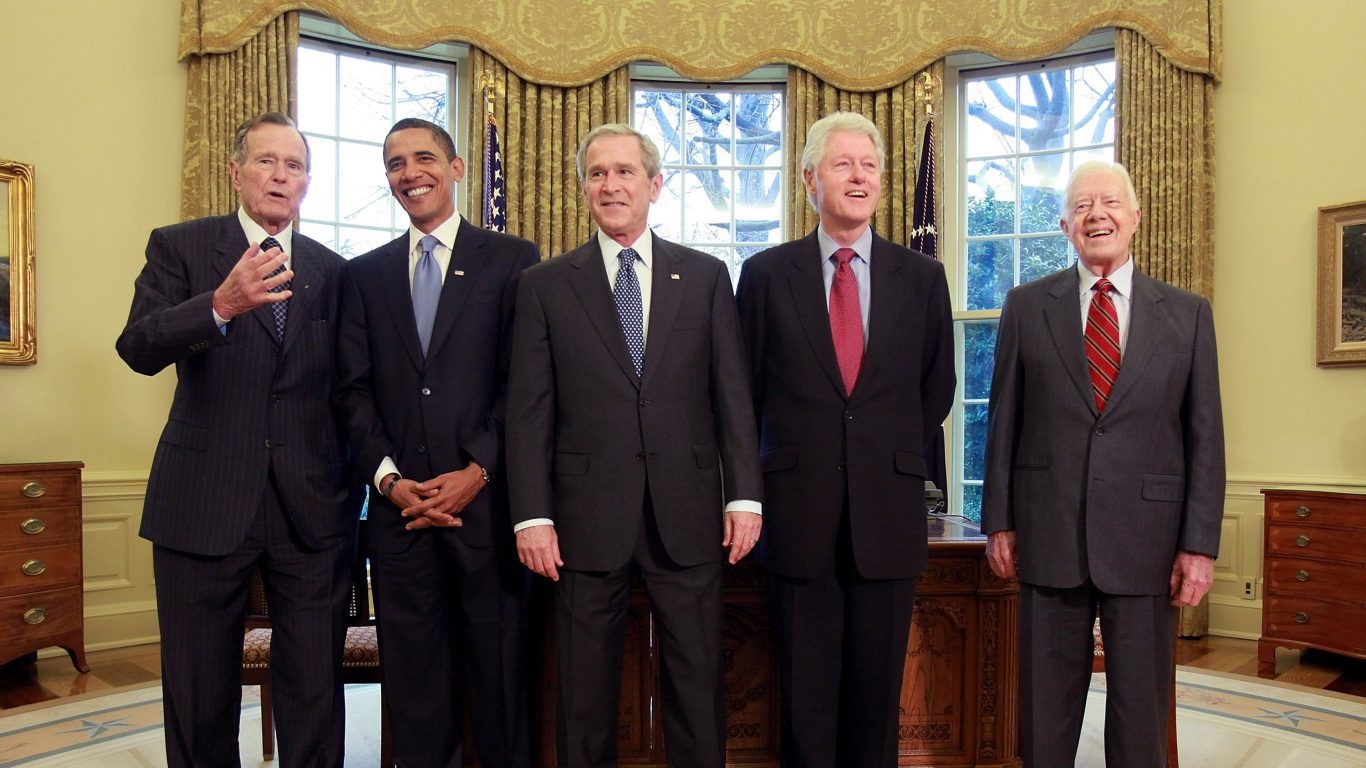 24/7 Wall St.
24/7 Wall St.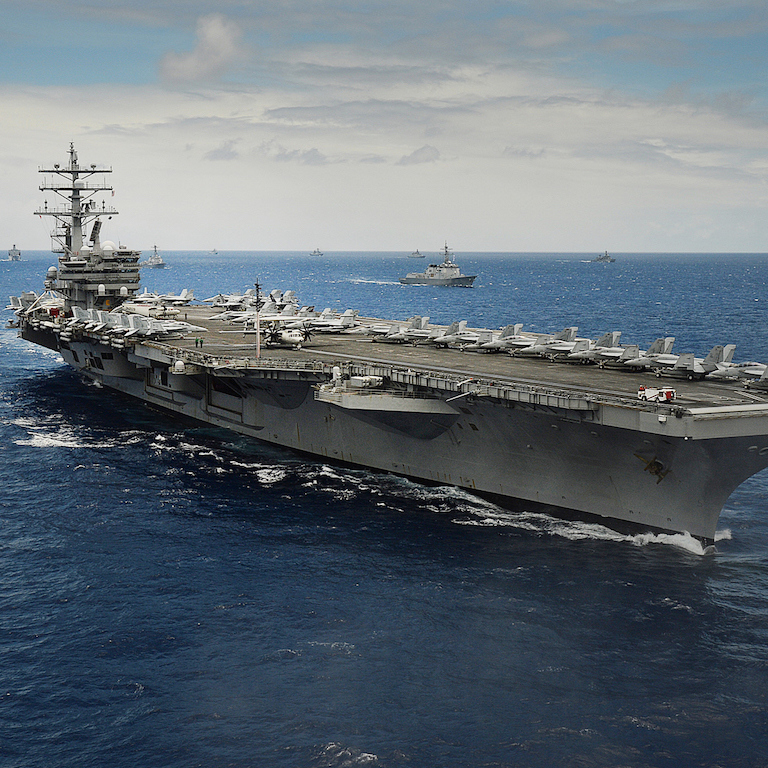 24/7 Wall St.
24/7 Wall St.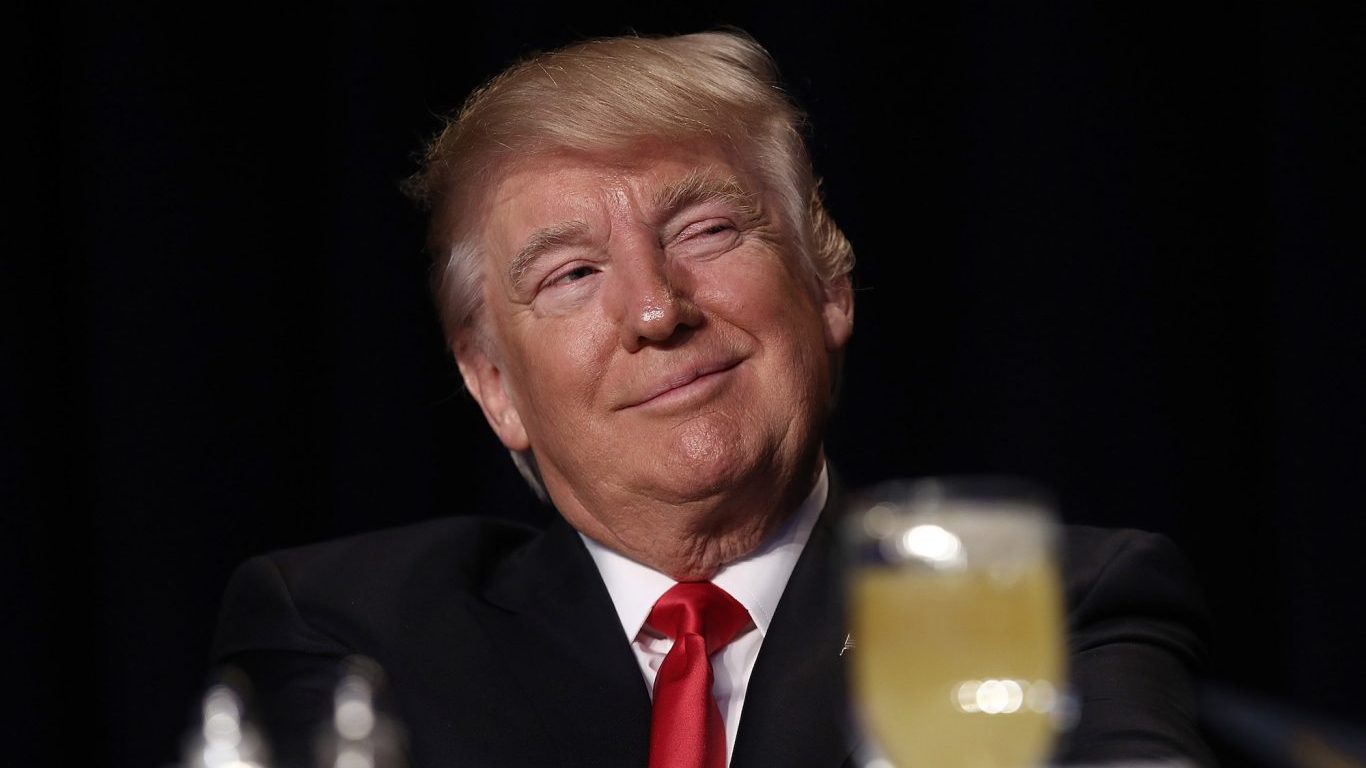 24/7 Wall St.
24/7 Wall St.


